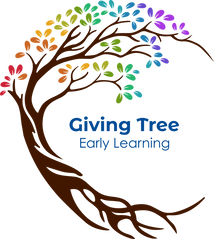|
Tu B'Shvat is the new year of trees, so it is fitting that Giving Tree celebrates Tu B'Shvat with the families! The teachers in each room planned Tu B'Shvat themed activities in their spaces. They set up invitations using tree materials, flowers, recycled materials, pink and green manipulatives, and loose parts. Families were invited to explore different invitations in the hallway and in the classroom to celebrate Tu B'Shvat. The interactive Tu B'Shvat experience was a little different this year than in previous years. Teachers set up age appropriate activities in their classrooms and worked together with their neighboring classroom to set up an invitation in the hallway. This change allowed families to visit all of the classrooms and experience Tu B'Shvat from the toddler rooms to the preschool and prek rooms. The idea behind this change was to provide families with the opportunity to view different classrooms, visit with family members where children are comfortable, and to highlight ideas for age appropriate activities. Our Giving Tree students and families had a wonderful time!
0 Comments
In the Reggio philosophy, one principle shines above the rest; children learning from each other. Malaguzzi believed in theorist Lev Vygotsky's sociocultural theory of cognitive development. Vygotsky theorized that children learn from each other, in collaboration and communication with each other. Malaguzzi believed that "social learning took place before cognitive development," (Gandini 2012). With this theory of social learning, we emphasize community and collaboration among children. At Giving Tree Early Learning, children are given opportunities to learn from each other throughout the day. They engage in invitations together, large group and small group activities, and classes visit each other during multiage experiences. The Oak class explored drawing people as an invitation to be used for a mural. They were instructed to draw a friend that wasn't in there class. From there, the school mural grew! Another important aspect of the Reggio philosophy is the documentation of the children's learning. Documentation plays a vital role in the Reggio approach. Not only does documentation celebrate children's learning, but it captures where a child is in his/her development at that particular moment. The Oak children did their own versions of their friends, siblings, cousins, middle school buddies, and the HHAI students. During Friends and Family Day, families we able to stop by and find their child and children looked for themselves and their friends! Mrs. Georgia is a classroom support teacher at Giving Tree Early Learning, but she wears many hats in the program. Mrs. Georgia bakes challah with each class twice a month. She also does special baking projects around the Jewish holidays. Recently, Mrs. Georgia has been working with the Oak class on sewing! She used a large plastic needle and thread to sew buttons on burlap. Mrs. Georgia in conjunction with Mrs. Mahern, plan next steps to help children develop the fine motor skills to help sew projects together. The Oak children continued practicing their sewing skills with more focused projects. They created keepsakes for Rosh Hashanah. Mrs. Georgia gave them more opportunities to work on their stitching skills. Students work on several skills while sewing including hand eye coordination, fine motor skills, receptive and expressive communication, and creative arts. Mrs. Georgia continued working on sewing skills by introducing children to sewing machines. She started small, by using the sewing machine to stitch the side of fabric and moved on to thinner fabric. I wonder what they will make next! The holiday of Rosh Hashanah is one of our favorites! So many fun and exciting events and activities take place at Giving Tree. First, teachers set out invitations and provocations based on symbols of Rosh Hashanah like honey and apples for a sweet new year! The light studio and classrooms were full of Rosh Hashanah Reggio inspired experiences. Children talked about bees, honey, and apples. They explored their classrooms and creative play spaces and made beautiful keepsake to celebrate Rosh Hashanah. Children had the opportunity to bake honey cakes with Mrs. Georgia! They learned about recipes, and ingredients while measuring and mixing everything together. We had our annual Ram visit where children had the opportunity to pet the ram and learn about his horns. Rabbi Schusterman came and blew the shofar for us as well! We ended our week with the Oak Apple Market. The Oak children were proud to hand out apples at their apple market. They made money for all of the Giving Tree classrooms, decorated bags for their customers, and made all of the signs for the apple market. Not only did they have a blast serving their customers apples, they worked on essential skills like writing, literacy, math, social emotional skills, and creative arts. Purim is an exciting holiday that involves dressing up and celebrating the story of Queen Esther and how she saved the Jewish people from being hurt by Haman. The week leading up to Purim meant several provocations set up in each classroom that were Purim themed. Children enjoyed building with different materials and hearing the Story of Queen Esther, dressing up in bright colors with beads and crowns, and exploring and creating Groggers, noise makers to shake when the name of Haman was heard. On Purim, teachers created engaging and exciting activities in each of our creative play spaces. The light studio featured three different kinds of castle building, along with puppets dipicting each character in the Story of Queen Esther, and light play. The library had puppets, felt stories, dress up clothes, and books about Purim. The Big Muscle Room had a sensory table set up along with different obstacle courses and pool noodle horses! Our atelier had several activites available for children to explore including castle decorating, mask making, bead making, and groggers in the sensory table. The week before Purim, Mrs. Georgia, our resident baker, went to each classroom and made Hamantaschen with the children. The children practiced skills like math when measuring ingredients, receptive and expressive communication when following directions to make Hamantaschen, science when mixing together the ingredients, and sensory input when rolling and manipulating the dough. Purim was a big success and all of the children enjoyed themselves as well as the teachers!
Celebrating Tu B'Shvat, also known as the New Year for Trees, was an engaging experience at Giving Tree Early Learning. Each classroom was tasked with setting up and arranging Tu B'Shvat inspired provocations and invitiations in the cafeteria. There were a variety of activities set up to engage children of all ages. Light tables were set up in the far corner and sensory tables in the center of the cafeteria. Each light table and sensory table filled with intriguing and natural materials. Pink and green elements were seen to celebrate Tu B'Shvat and emphasize the importance of trees in Israel. Both families and children spent time immursed in play at these areas. Teachers created activities that were geared towards specific skills like sorting, counting, dramatic play, fine motor skills, and creative expression that incorportated the seven species of Israel. These activities were set up throughout the cafeteria for families to move freely, visiting each provocation. To tie the event together, families were invited to paint branches, decorate our Giving Tree with beads, and write their names on ribbons and tie them to the tree. This allowed our program to put emphasis on Tu B'Shvat and show the significance of trees in Israel while incorporating how much we value our families in our school community.
Art falls under the umbrella of creative expression in early childhood education. It is viewed as a way children communicate with their caregivers, peers, and the world around them. In the Reggio Emilia philosophy, art is considered one of the many "languages of children" for self expression as described by Loris Malaguzzi. At Giving Tree Early Learning, we strive to incorporate art into everyday activities in the classroom while introducing children to new materials and mediums in our Art Atelier. Every classroom has an easel for gross motor art and an art center. A toddler art center looks different than a preschool art center because each classroom's art area is developmentally appropriate for their age group. Teachers plan invitations that allow children to explore different materials with various mediums like bubble wrap with paint, clay with collage materials, and tissue paper with glue. The Art Atelier is a space that is specifically focused on exploring, manipulating, and creating art through self expression. This space contains a plethora of art materials that engage children and promote curiosity and creativity. Teachers set up different invitations in the Art Atelier for children to participate in or allow for free exploration of the materials. Materials that are not commonly found in classrooms are stored in the Art Atelier. Children have the unique opportunity to manipulate various fabrics, clay slabs, ceramic tiles, or large cardboard and styrofoam panels in our Art Atelier. The art activities are child-led and are supported by the teachers through the introduction of additional materials or questions directed towards furthering a child's natural thought process. Children have freedom to create whatever they wish to create as authentically as possible. Art, not only allows children to express themselves creatively, it also aligns with many early learning foundations. Early learning foundations are a framework for teachers to reference when creating developmentally appropriate activities. The experiences children participate in allow them creative freedom while reinforcing important skills in their learning journey like language, fine and gross motor skills, sensory input, and cognitive processing skills.
People sometimes ask us: how does a Reggio-inspired preschool differ from traditional preschools? Traditional preschools focus largely on teaching children skills by repetition or through rote memorization. As a Reggio-inspired program, we seek to follow the lead of the children as they make discoveries through play and the manipulation of materials. We view ourselves as facilitators of learning, sharing in the children's joy, wonder and curiosity. Our classrooms are considered the "third teacher" and focus on natural elements and materials. We use loose parts and a collection of open-ended materials to help each child to express themselves creatively. We provide access to mediums of self-expression including music, movement and art. We believe children must be allowed to explore, create and innovate to maximize their potential and become confident learners and critical thinkers. Our Ganon classroom (pre-K) is rated Paths to QUALITY Level 3 ensuring that your child has access to the 10 learning centers (art, music, sensory, writing, literacy, mathematics, science, blocks, dramatic play and manipulatives), a developmentally appropriate child-led curriculum and qualified early childhood educators. Our small class sizes allow for individual and small group instruction to support differentiated learning within the classroom so that your child can continue to develop along their own unique growth trajectory. Provocations and invitations to play promote discovery and wonder within your child to foster a life-long love of learning. Additionally, the Ganon children experience the culture and values of Judaism through a play-based exploration of the holidays and traditions. Each week the students participate in a Shabbat party and share in the hagim (holidays) as they occur throughout the year. A highlight of the Ganon classroom is the annual production of Jan Brett's, The Mitten. Each child receives a role in the story as either a person or animal. Next each child completes a research project on his/her character. Books, videos and photographs are utilized by the students to collect information on each character in the story. He or she will then decide how to share the information. Some students choose to create books, posters and drawings, while others prefer to work with clay or wire to sculpt their animals. The study concludes with a full production of the story. The students create the backdrops, tickets, concession stand sales and even money for the audience to use! This year, Mrs. Mahern will reprise her role as director leading this year's production to new heights as the students perform in the Cultural Arts Center auditorium. Join us on Sunday, March 6th to learn more about the program. RSVP is required. Click HERE to register.
Paths to QUALITY is a voluntary State wide rating system that guarantees that not only is the health and safety of your child reaching and exceeding minimum standards but that the level of care, daily interactions and curriculum are being conducted in the best interest of your child. Each year, our program goes through an annual inspection in which our rater spends the day moving through our program observing instruction, student/teacher interactions, classroom environments and validating documentation of program standards and procedures. Each level of Paths to QUALITY builds on the foundation of the previous one, resulting in significant quality improvements at each stage and in national accreditation at the highest level, level 4. The system validates early care and education programs for ongoing efforts to achieve higher standards of quality and provides incentives and awards for success. Giving Tree Early Learning maintains a Level 3 rating and is working towards national accredication through NAEYC. The difference between Level 2 and Level 3 are found not in the learning environment but in the instruction itself. The PTQ Rater observes teacher-child interactions, assesses the use of the Early Learning Foundation standards to ensure developmentally appropriate practice, reviews staff development, evaluates student portfolios as well as inspecting all of the standards from the two previous levels. The checklist for the rating visit is 11 pages long! While we have effectively met the minimum requirements, we strive to provide a learning experience that goes above and beyond. We are often asked by early childhood professionals to come into our program to observe developmentally appropriate practices in action. In the Indianapolis early childhood community, Giving Tree has become a local hotspot. Our Reggio inspired curriculum, commitment to the children and clear documentation of how learning occurs through play has shined brightly. Brittany Flaugher formerly of Child Care Answers referrred to our program as reflecting "the tapestry of life" because she can see each thread- families, children, teachers, environment and curriculum, interwoven to create a rich and vibrant "tapestry of life." Below are the components met in PTQ Level 3: 1. Portfolios- Each school year we assess, observe and collect work samples showing your child's growth. These portfolios include pictures, written observations, work samples important notes from home, and our ISTAR-KR assessments. 2. Environment- each classroom contains 10 learning centers with a minimum of three components. Those centers are Reading/Literacy, Writing, Art, Mathematics, Science, Sensory, Music, Blocks, Manipulatives, Dramatic Play. In addition to the PTQ standards we also provide Reggio inspiration throughout with a focus on the use of open-ended materials and loose parts. The most important component of the environment, aside from the safety and learning centers, is on the representation of your child within the space. Each classroom must contain photographs, dictations and work samples of your child engaging in their day. This allows your child to feel represented and a part of the classroom environment. Loris Malaguzzi, the founder of the Reggio philosophy once said, "Teachers must leave behind an isolated, silent mode of working, which leaves no traces. Instead they must discover ways to communicate and document the children’s evolving experiences at school. They must prepare a steady flow of quality information targeted to parents but appreciated by children and teachers." It is this source of inspiration that we document the learning process of the children and adamantly believe that the documentation exists for all of those involved as a form of validation and reflection of the learning at the hands of our children. 3. Curriculum- PTQ outlines developmentally appropriate practice and a strong emphasis on teacher-child relationships. As you walk through the hallways of your child's classroom, make sure to take a glance at the documentation and lesson plans. There you will find the Foundation standards which outline the developmentally appropriate goals and skills for your child. You can learning more about the Foundation standards by visiting https://www.doe.in.gov/standards/indiana-early-learning-foundations 4. Interactions- The PTQ check list includes a variety of ways in which our interactions with the children are assessed and evaluated. The Rater is looking for: 1. Are the children allowed to make choices in their play throughout the day? 2. Are the children heard and listened to? 3. Are the children's needs being met by a caring and attentive adult? 4. Are the children's interests being reflected and supported in the learning process? 5. Are the child's individual needs being met by the caregiver? 6. Are the children being respected and spoken to at their eye level? 7. Are the teachers helping children to problem solve, self regulate and resolve conflicts? 8. Are the teachers supporting the child's social- emotional development? 9. Are the children being supported in developing self-help skills? 10. Is the teacher taking advantage of the many natural learning experiences associated with daily life and makes those "teachable moments" opportunities of learning? 5. Professional Development- A component of the PTQ process is that staff receive a minimum of 20 hours of ongoing professional development each year. These trainings must be relevant to early childhood development and the needs of the children. From last October until now, the staff have completed 640.50 hours of professional development. On average, that comes to each staff member having completed a minimum of 25 hours of training yearly. Additionally, we have staff members who have recently completed or are in the process of completing advanced degrees in early childhood education and non-profit management. In 2018, the Director and Assistant Director traveled to Reggio Emilia, Italy to study the Reggio Emilia teaching philosophy directly. Our staff not only partakes in training sessions but have also led trainings at various conferences and facilities throughout the greater Indianapolis area. Presentations include:
IAEYC Annual Conference (Indiana Association for the Education of Young Children) INPEC Conference (Indiana Private Educators) Indy Reggio Inspired Educators Ministry-based Conferences and workshops Early Literacy Conference (Child Care Answers) Ivy TECH Early Education Conference JGFI Day of Learning (Jewish Federation of Greater Indianapolis) The importance of quality early childhood programming is undeniable. Study after study shows that the benefits are found not just in the development of our children but also in the economy and community at large. In the Indianapolis area only two Jewish preschool programs have received the PTQ high quality rating and only Giving Tree Early Learning offers a play based curriculum rooted in Reggio inspiration. Thank you for allowing us to be a part of your child's growth and CONGRATULATIONS to the GT Team on recertifying Paths to QUALITY Level 3. Fall has officially arrived at Giving Tree Early Learning. Warm colors and scents fill the air in each classroom as children engage in the changing of seasons. From Katon through Ganon, Fall inspiration is found. Let’s explore some ways in which we use Fall inspiration to promote learning throughout the classroom. Art: Explorations around the use of warm colors (red, yellow, orange), natural materials such as leaves, acorns and pinecones, and sensory explorations involving spices like cinnamon, nutmeg and cardamom create a rich Fall experience. In the Art Studio, the classes have participated in a multi-layered collaborative art project in which each class adds their own unique creations. Kindergarten created leaf rubbings with black crayons, followed by our Katon and Maon classes who added Fall paint colors using tempera paints and watercolors. Peuton and Ganon finished the piece by adding collage materials including hand painted leaves and glitter. The final result is a stunning Fall mural on display in the Giving Tree hallway. Math: Patterning, shapes, counting, number sense, measurement, classification and algebraic thinking are math concepts being explored through our Fall activities. The light studio partners loose parts, cookie cutters and numbers together on the light table as an activity to support various age groups. For example, our Katon and Maon finds can practice filling the cooking cutter shapes with various sized objects to explore the concepts of shapes and volume. Peuton children can create patterns with the materials focusing on ABA or ABBA patterns using the leaves, pompoms and bobbles. Ganon children can count and compare the quantities of loose parts materials found to fit within each shape using translucent numbers to label and identify their creations. While one activity was presented, the materials allow for differentiation to easily occur to meet the unique needs of each child and class. Literacy: From stories to dictation to writing, Fall literacy can be found in each classroom. Connections are being made between the spoken and written word daily as we capture the children’s voices and thoughts through dictation. Questions promoting inquisition are added to invitations regardless of a child’s ability to read, providing exposure and guidance as teachers and students interact with the activity. Favorite Fall stories such as Leaf Man by Lois Elhert or Goodbye Summer, Hello Autumn by Kenard Pak inspire the children to explore the changing seasons both inside and outside of the classroom. In Ganon, our friends explore Fall words and practice writing using Fall colors. What is your favorite Fall story to share with your child? Sensory: Fall sensory exploration is a personal favorite of mine! Warm, rich spices fill the air, natural materials like pinecones and acorns fill sensory bins and ooey-gooey slime makes for a great time! Sensory exploration is an extremely important part of early childhood development as children learn to engage in the world around them with all of their senses, taking in information to form knowledge and understanding. Giving Tree’s approach to sensory exploration is full immersion. Children are encouraged to explore, create, and innovate using all of their senses including touch, taste, smell, hearing, sight and proprioception. Light Studio: One of our most exciting creative play spaces is the Light Studio. Fall explorations create beautiful experiences for our children. Small world play with farm animals and squirrel blocks set the stage for autumn. Videos of Fall scenes and Falling leaves are paired with clear umbrellas and leaves to create the experience of a sunny Fall day indoors. Fall themed loose parts on the light table and a farmer’s market round out our explorations in the space. With so many wonderful ways to explore and grow, we cannot help but to get excited that summer is gone and Fall has arrived at Giving Tree Early Learning! Shabbat Shalom, Ashley |
AuthorMrs. Alethia Minlaff, Director: you can reach her by emailing [email protected] Archives
May 2024
Categories
All
|
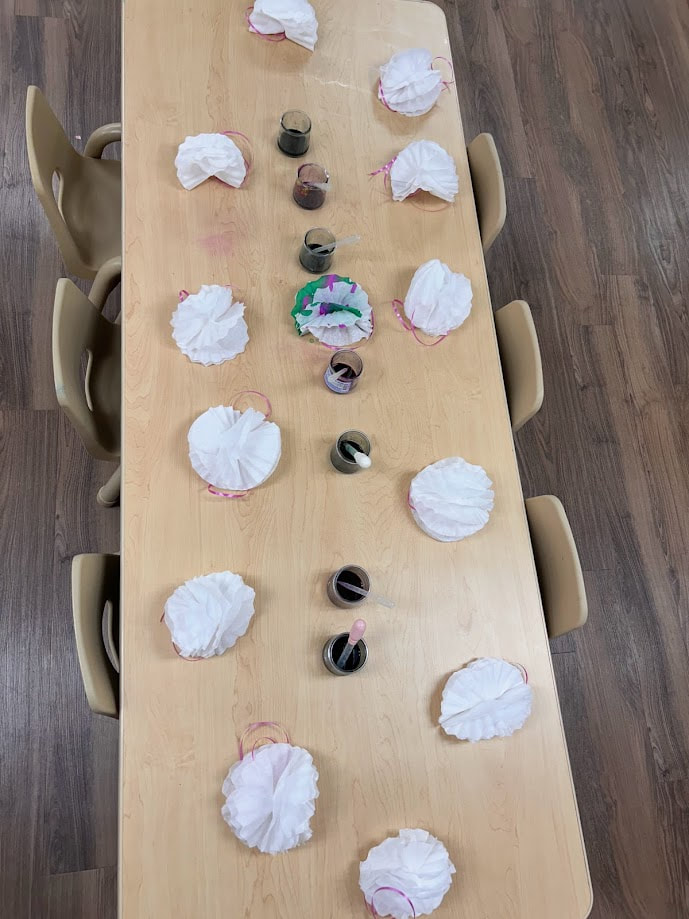
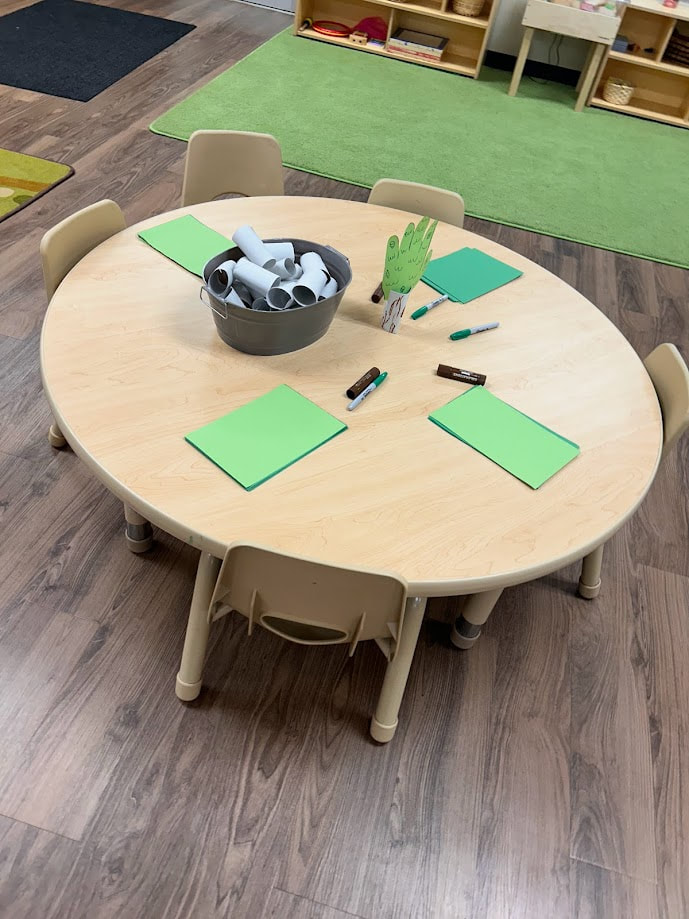
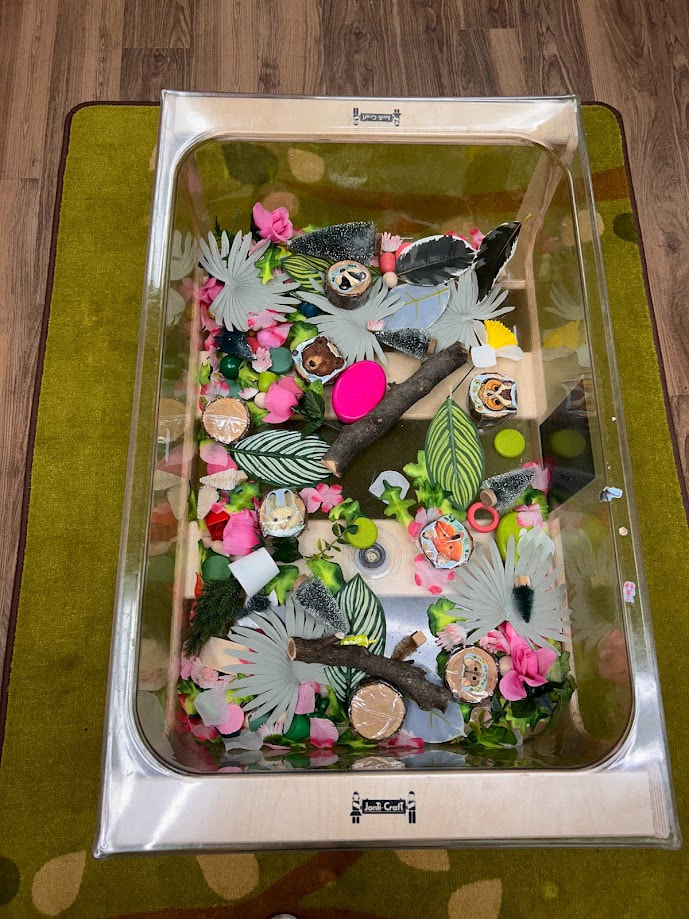
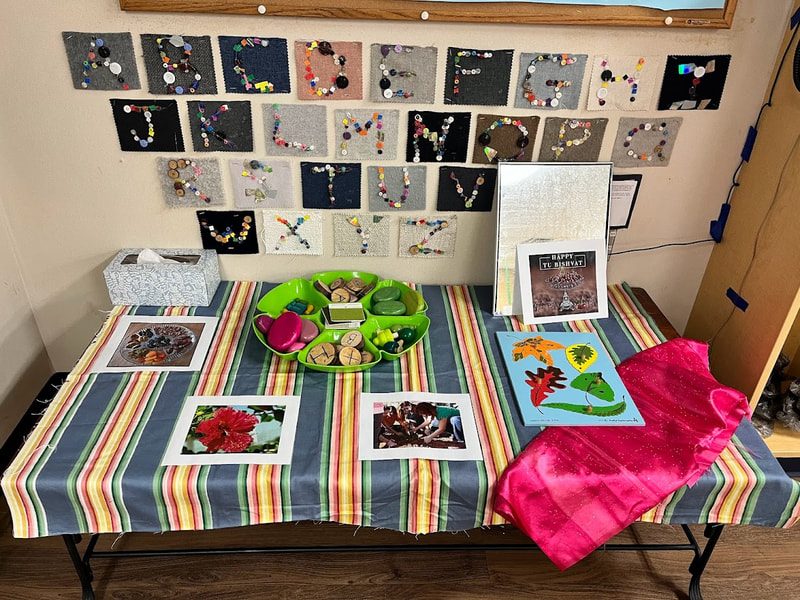
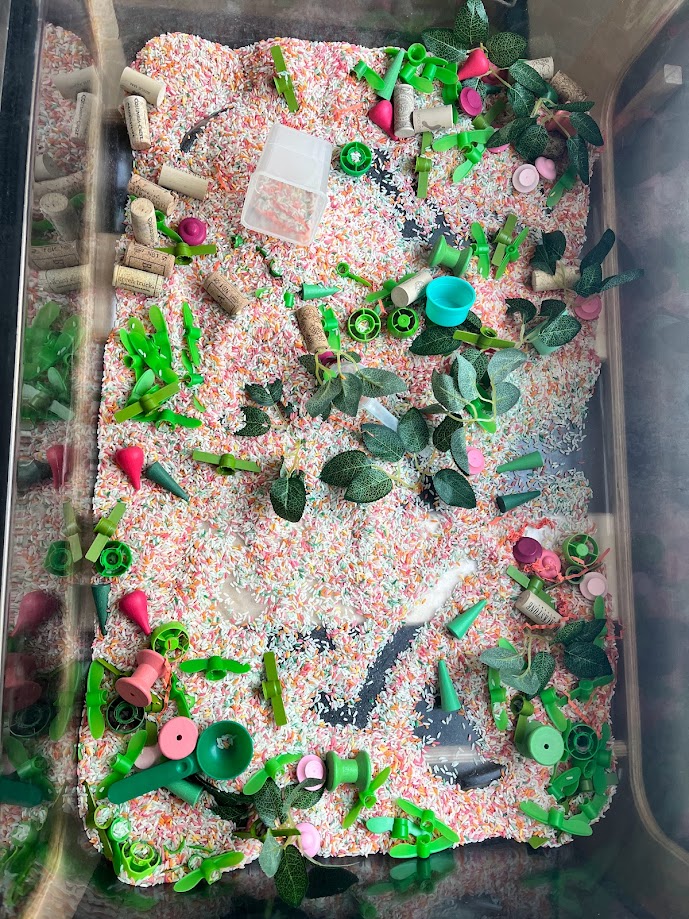
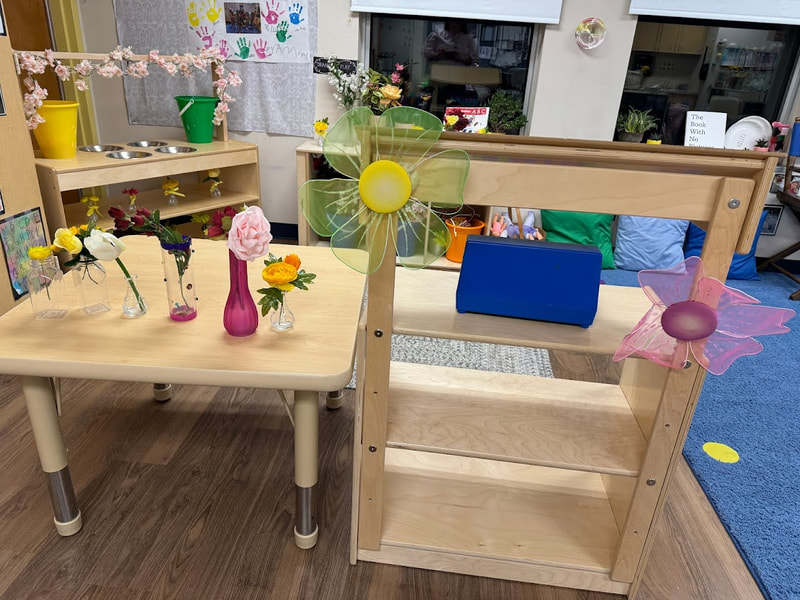
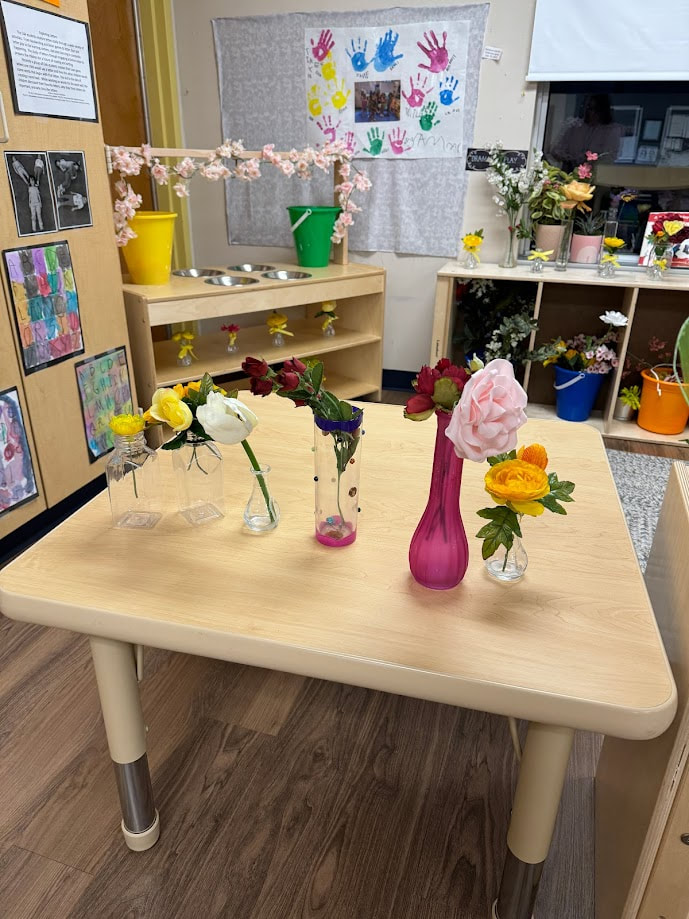
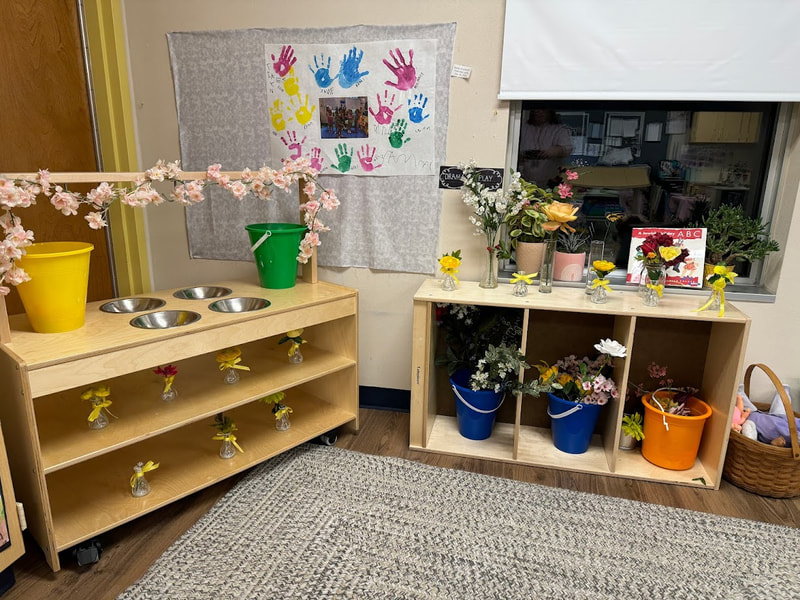
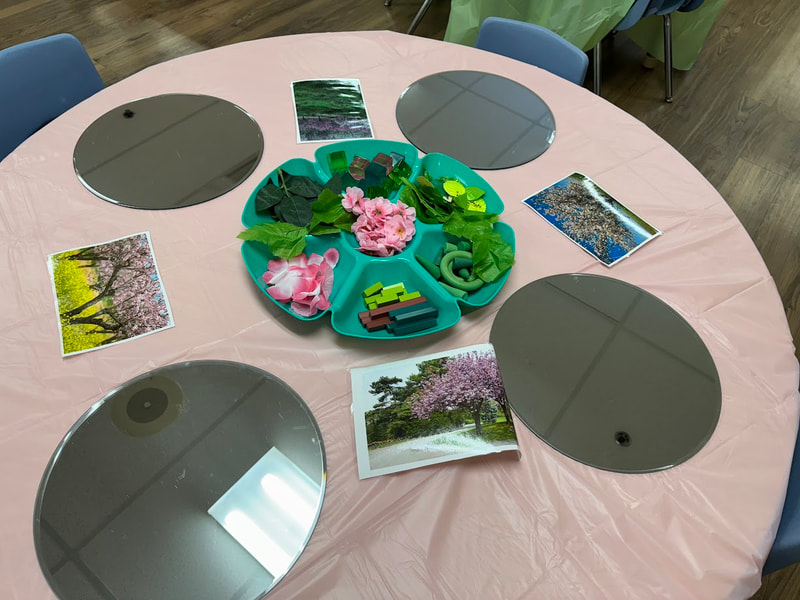
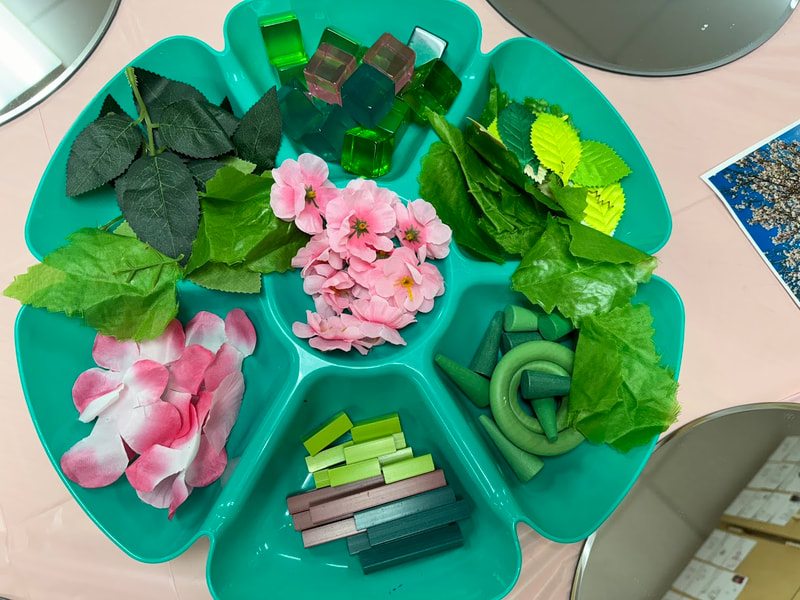
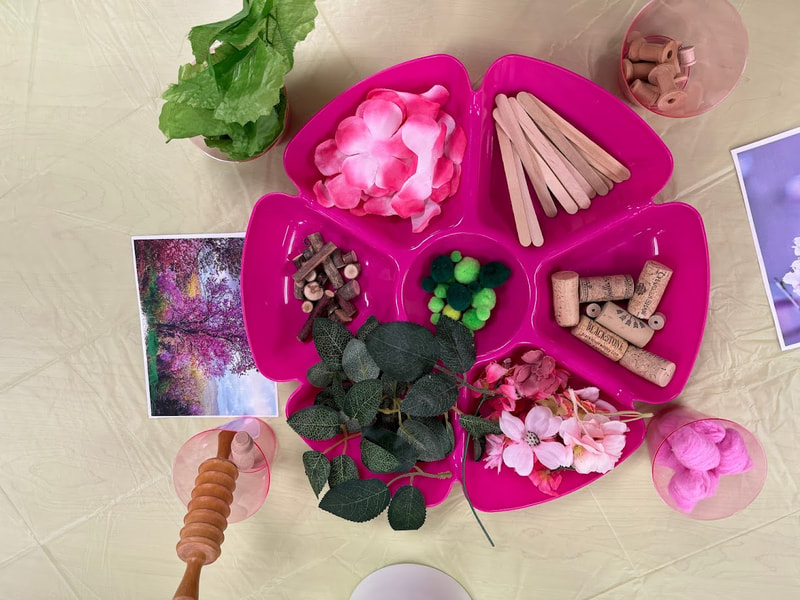
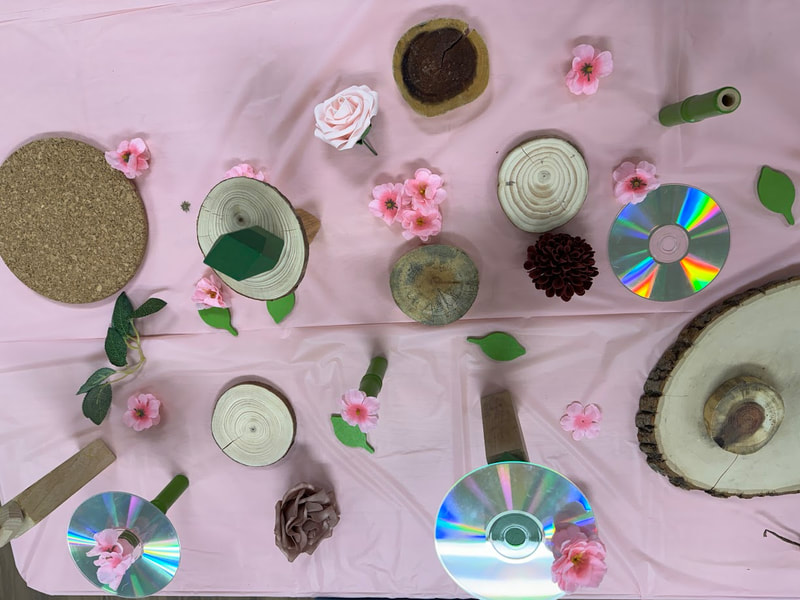
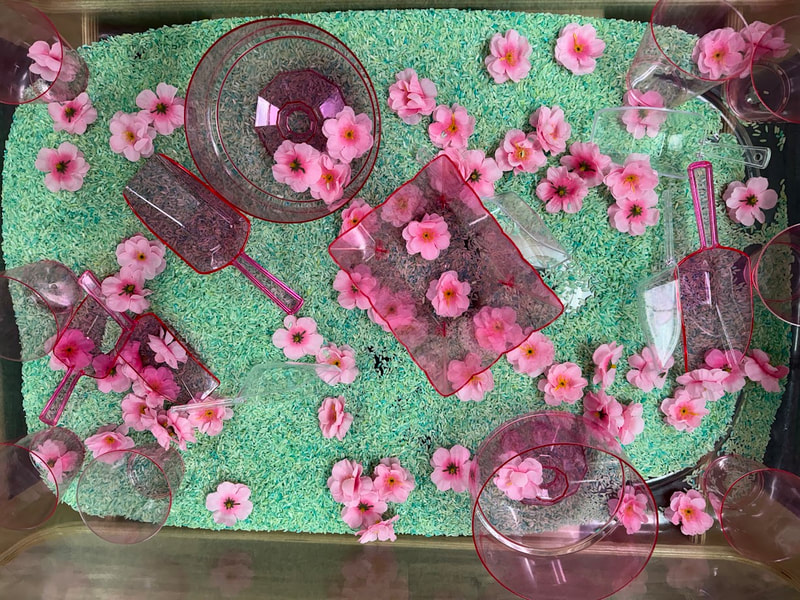
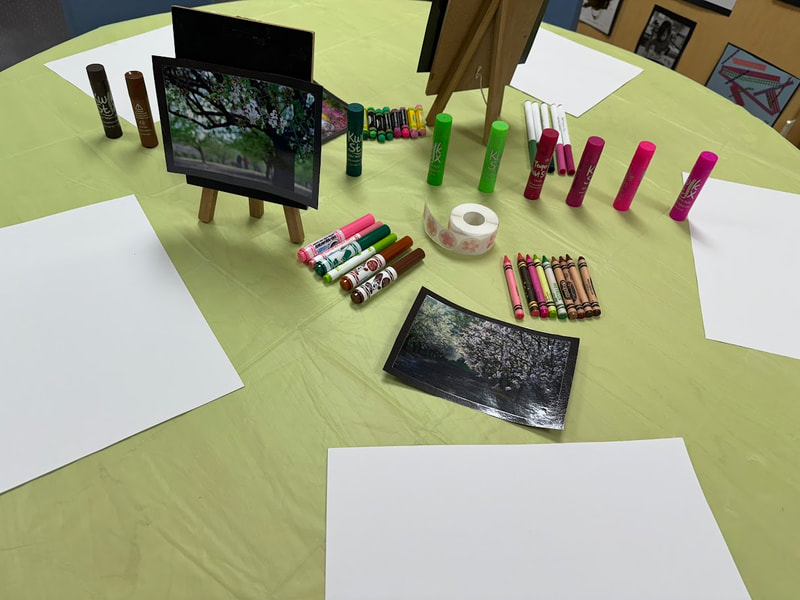
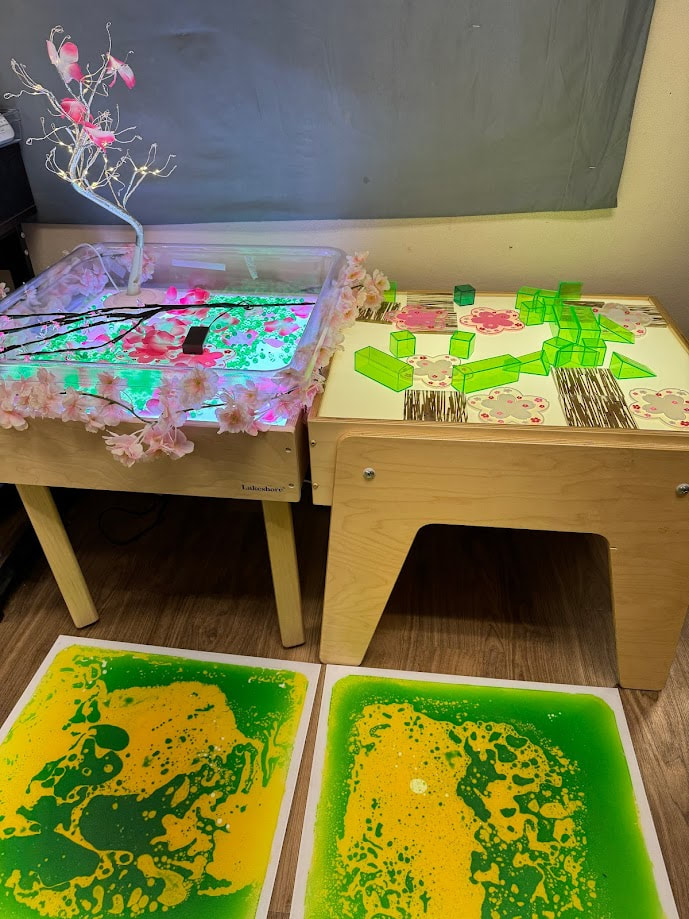
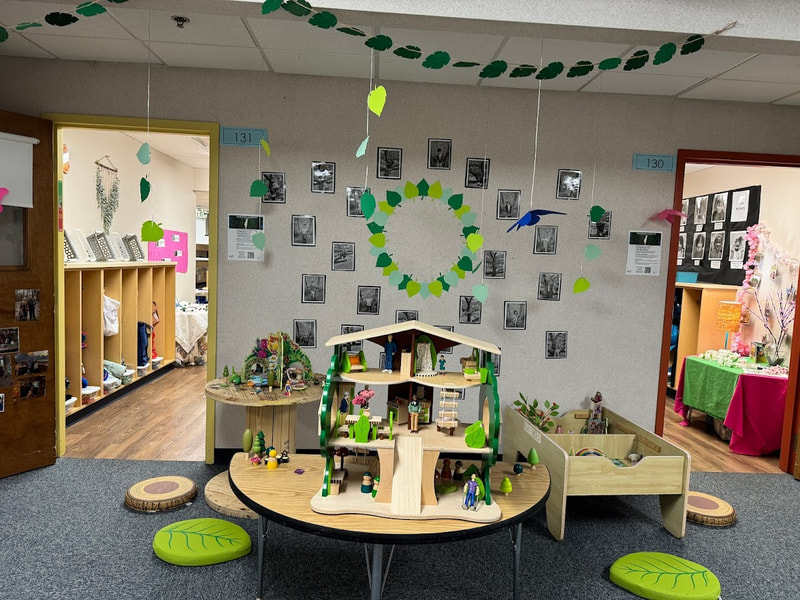
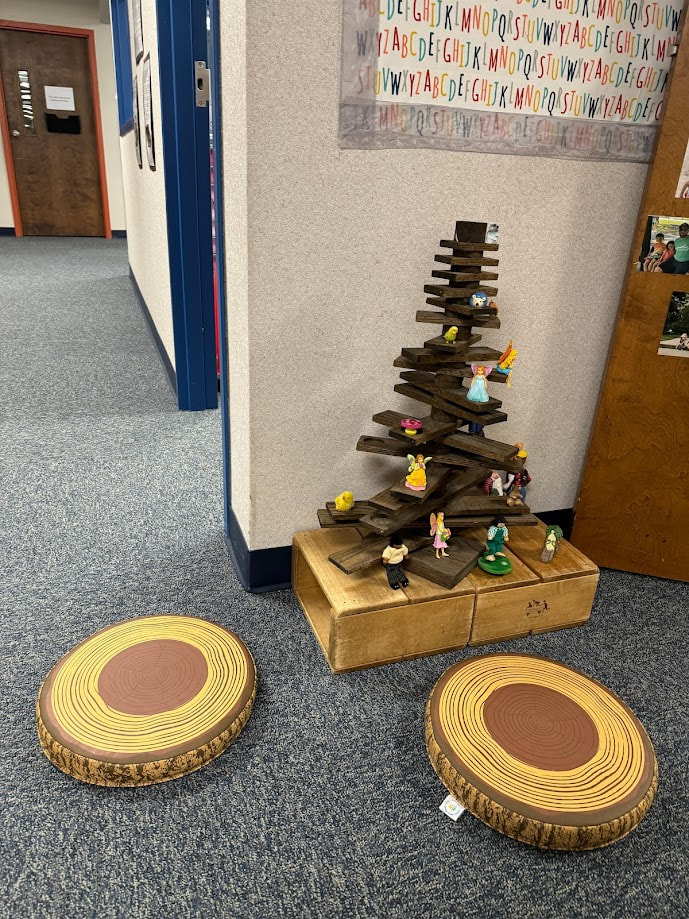
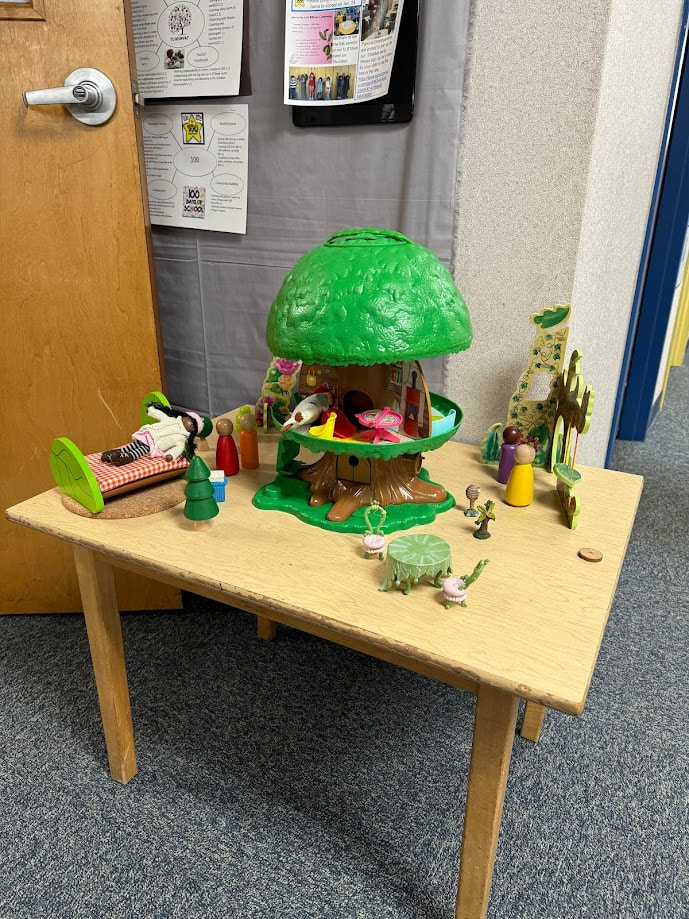

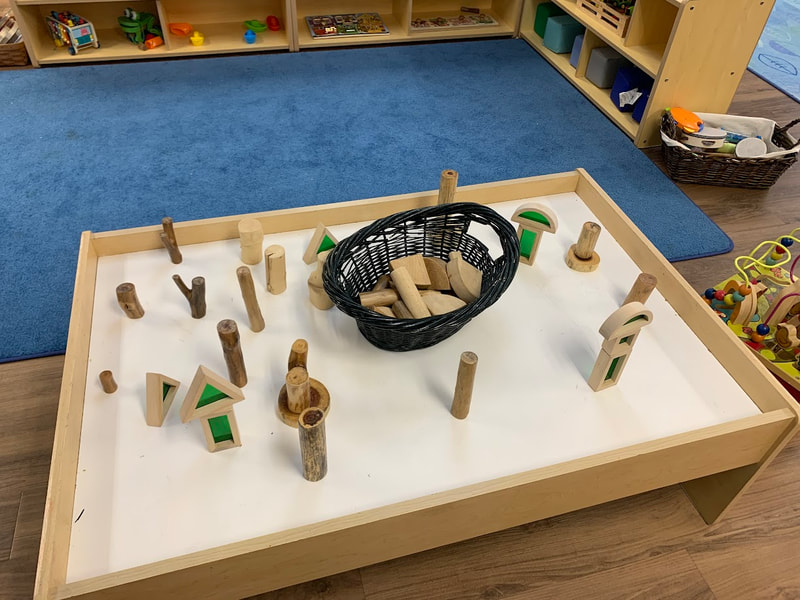
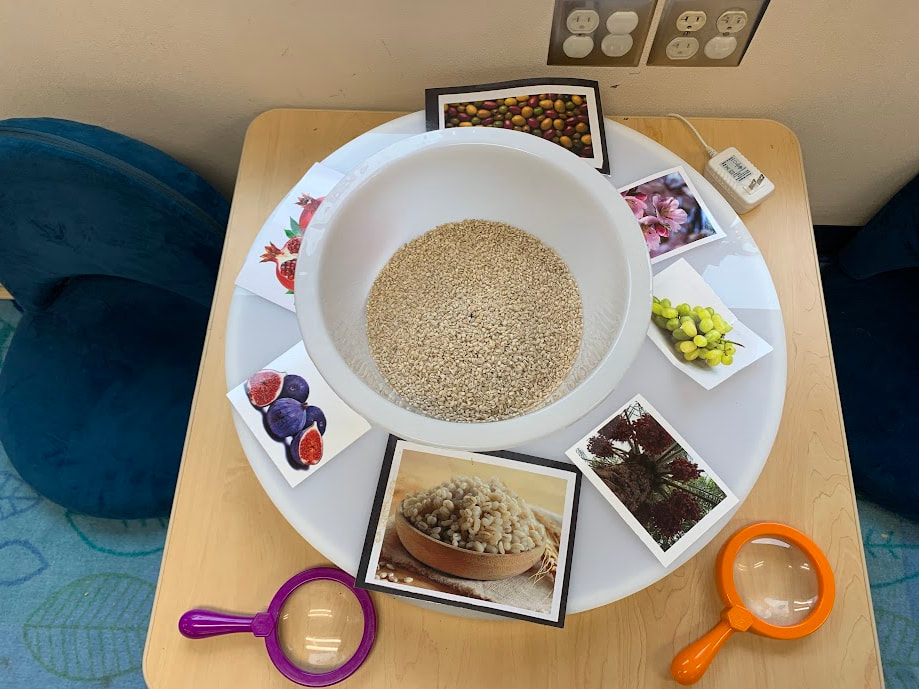
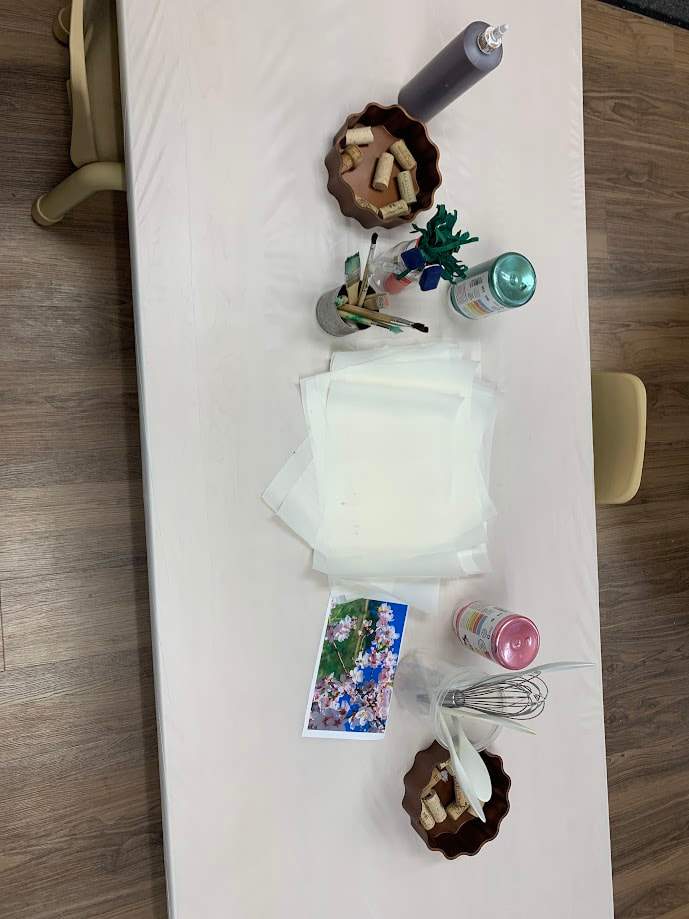
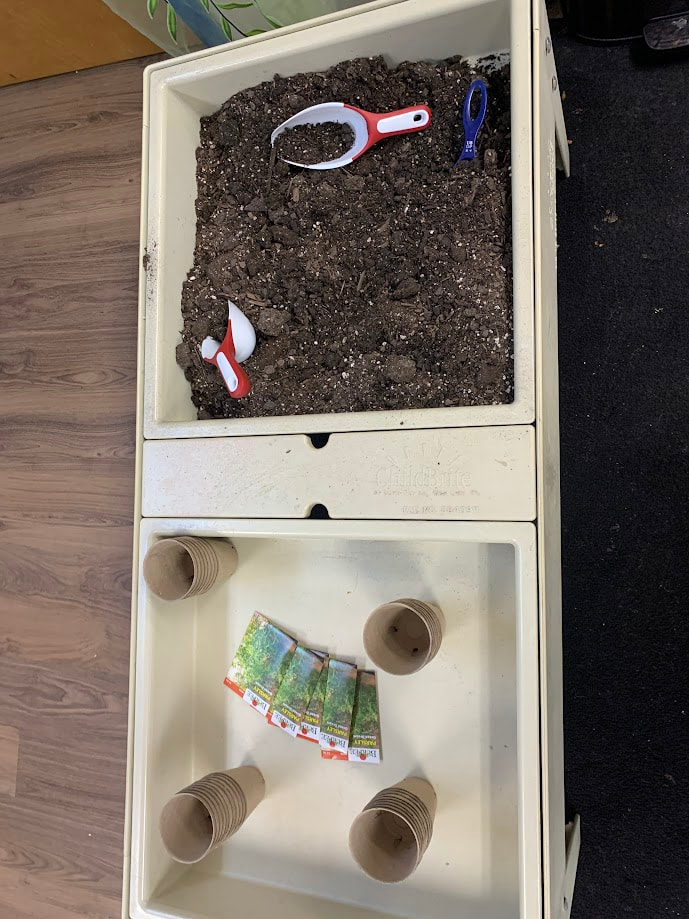
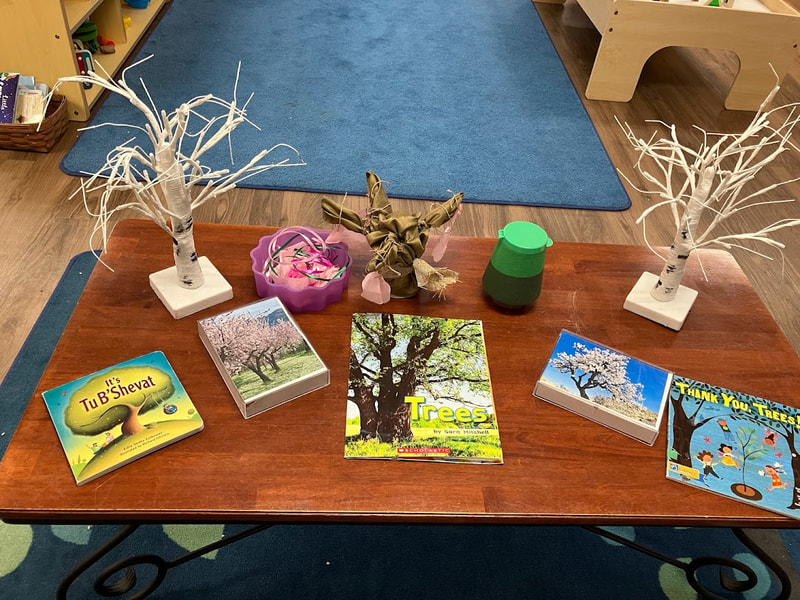
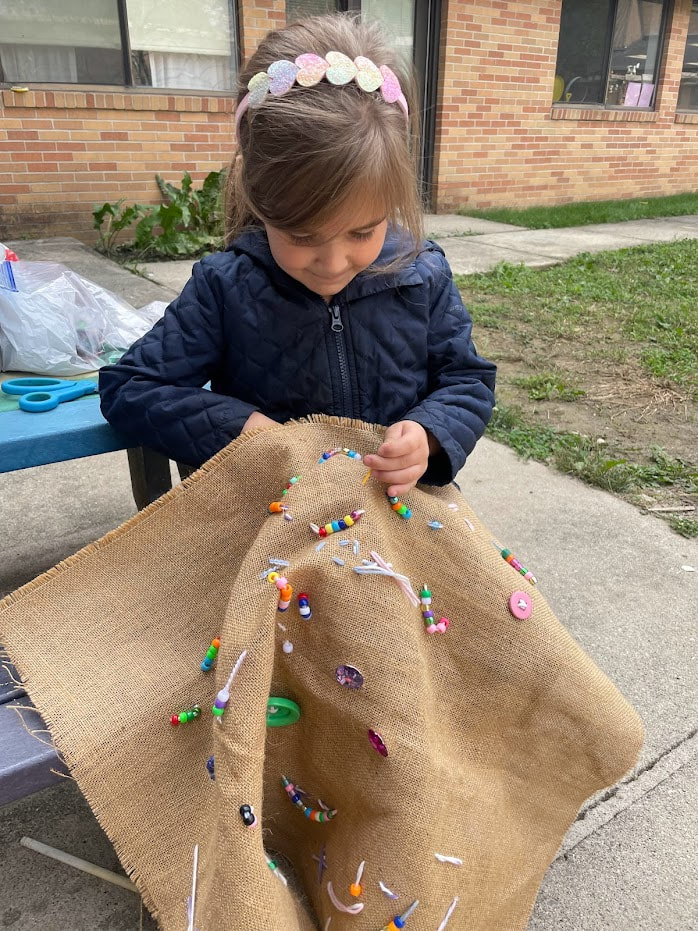
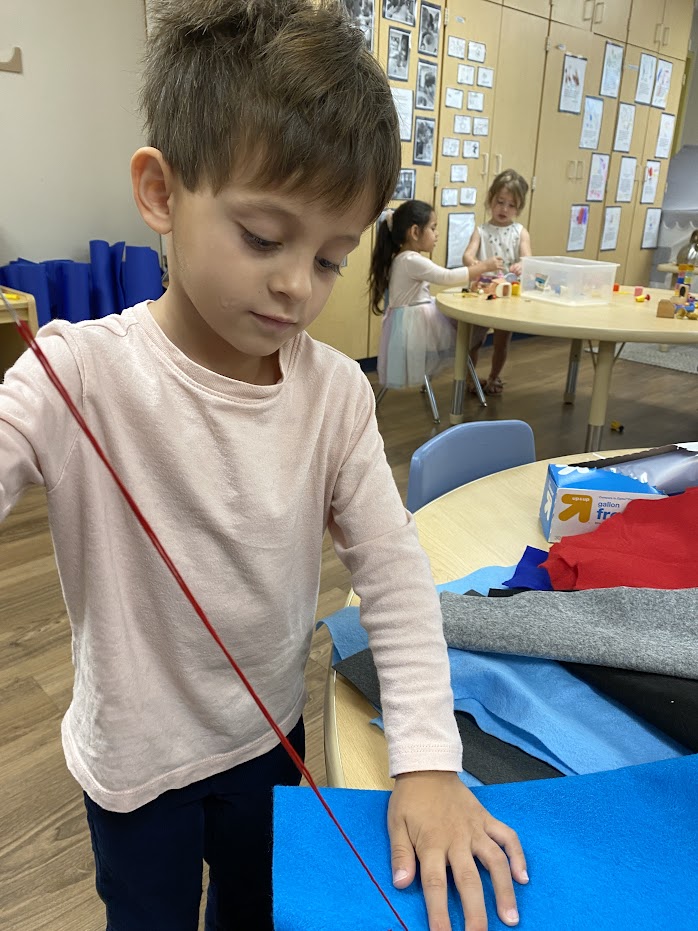
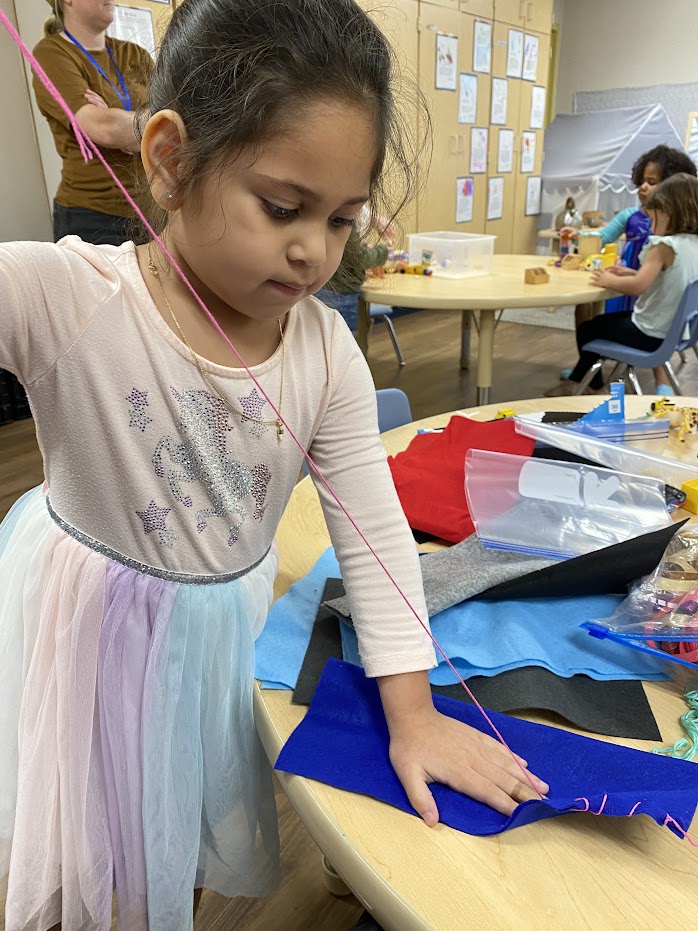
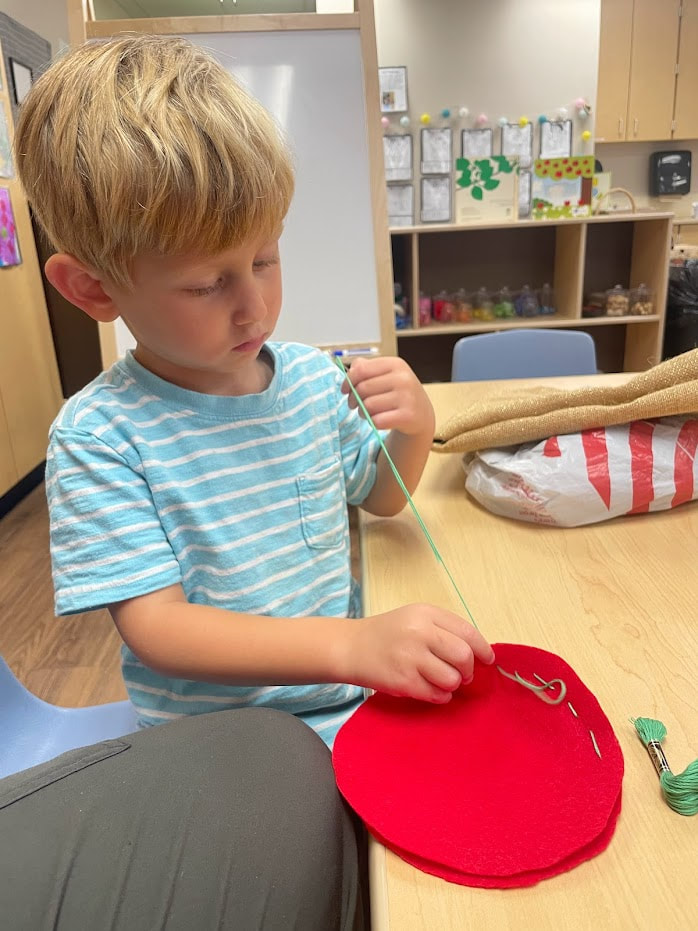
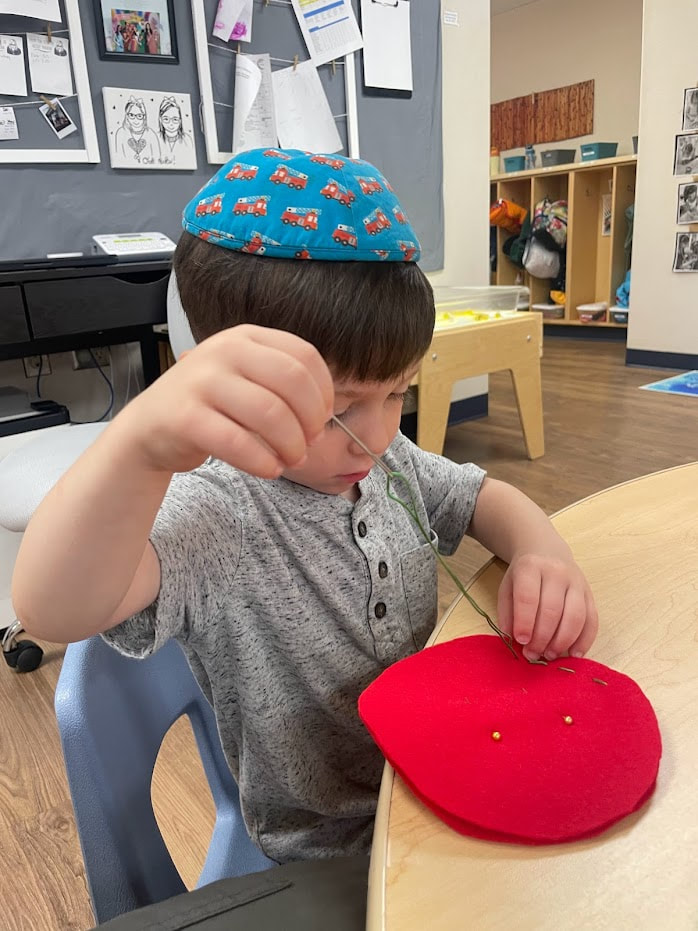
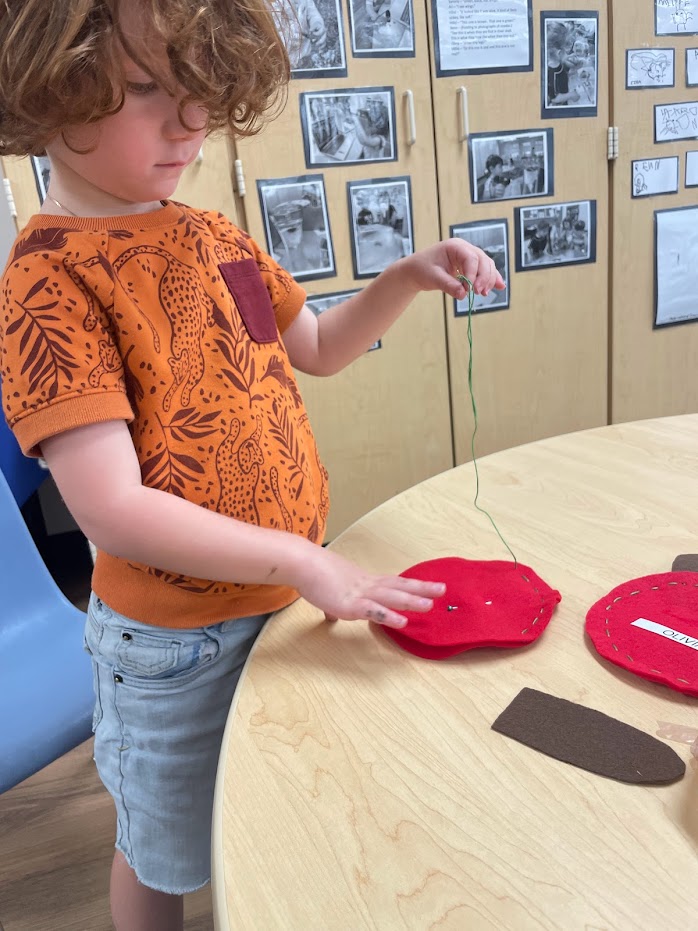
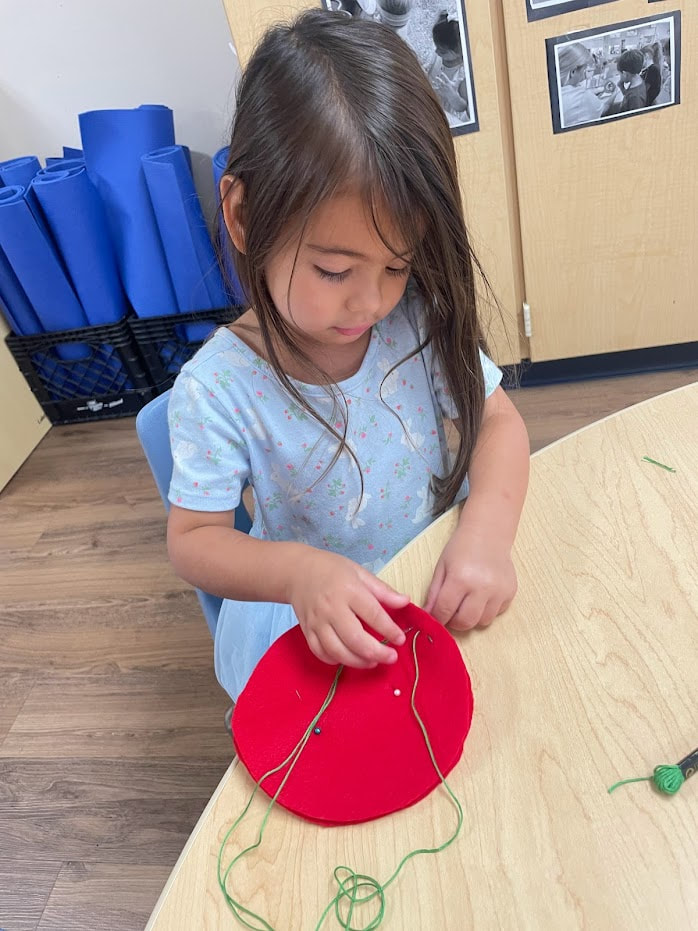
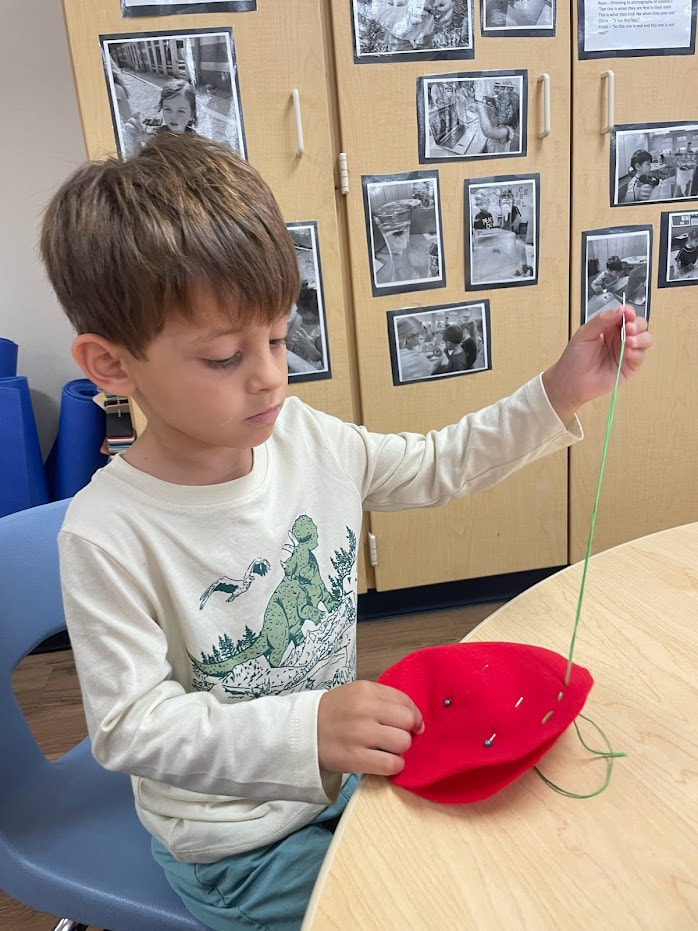
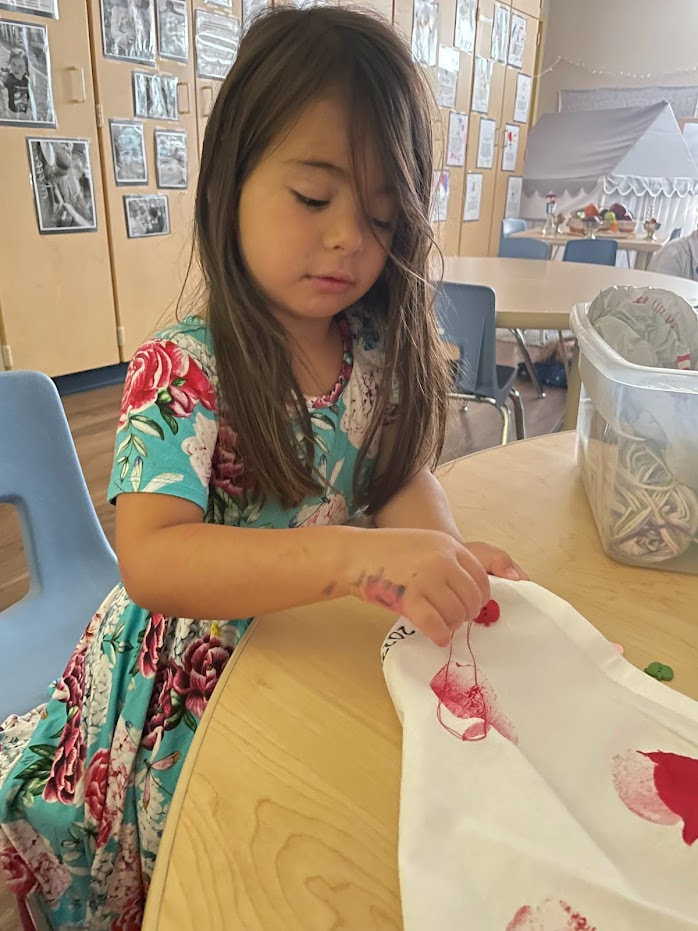
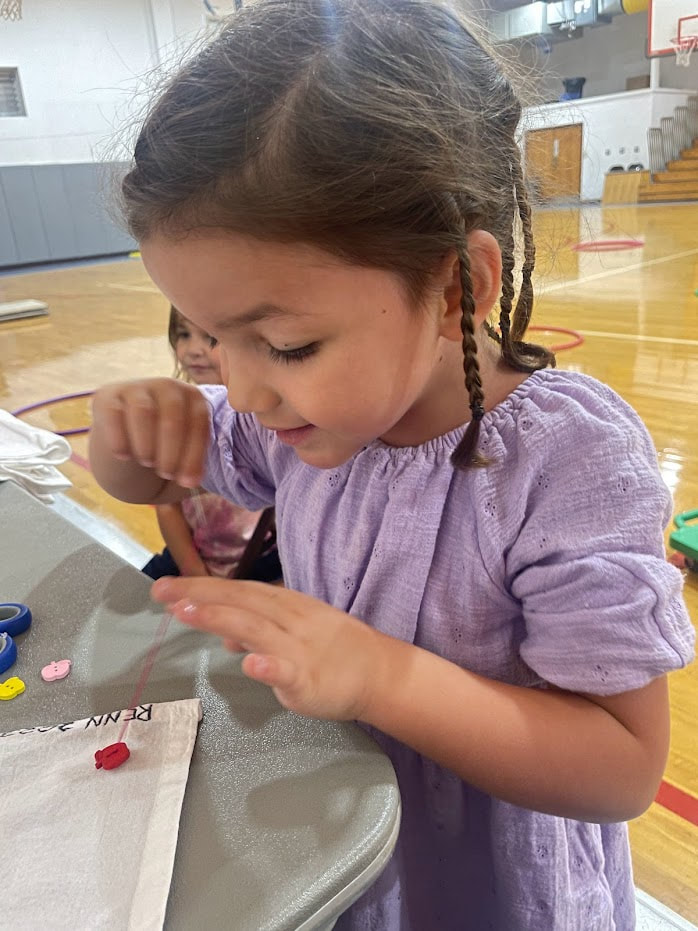
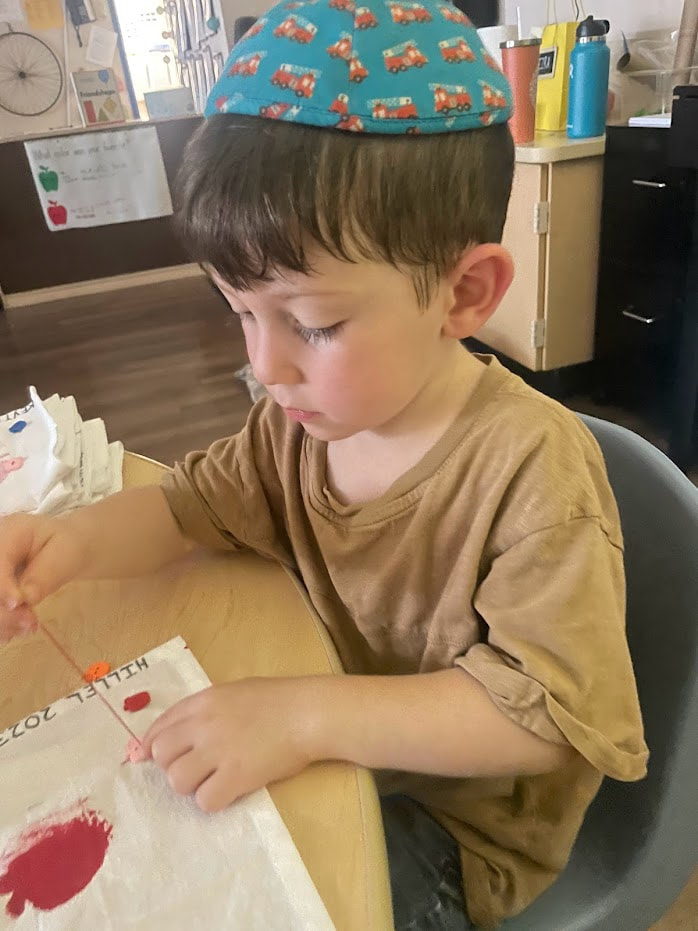
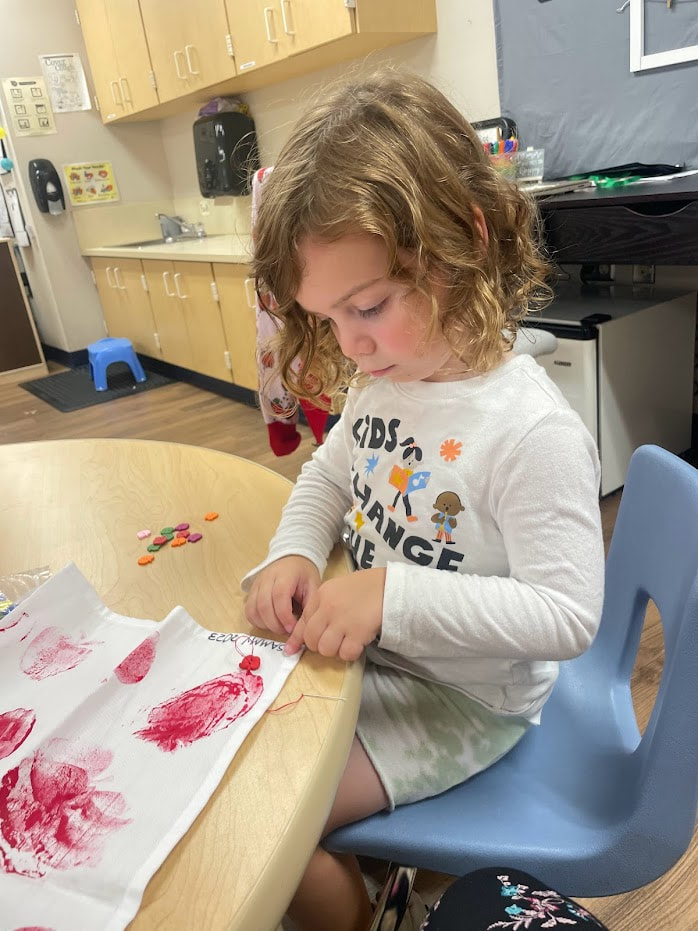
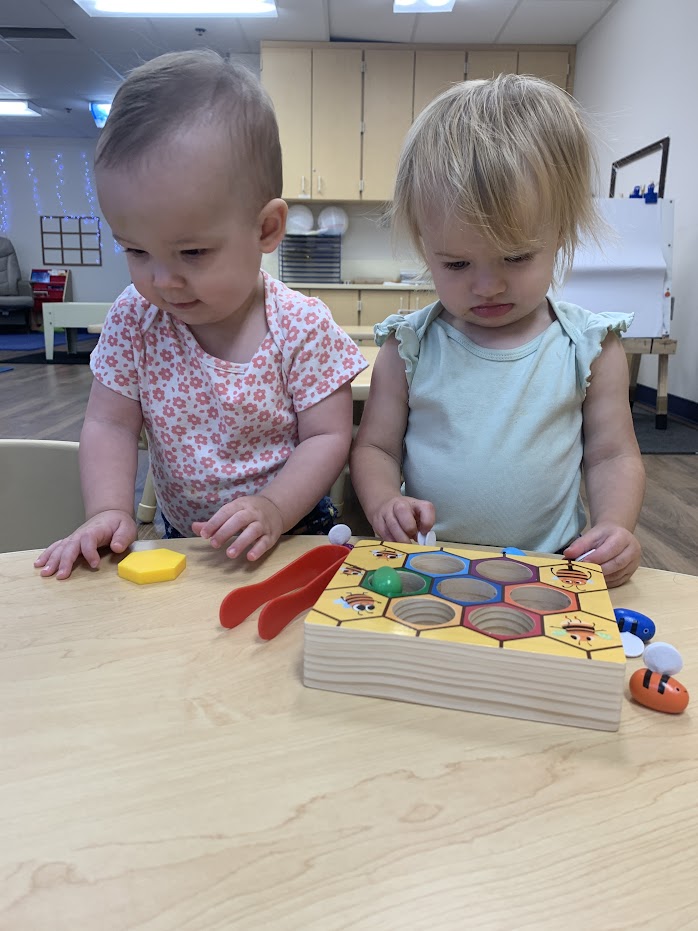
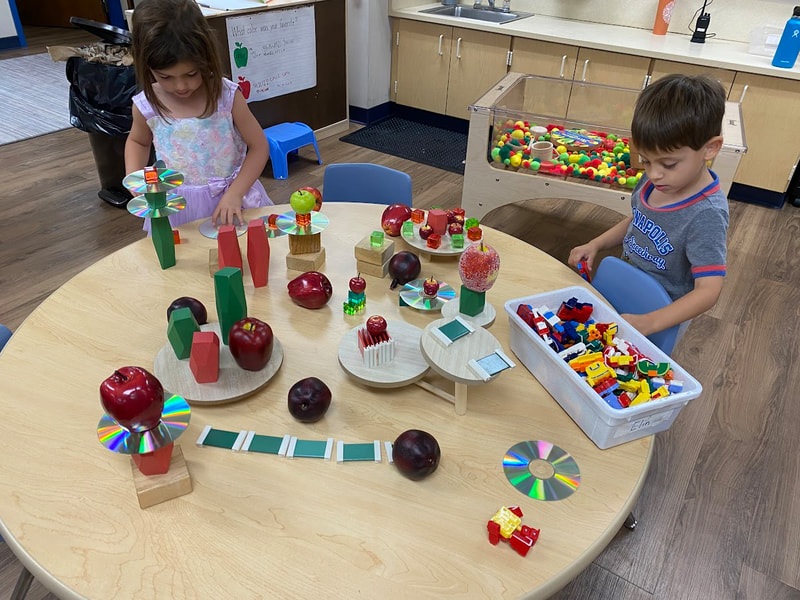
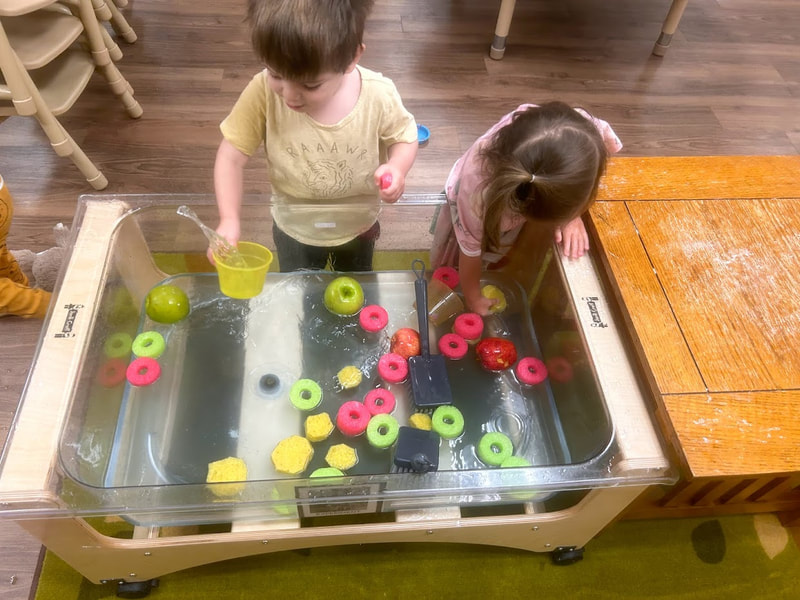
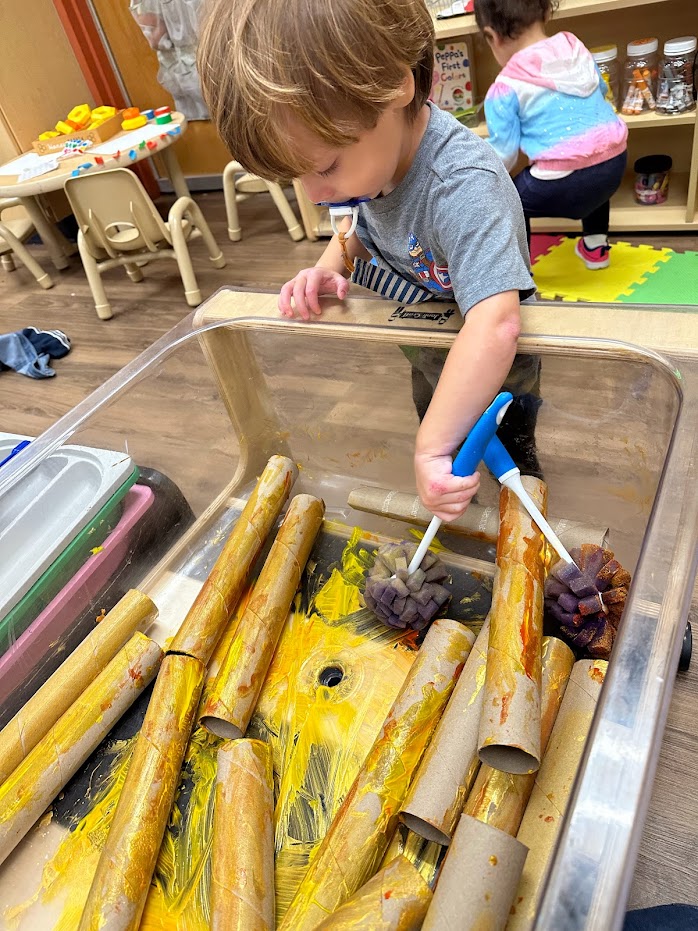
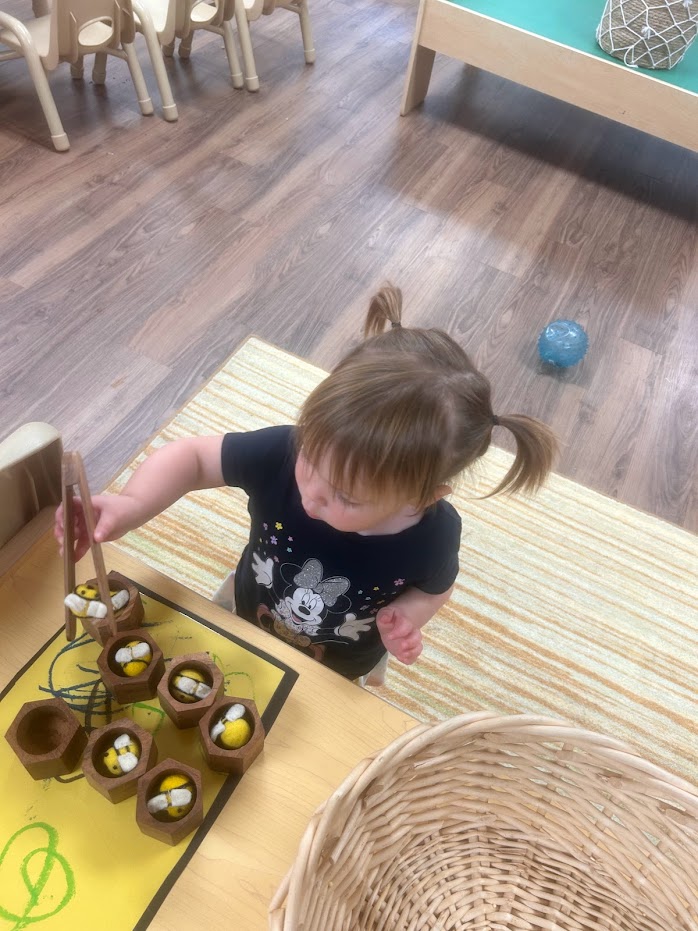
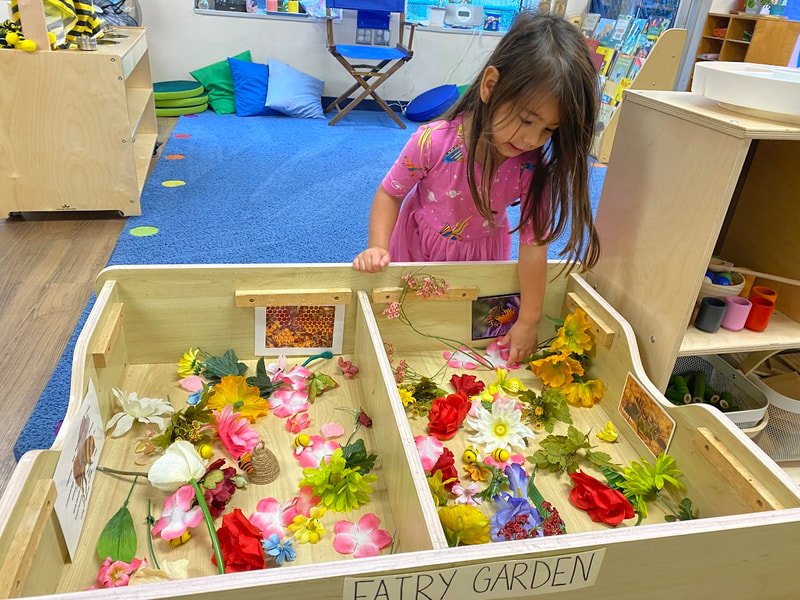
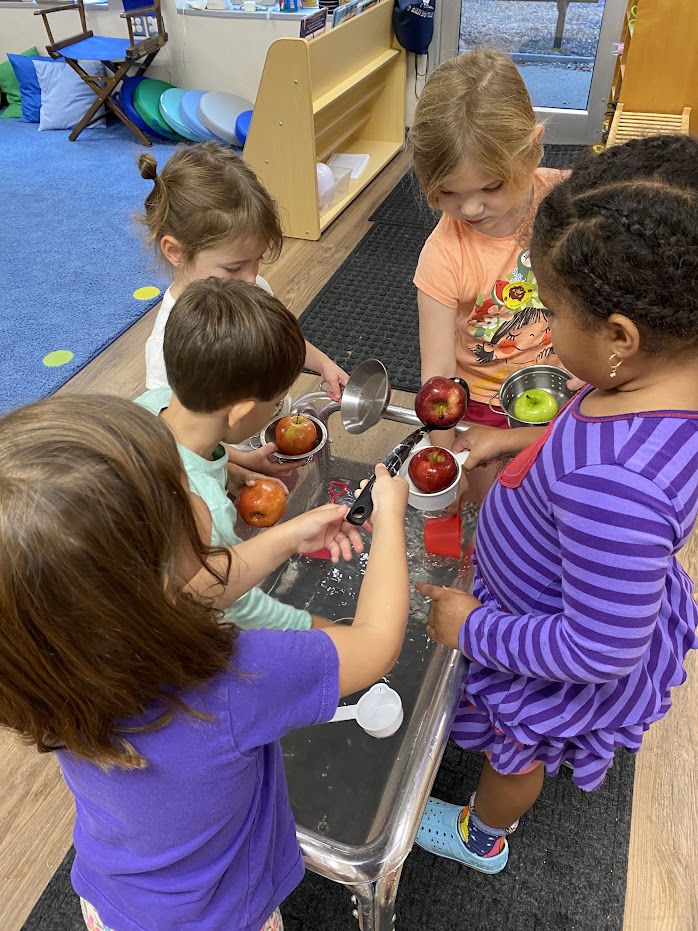
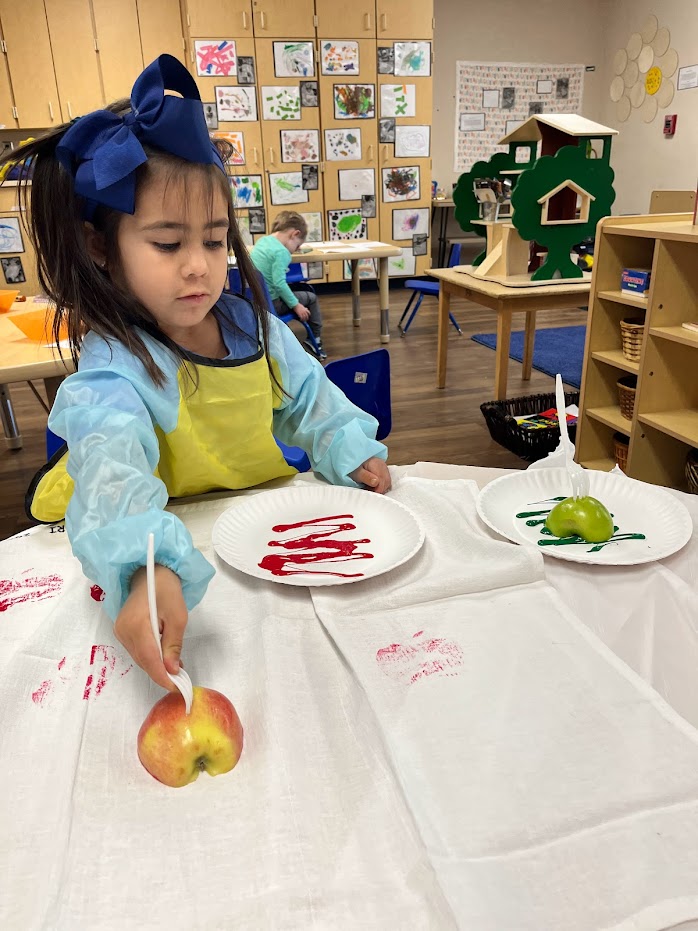
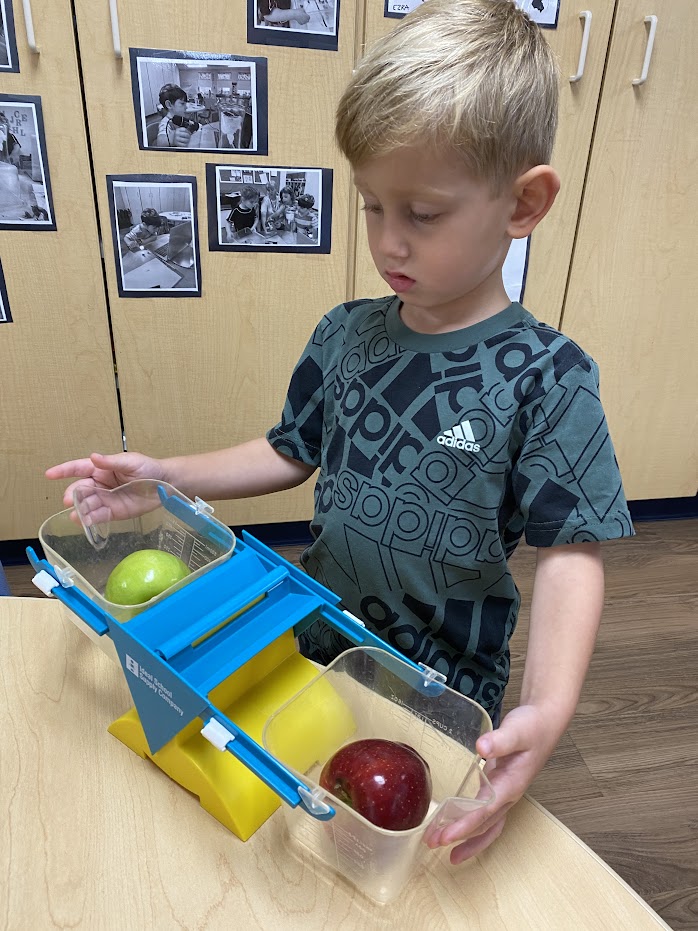
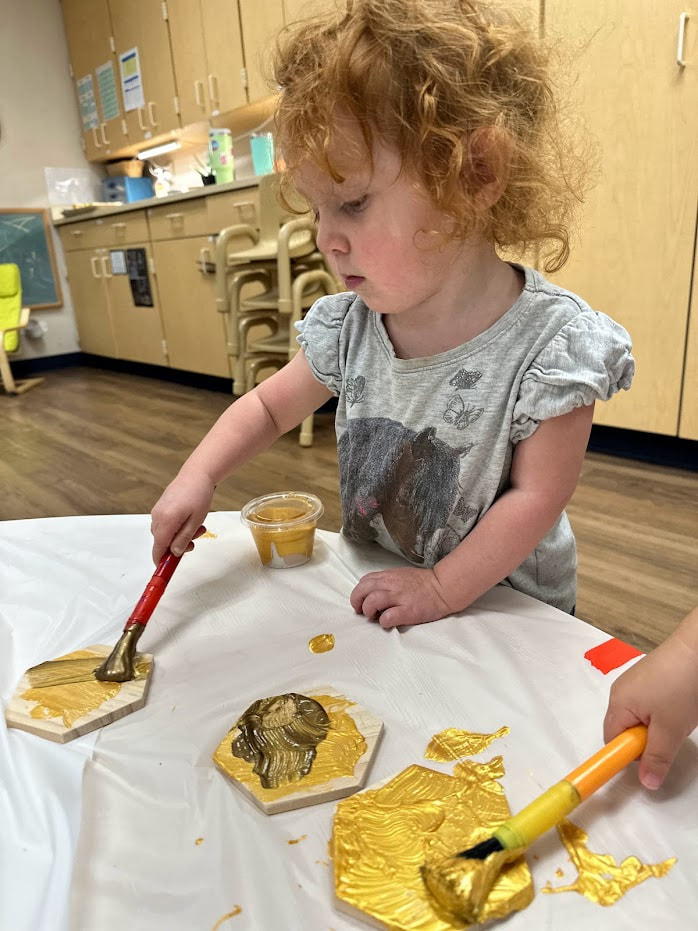
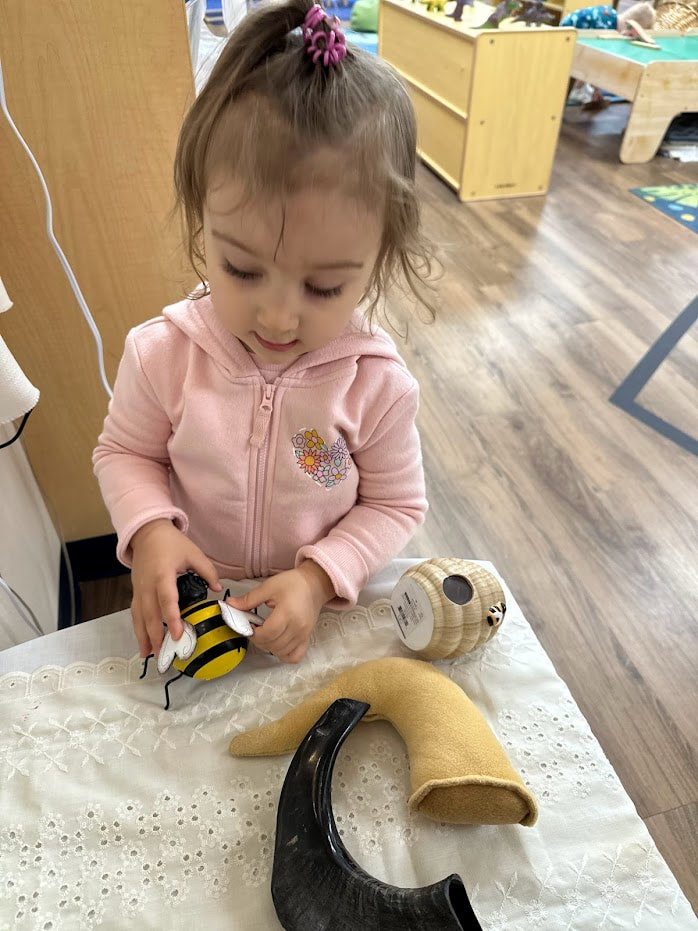
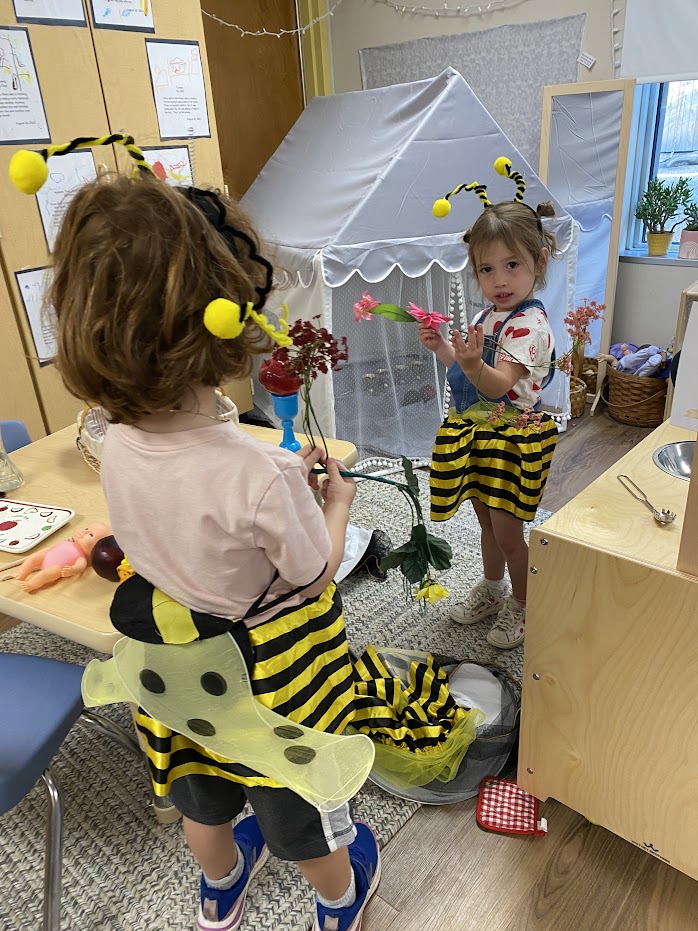
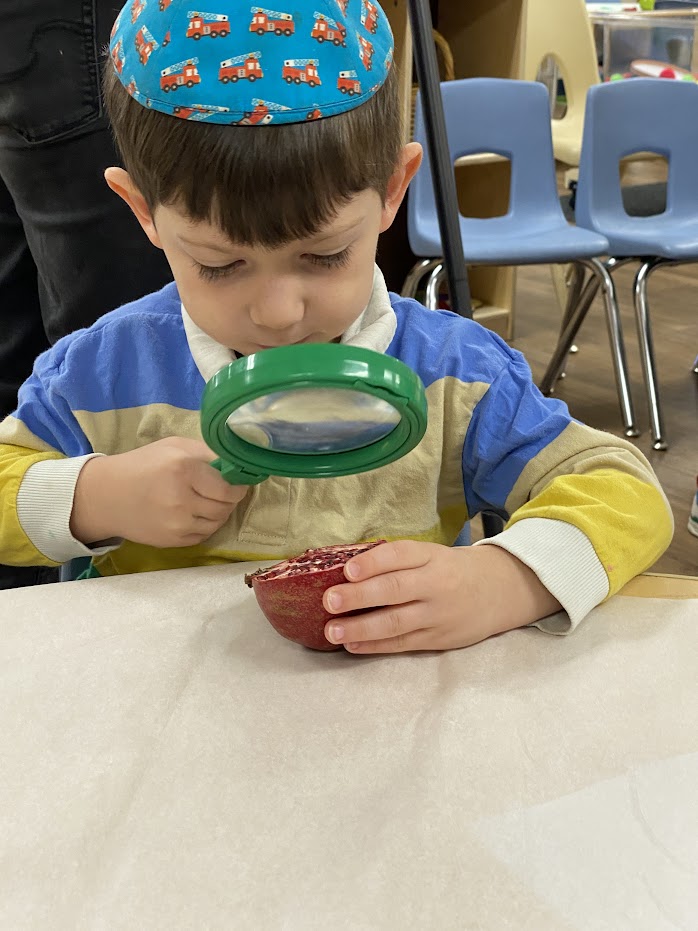
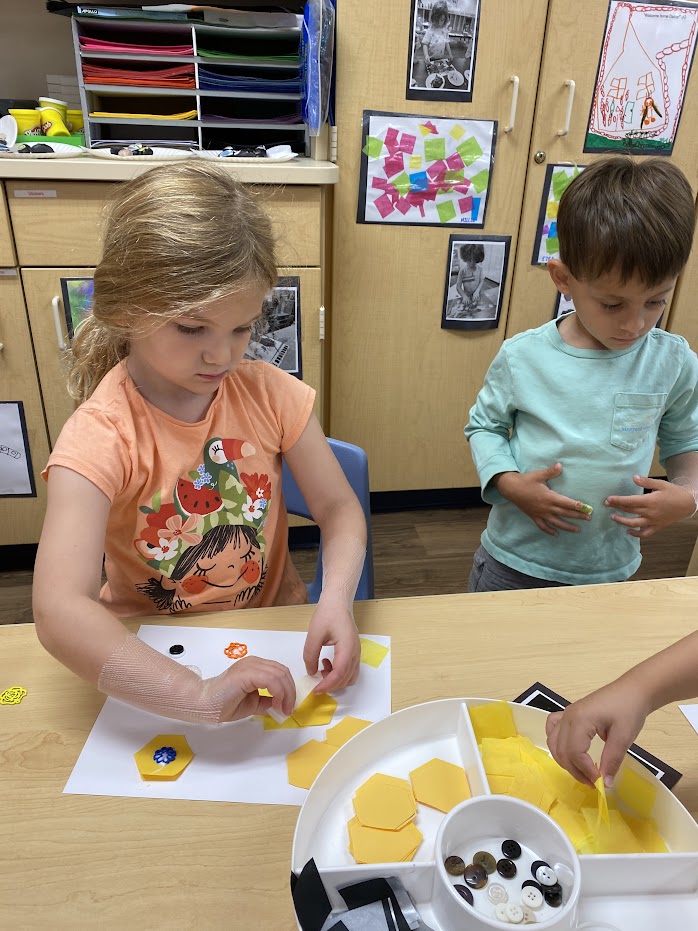
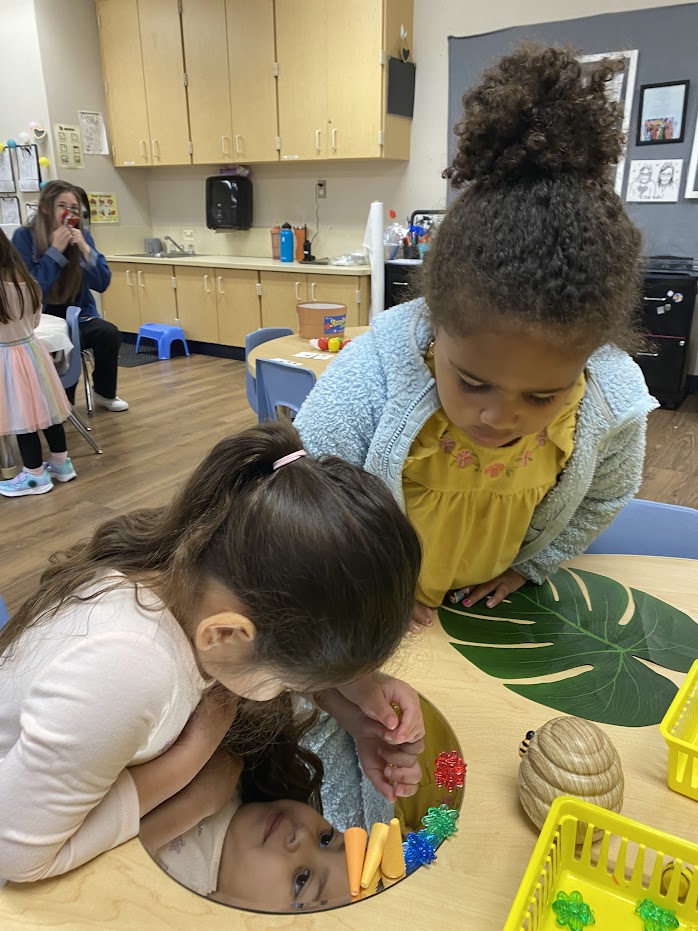
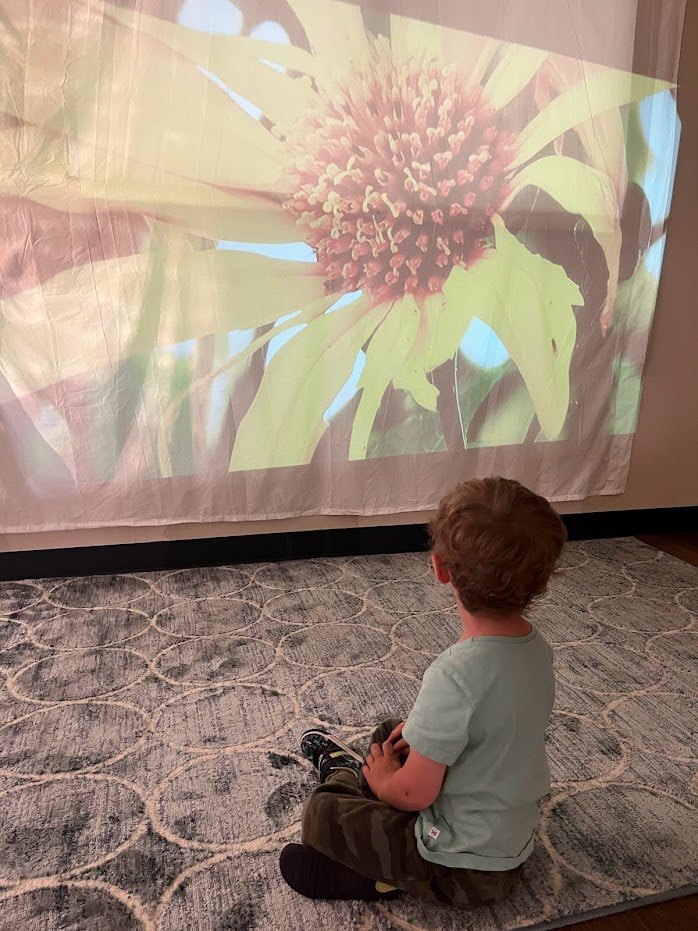
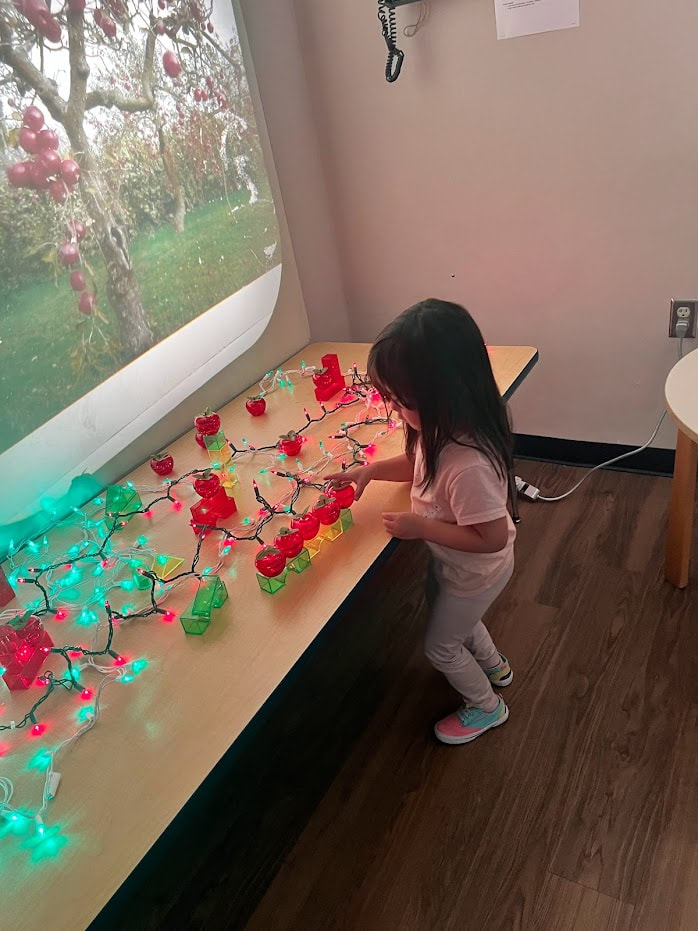
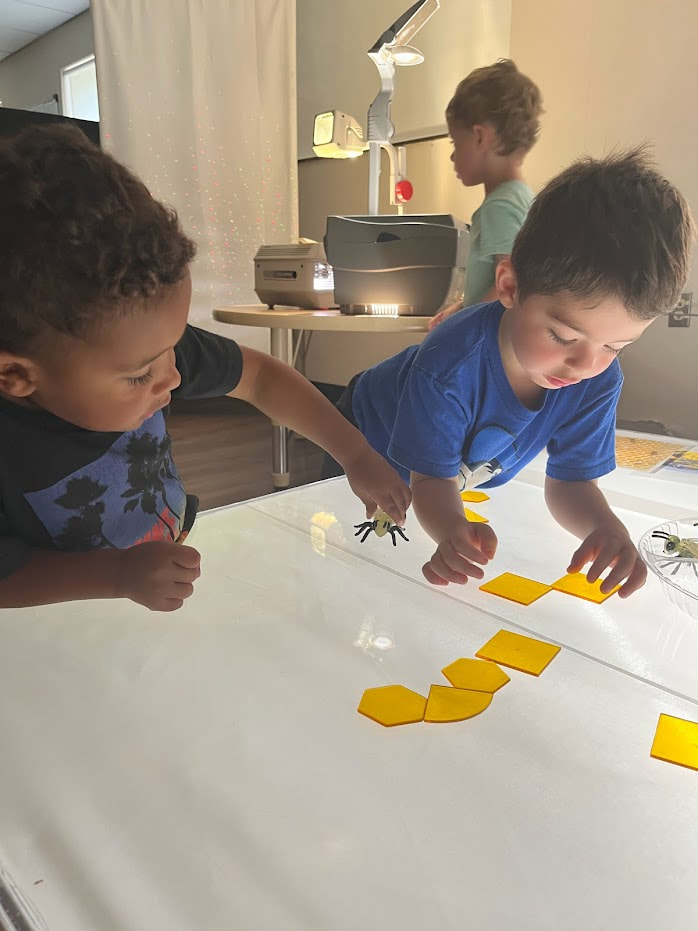
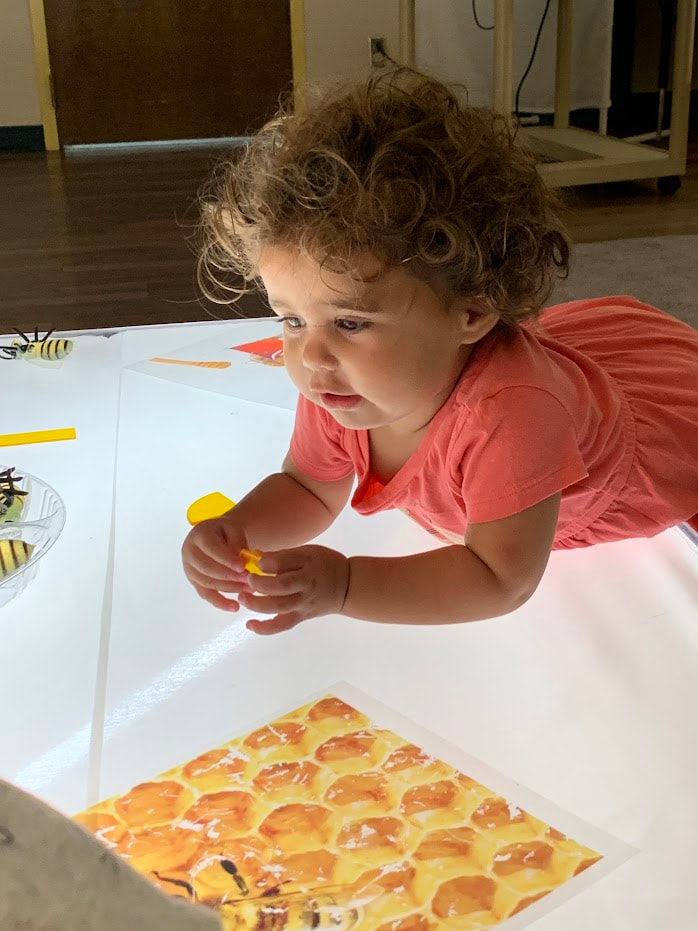
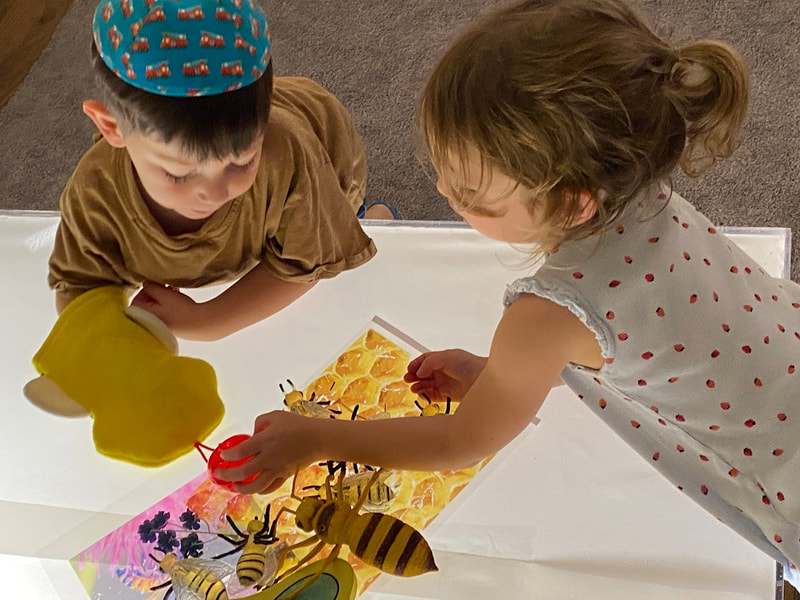
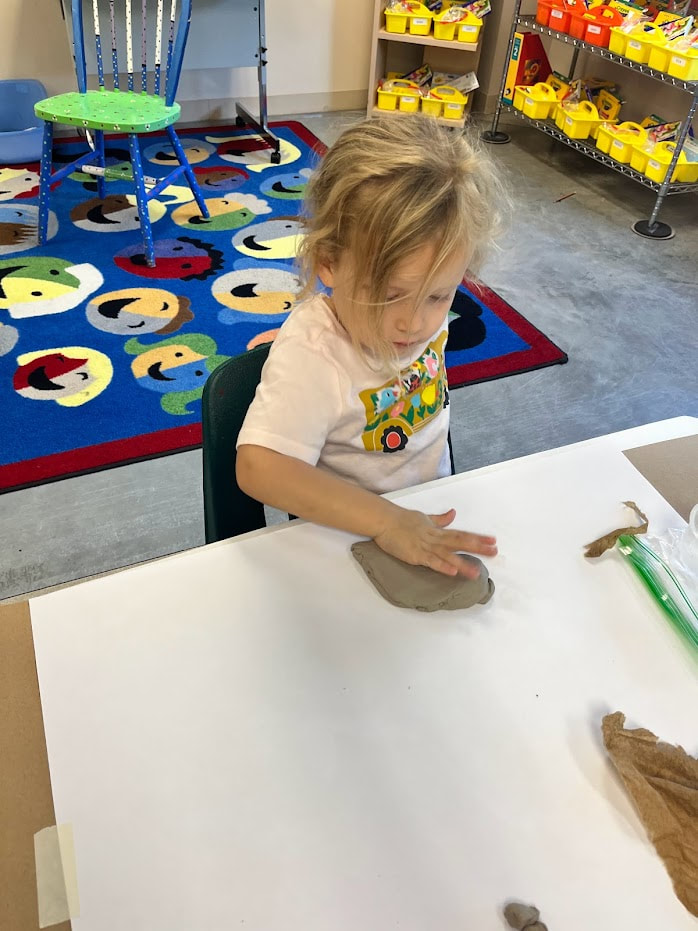
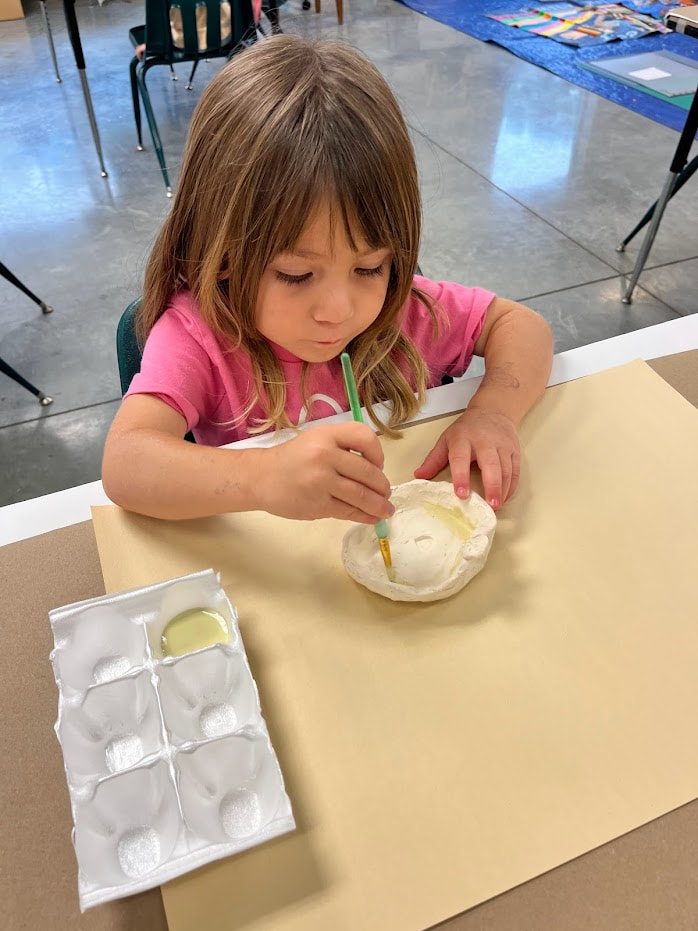
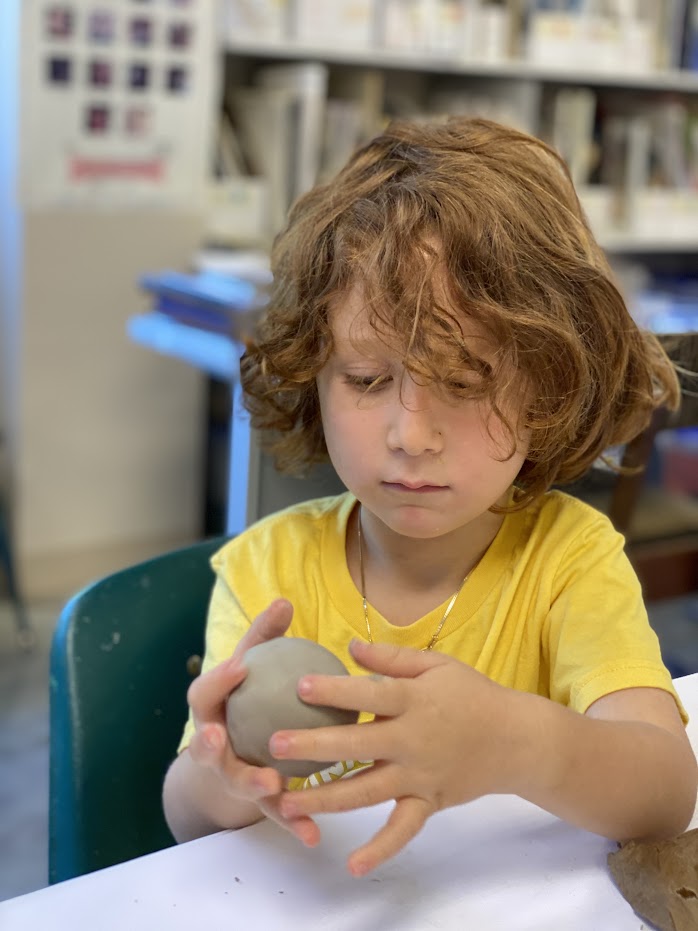
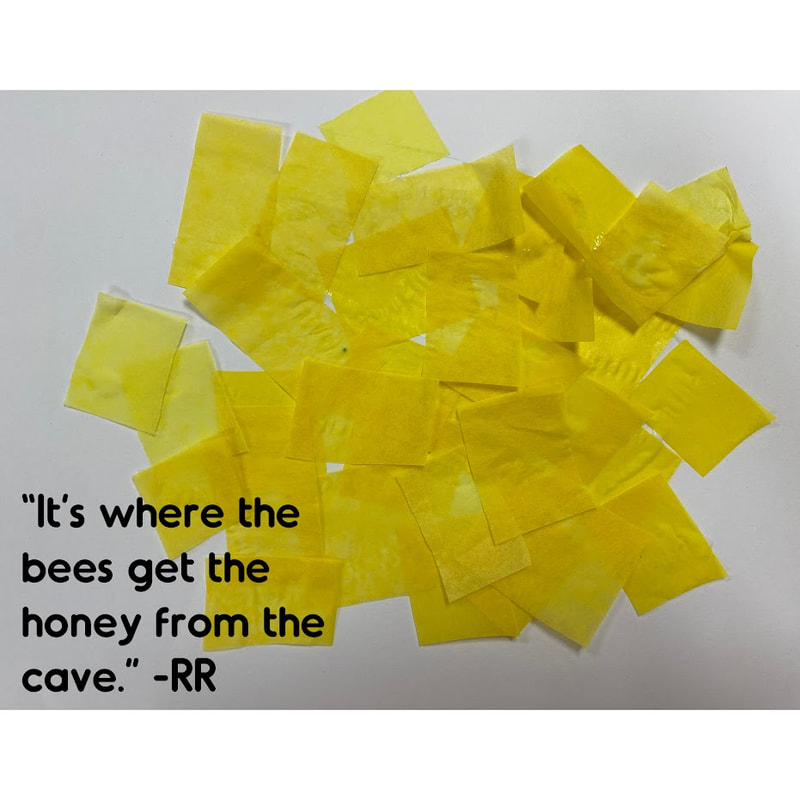
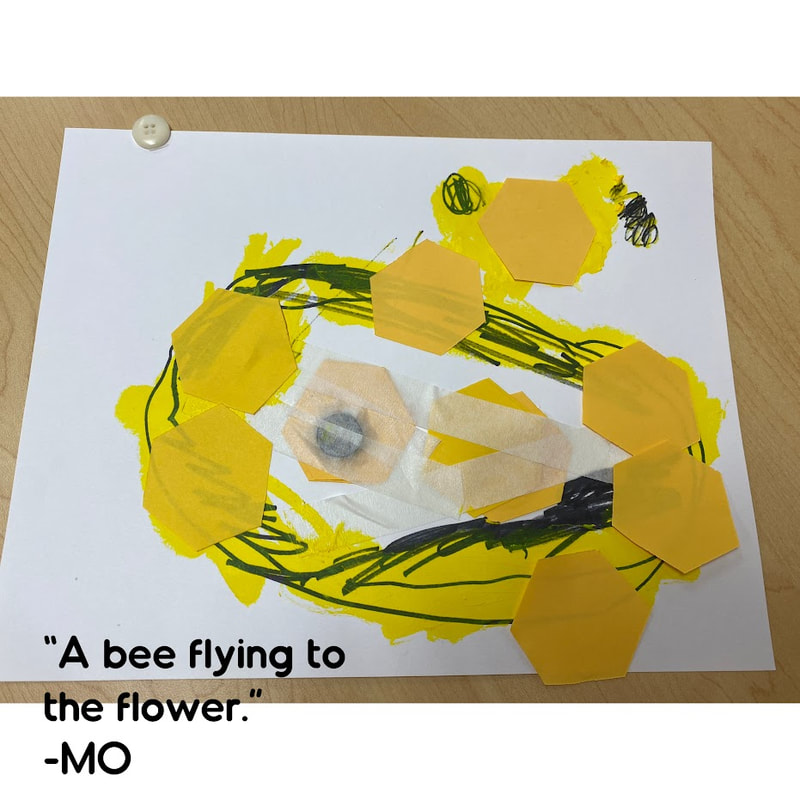
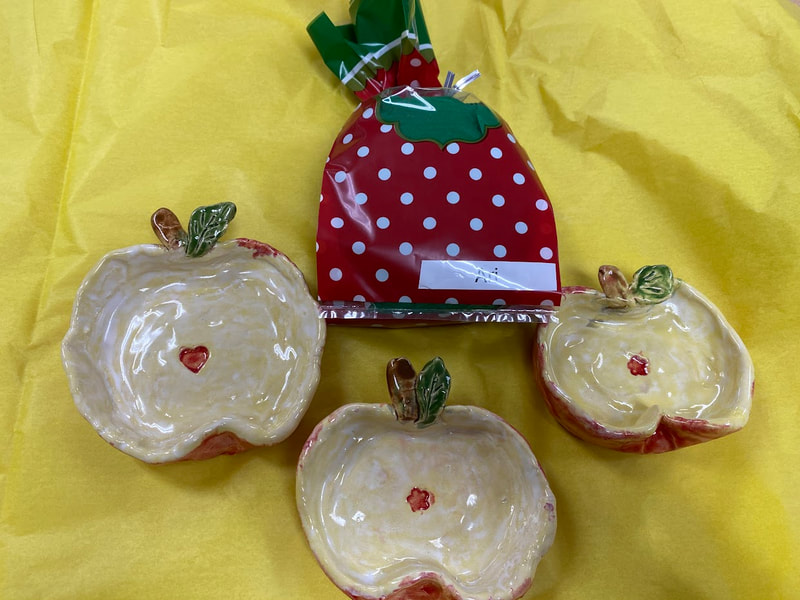
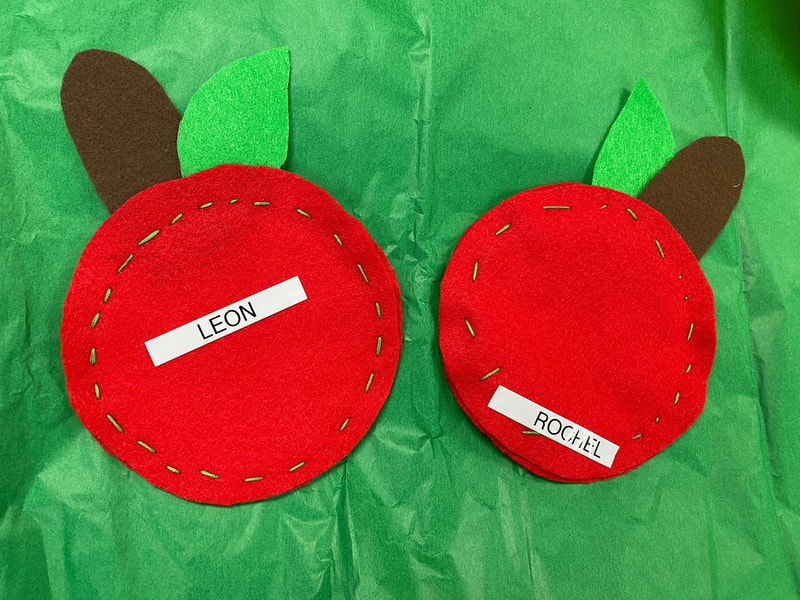
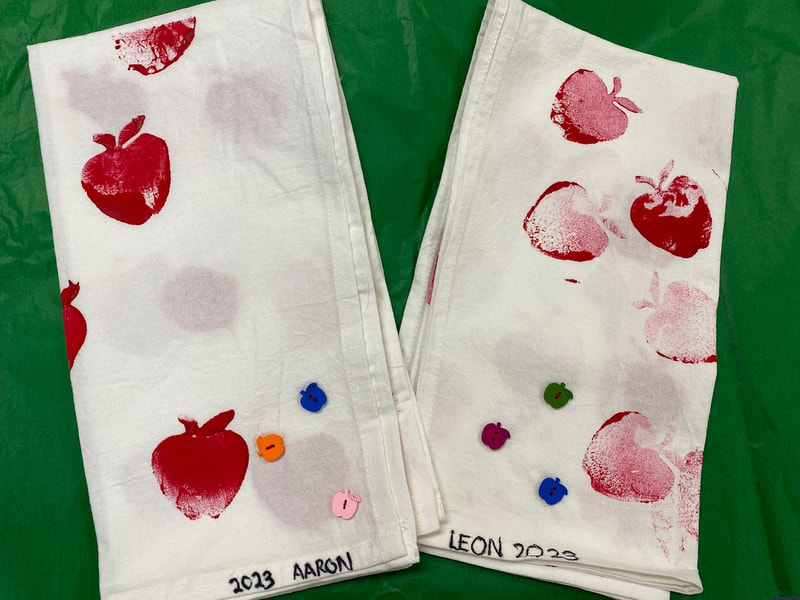
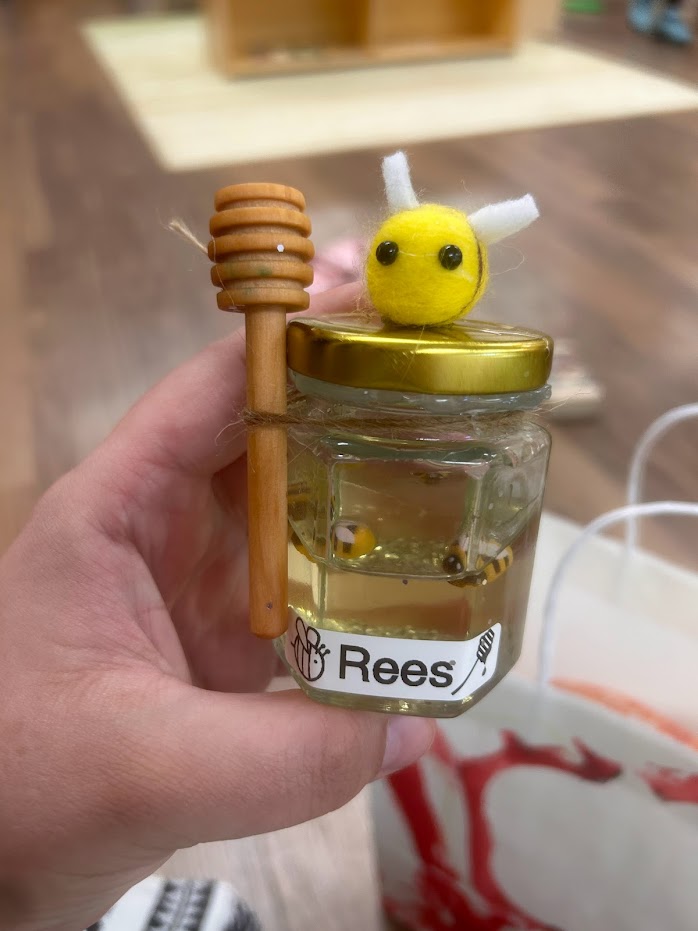
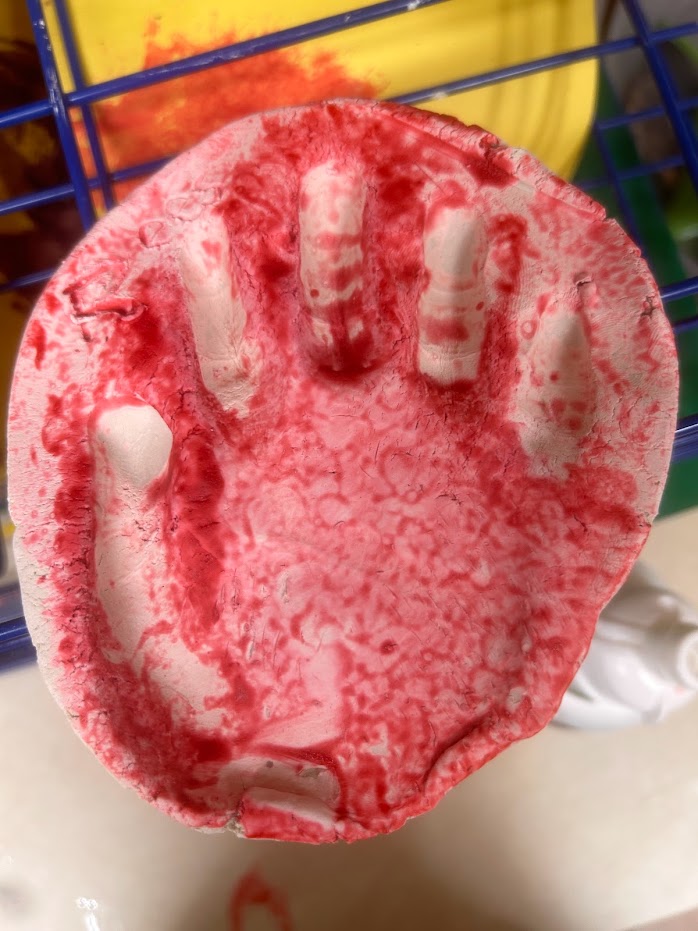
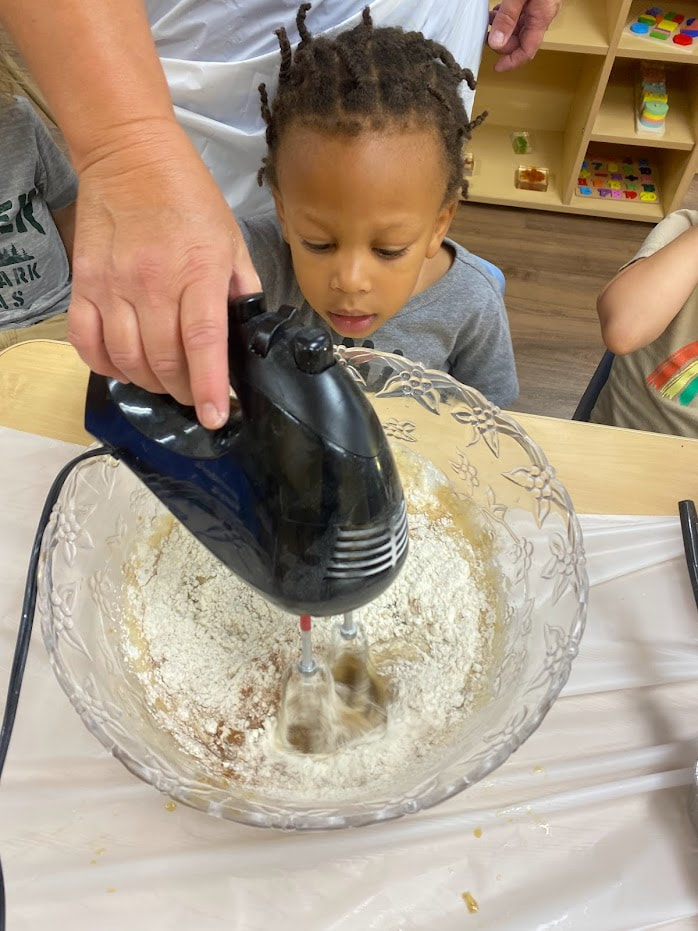
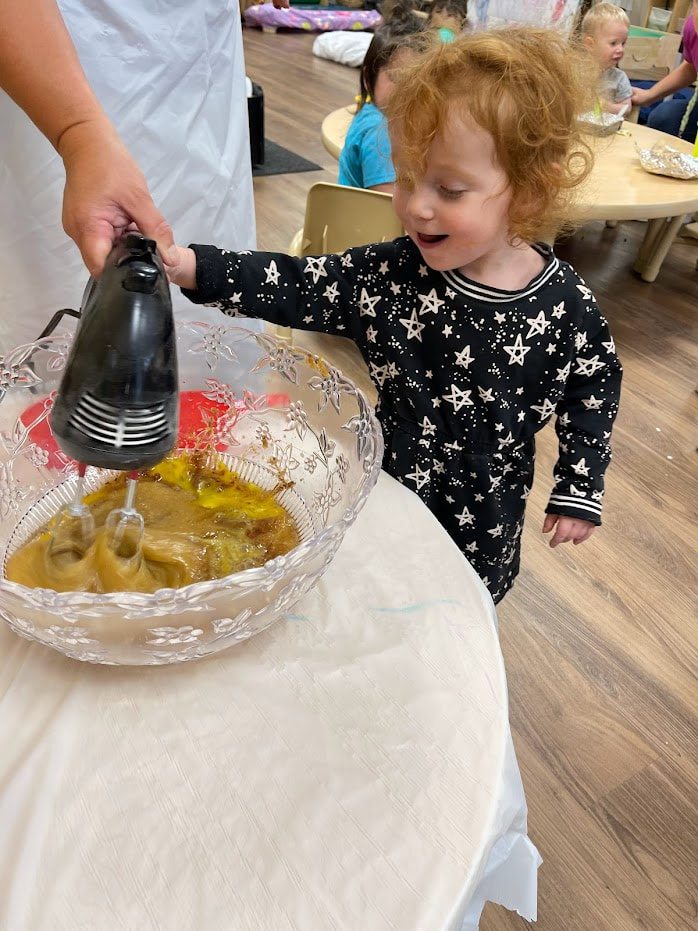
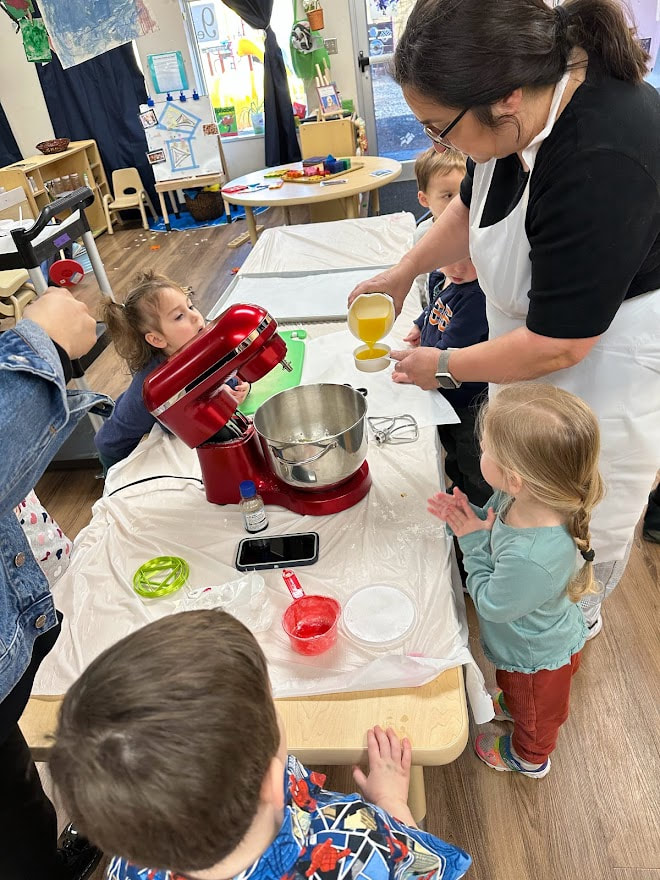
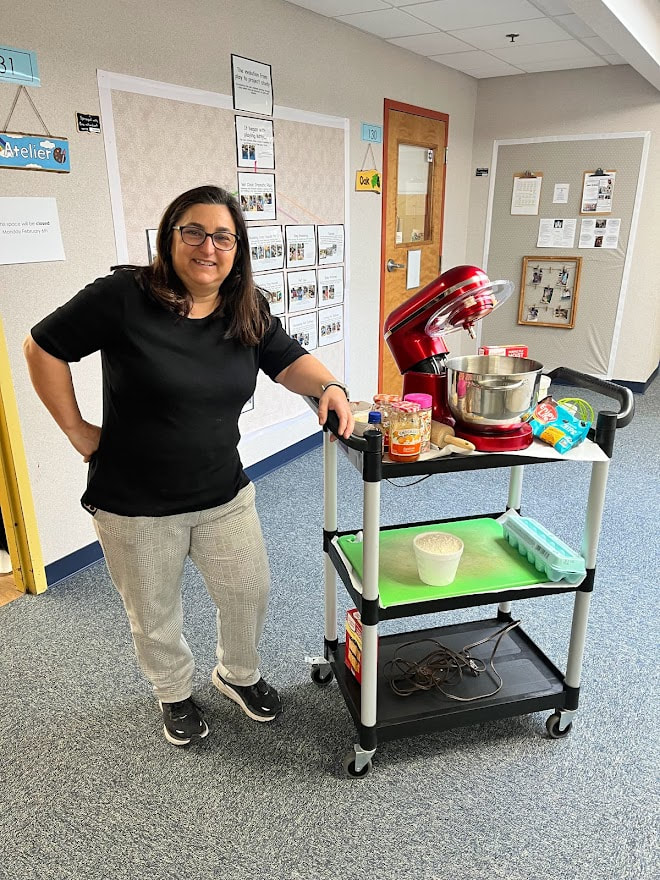
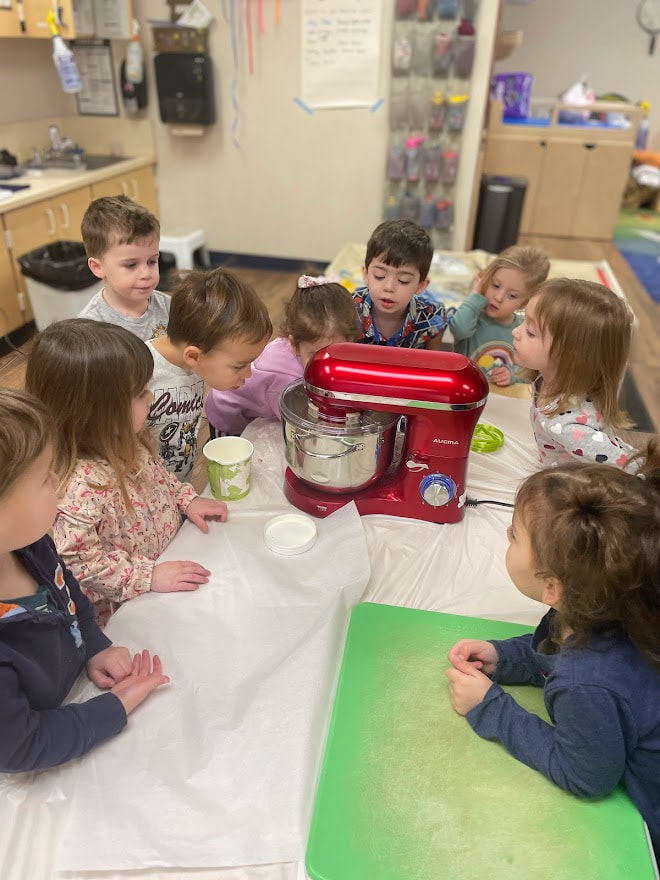
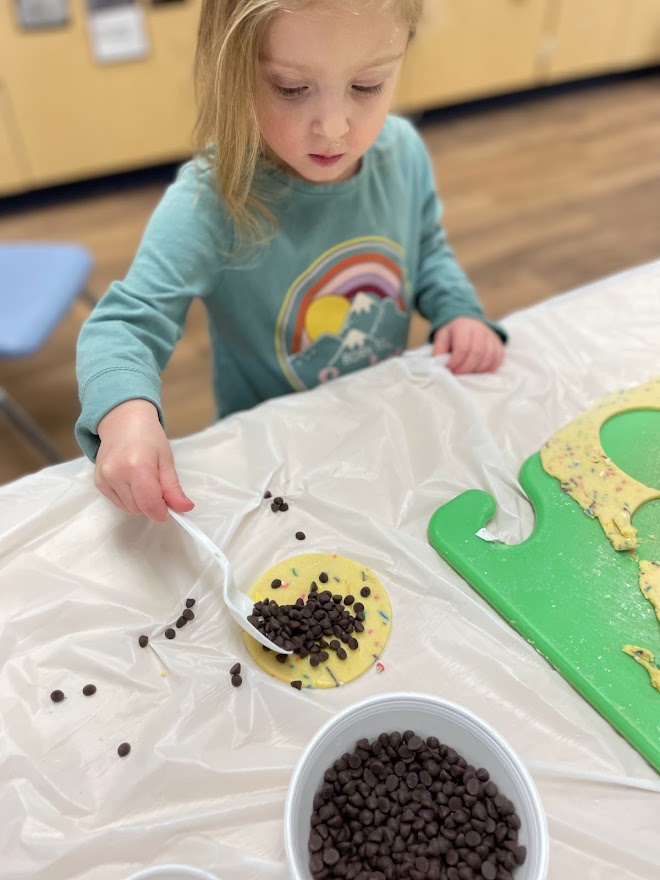
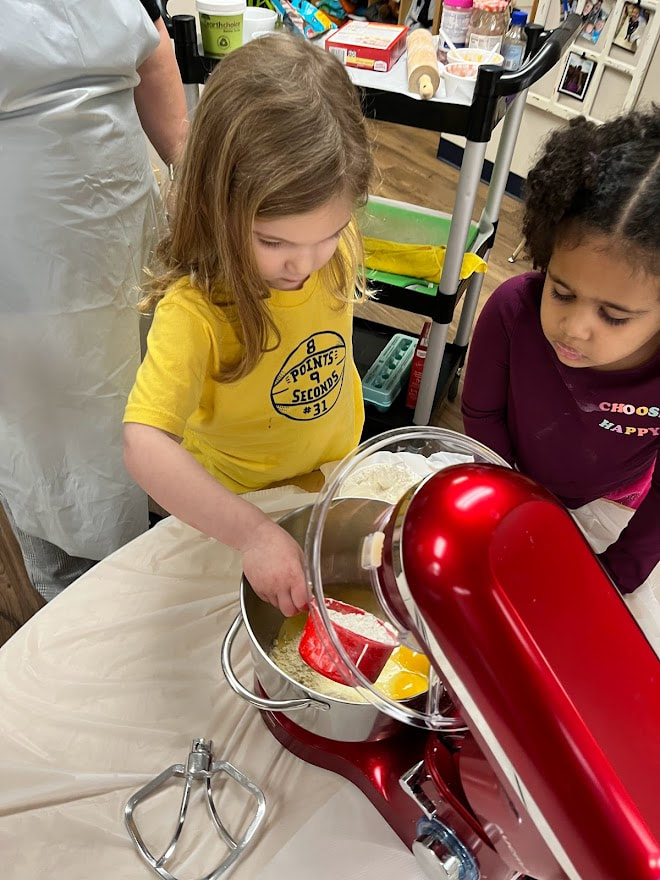
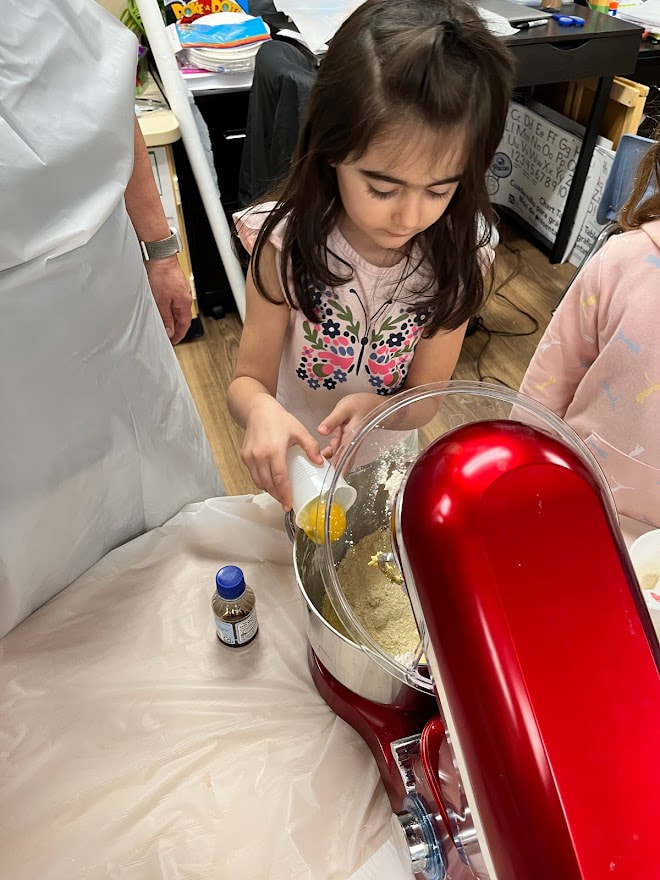
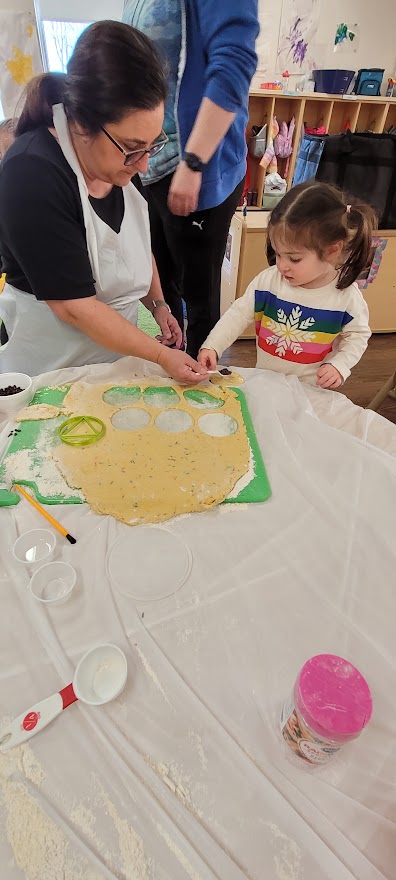
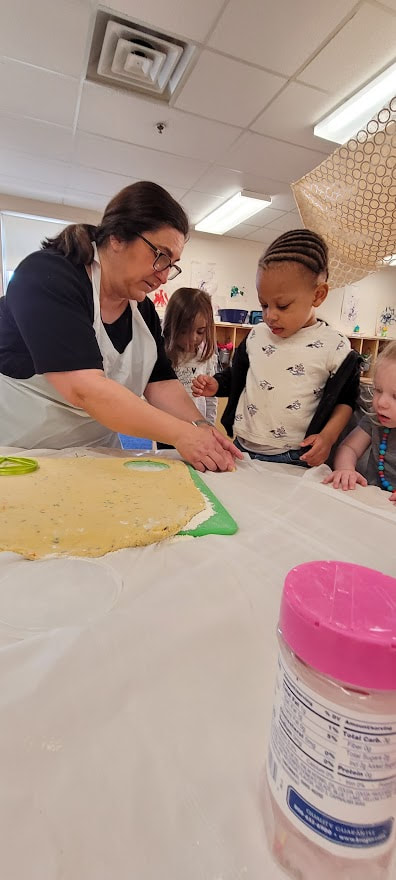
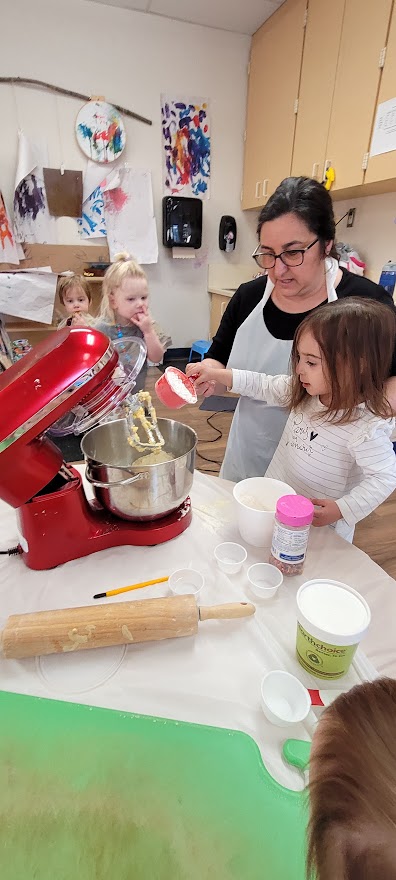
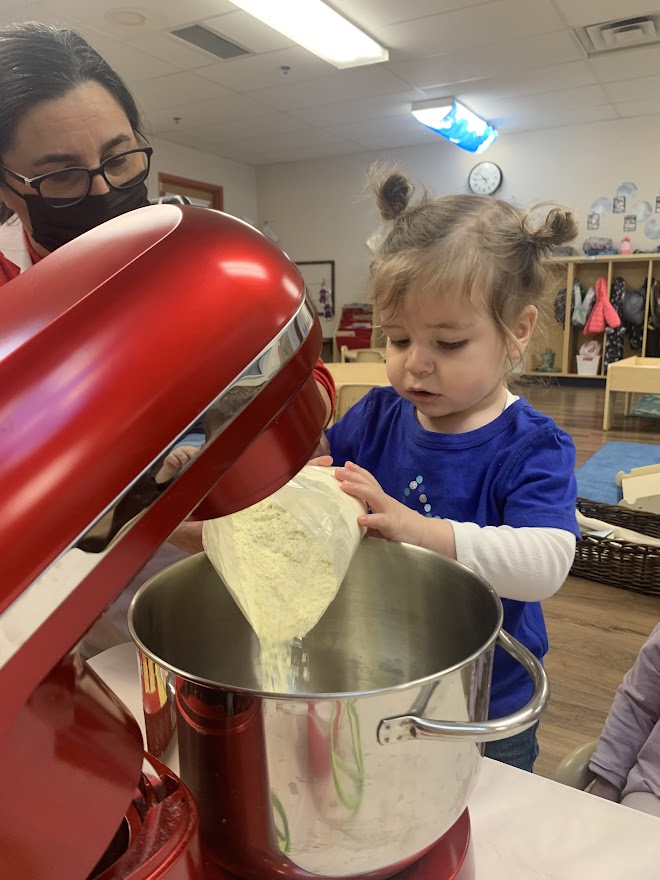
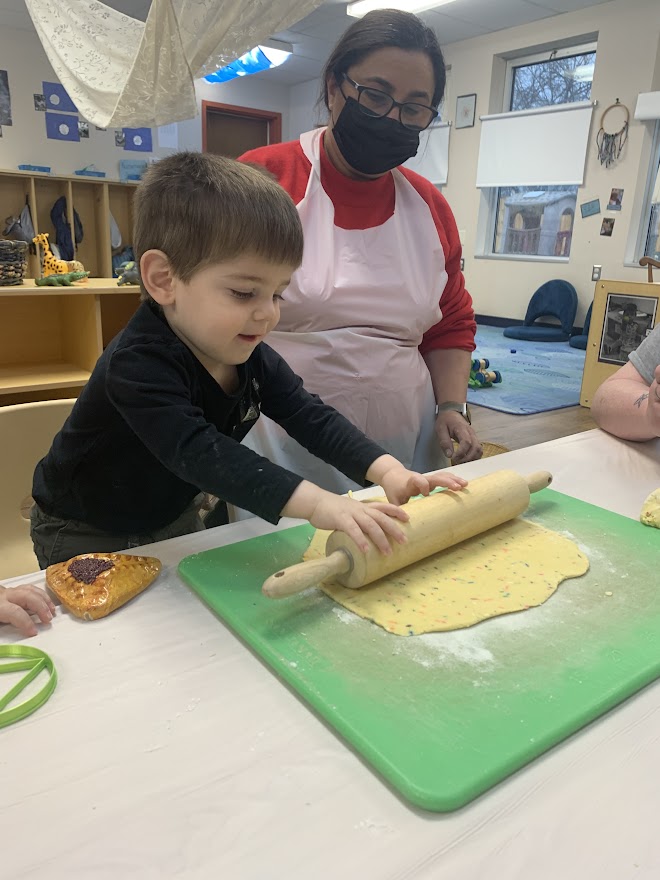
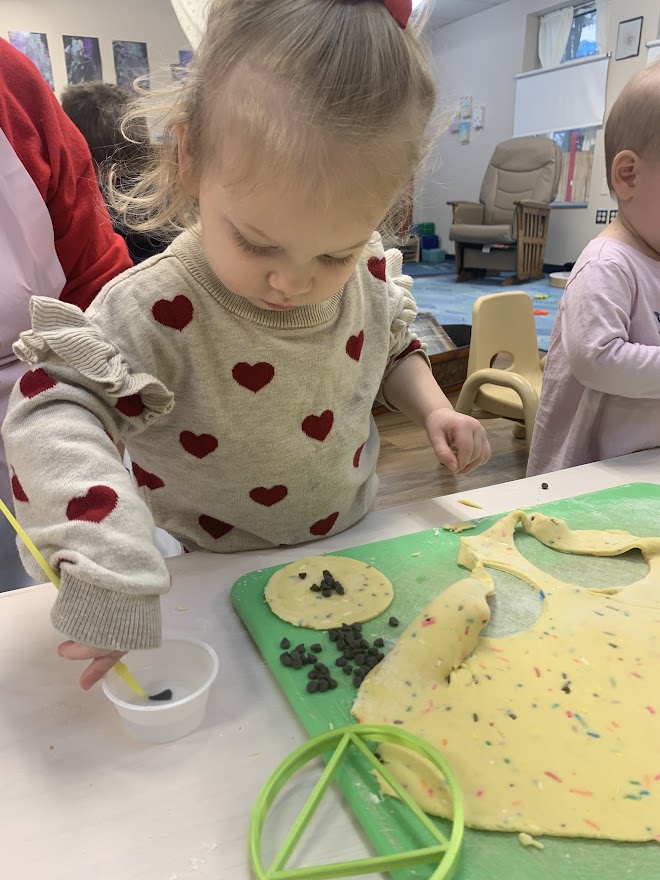
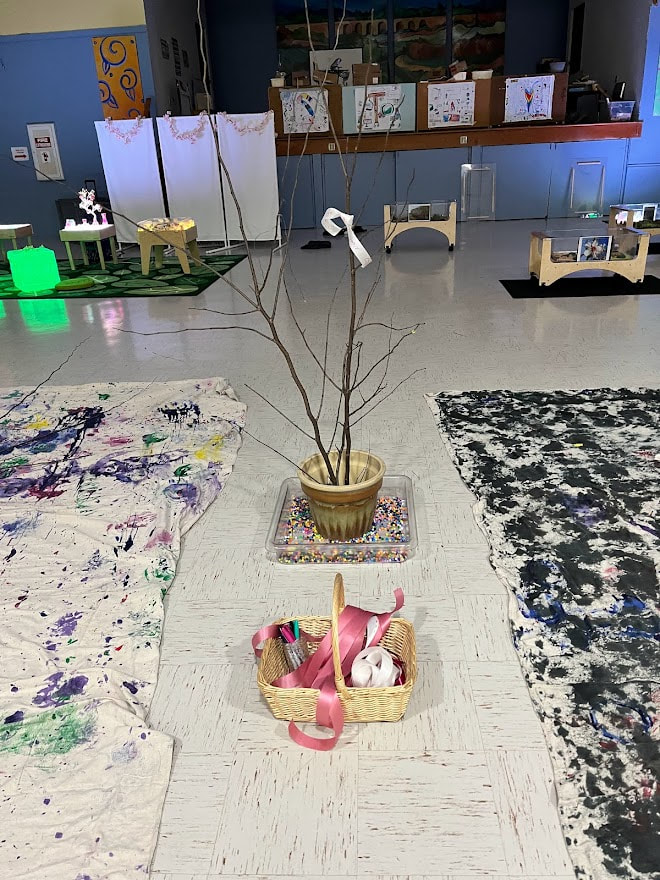

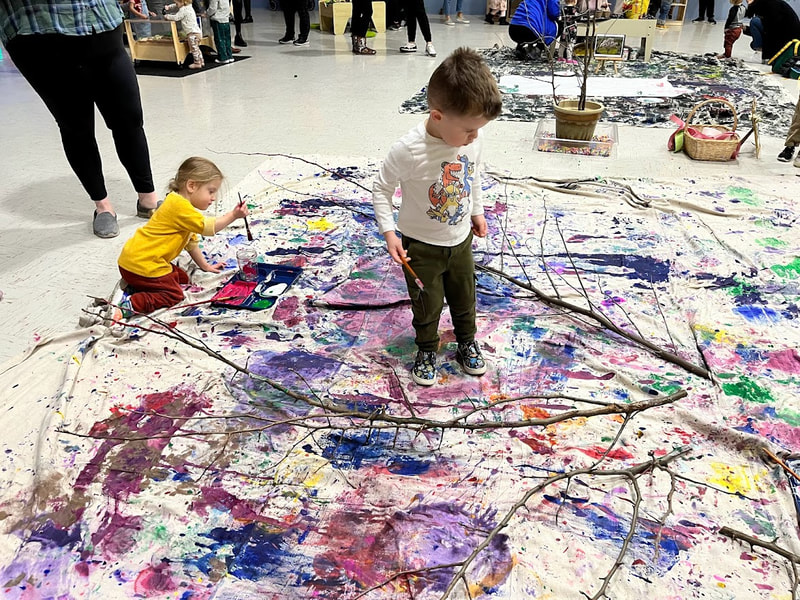
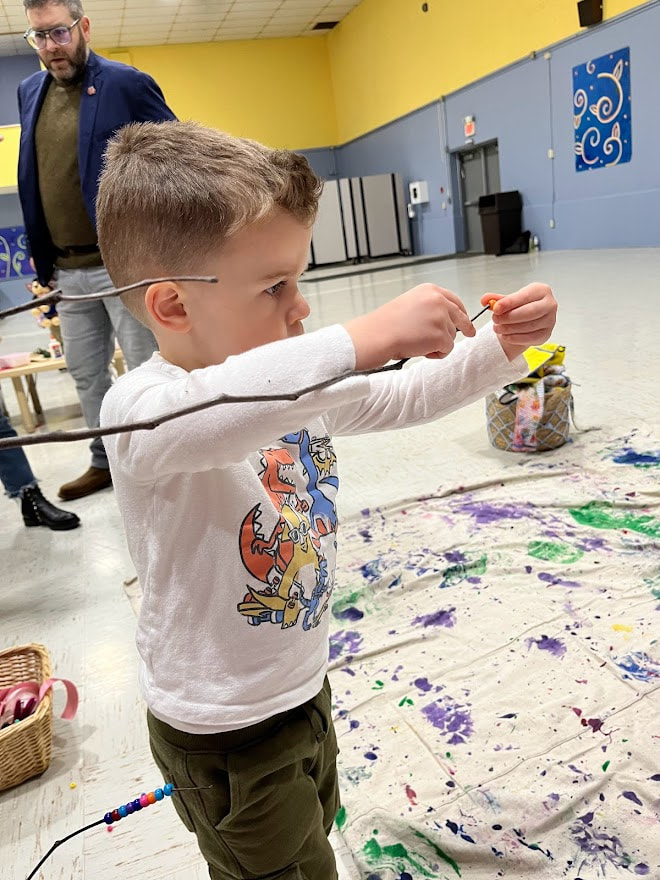
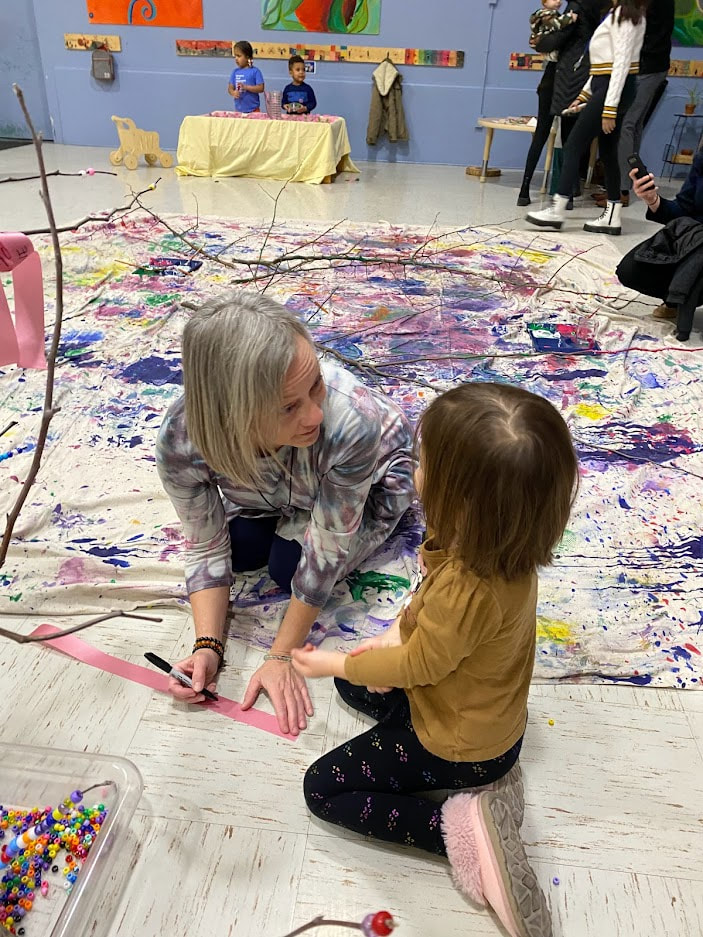
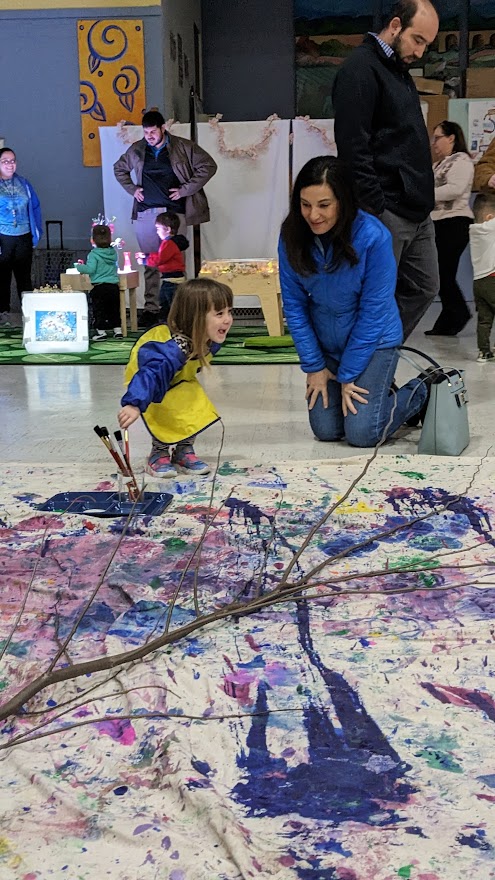
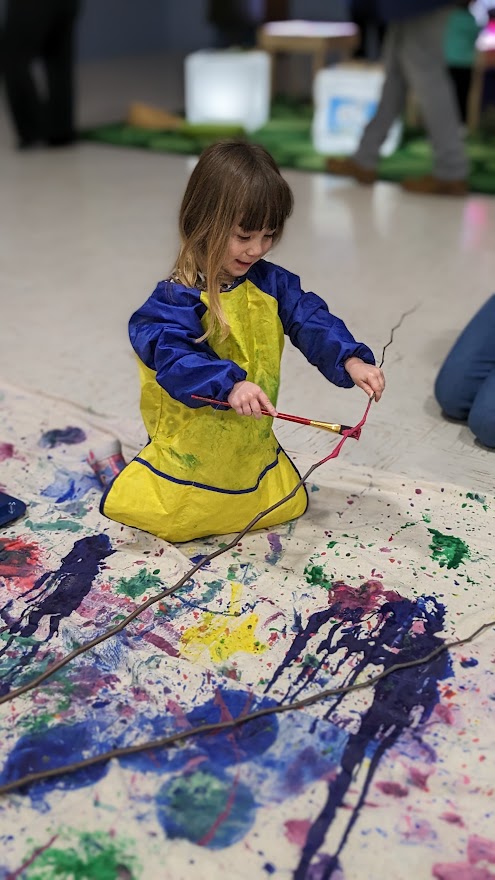
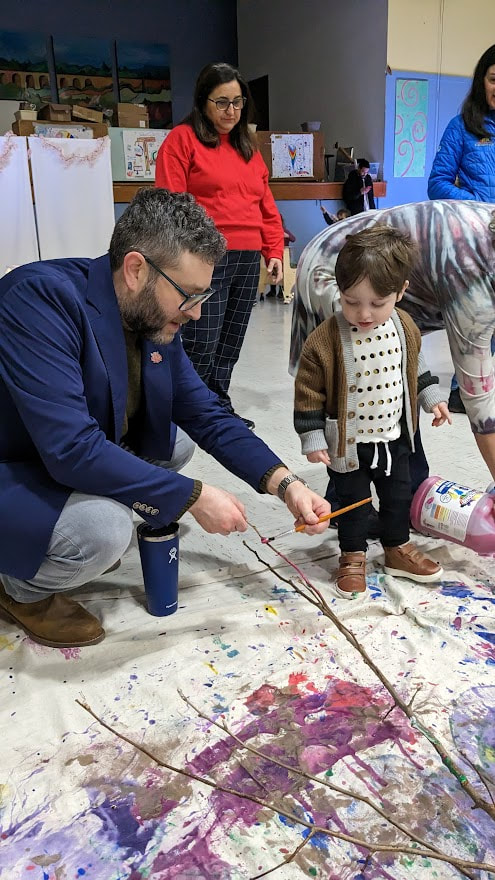
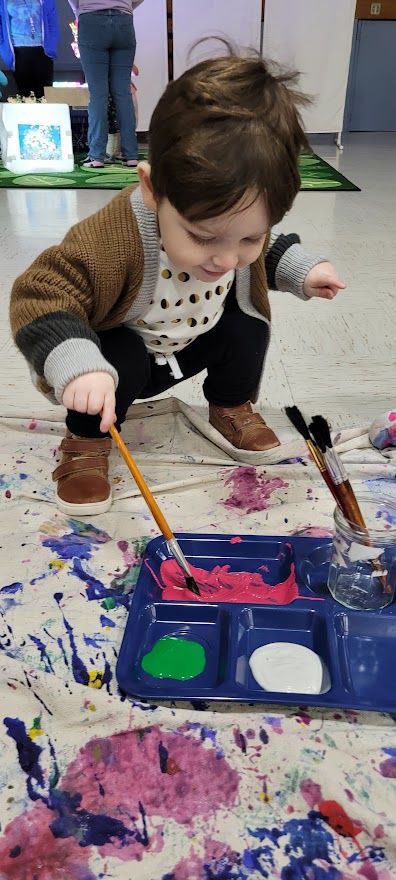
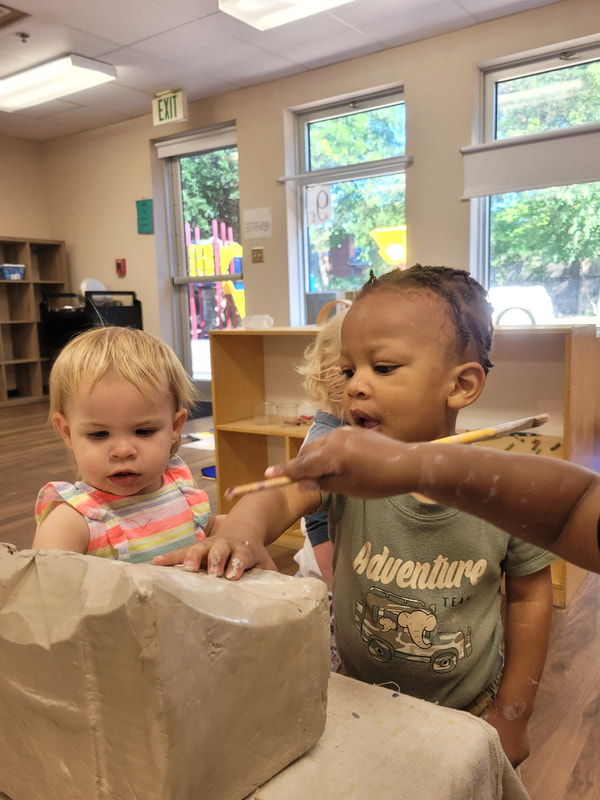
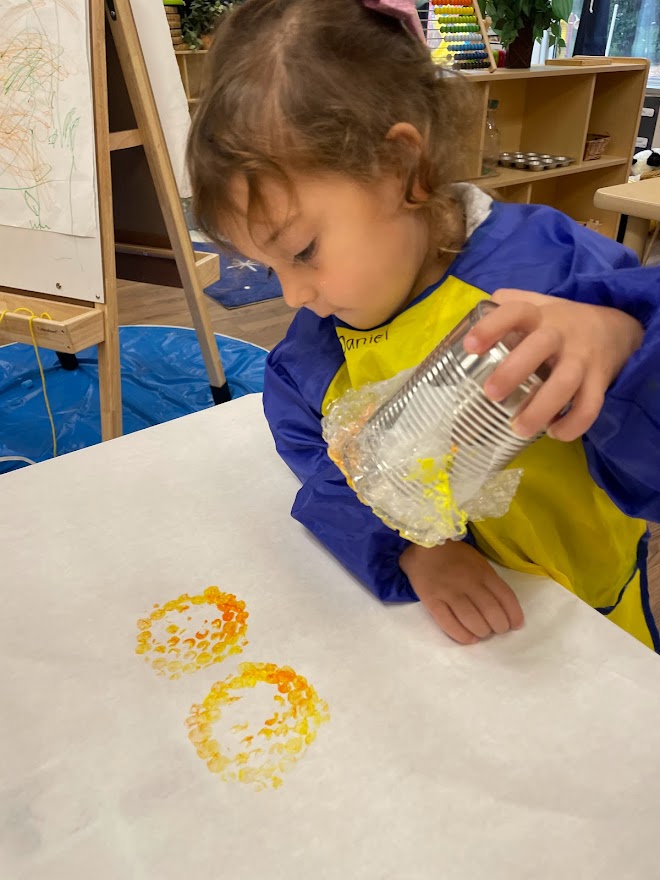
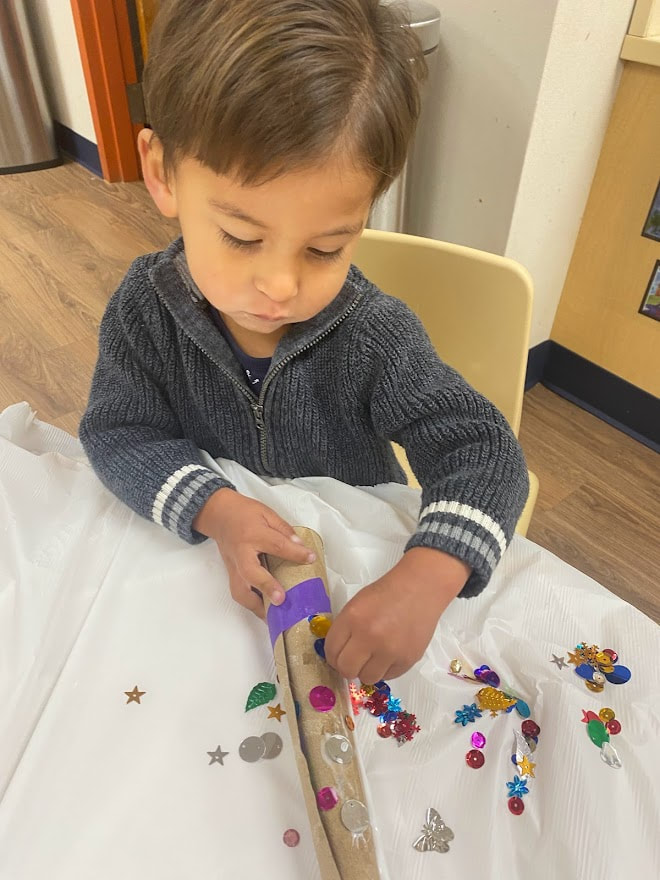
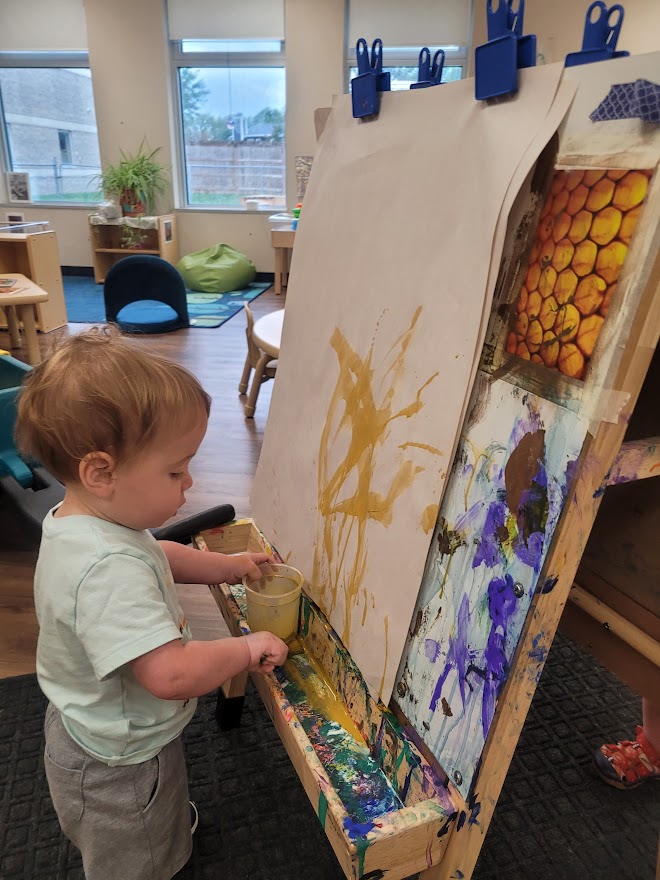
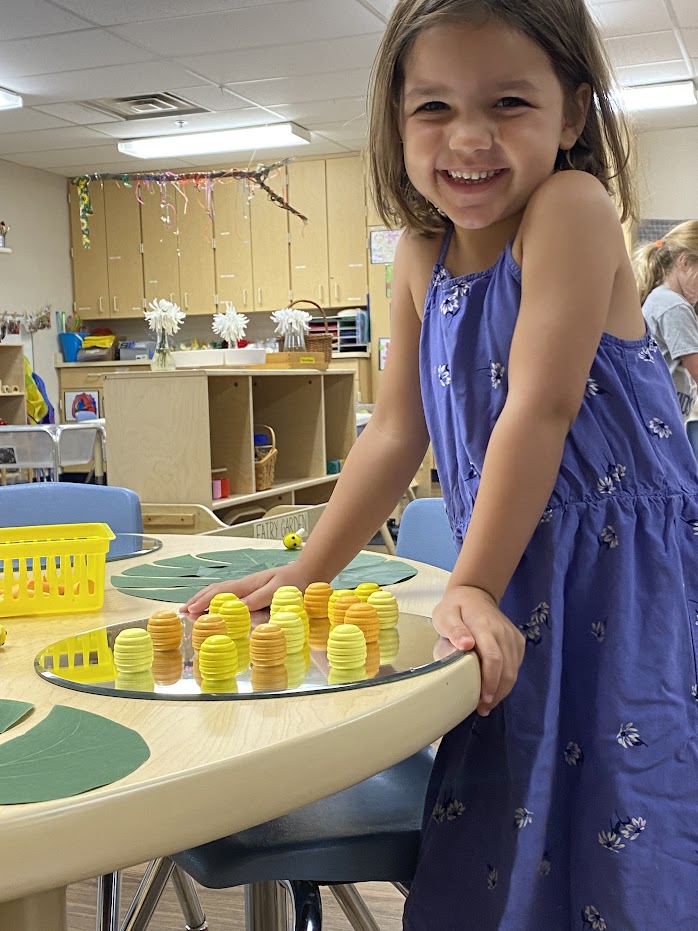
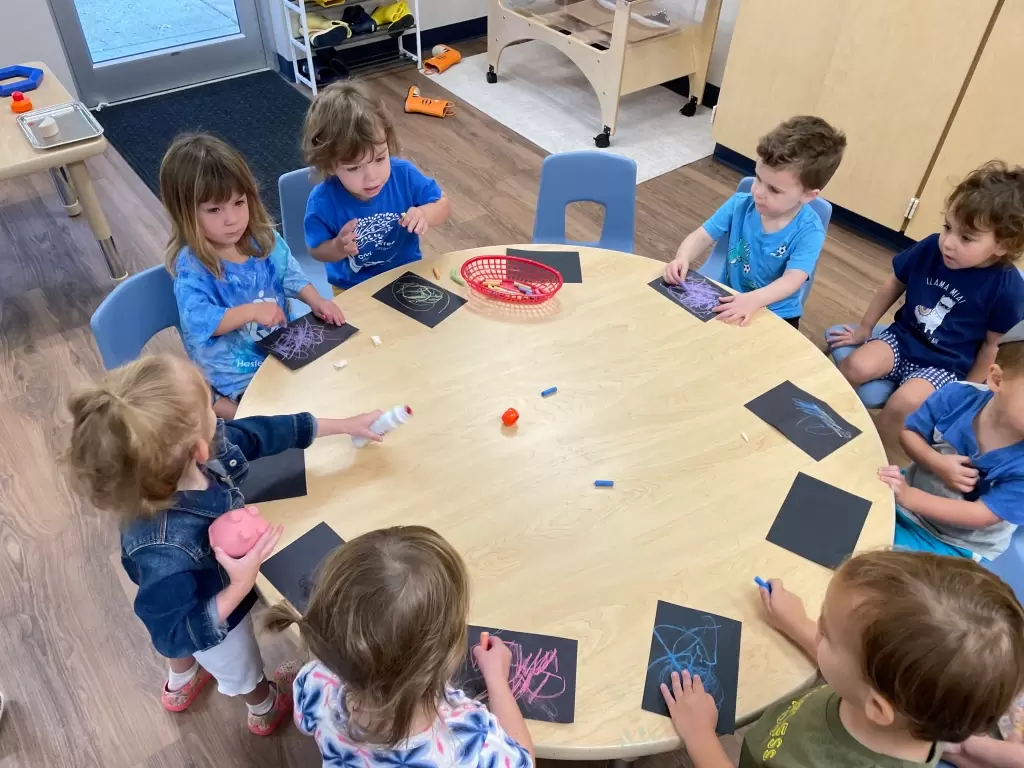
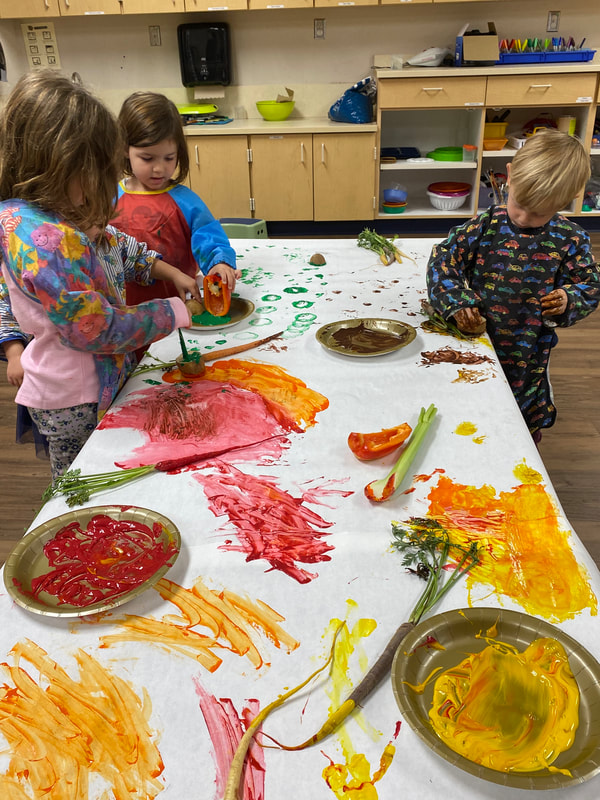
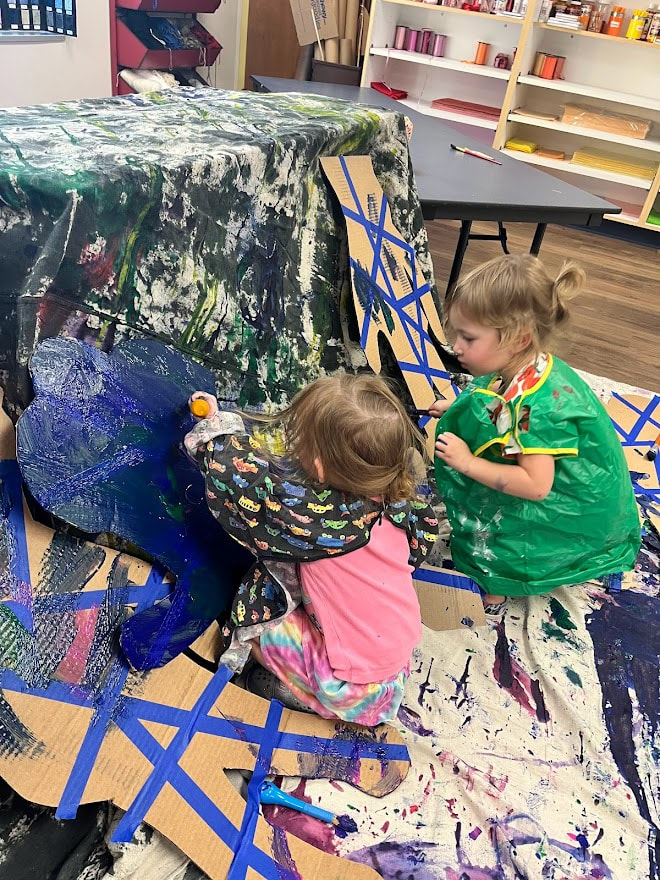
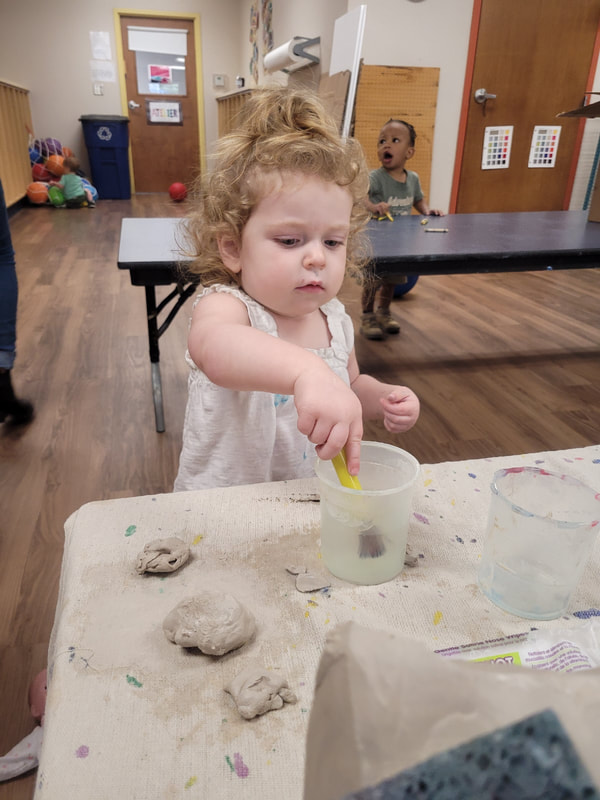
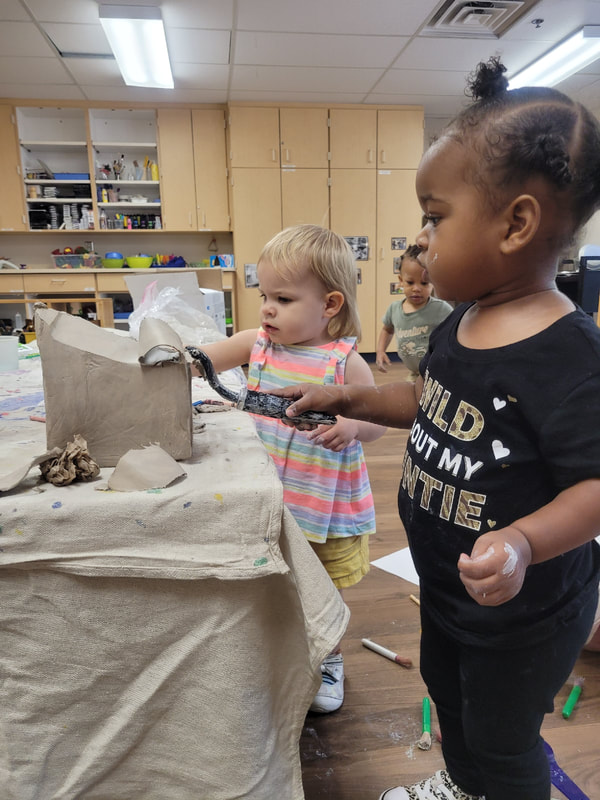
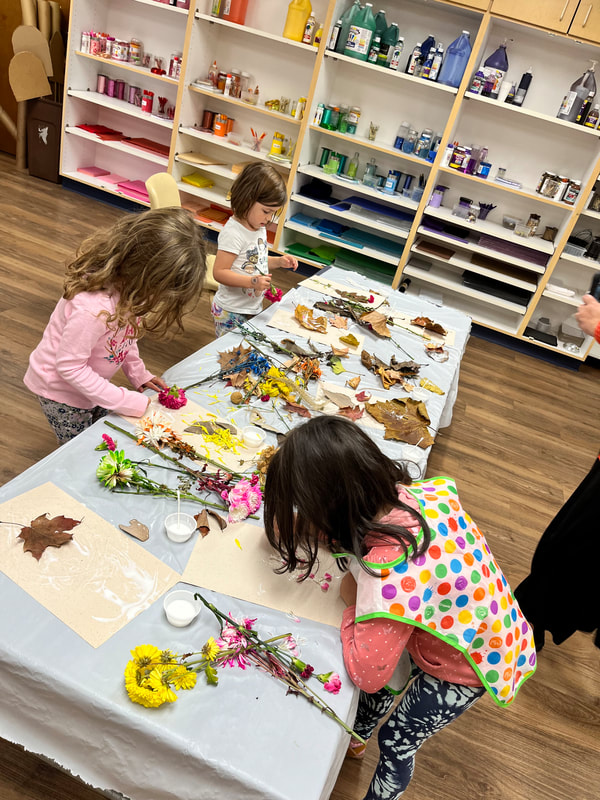
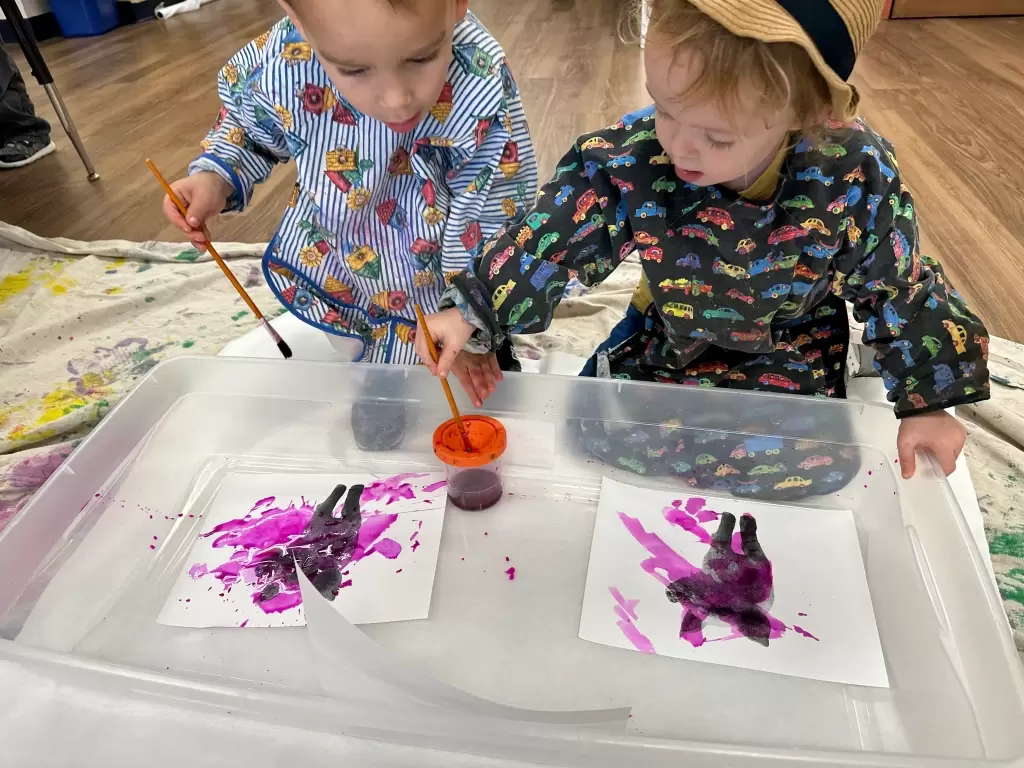
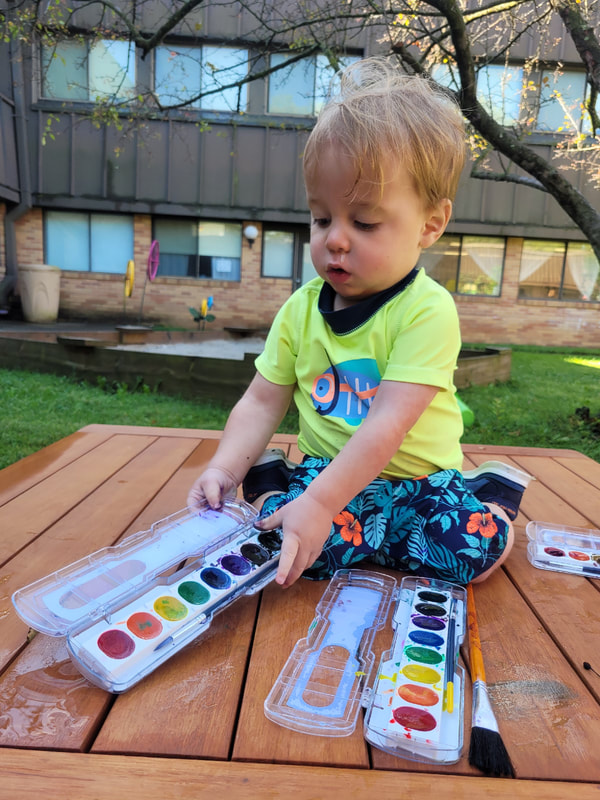
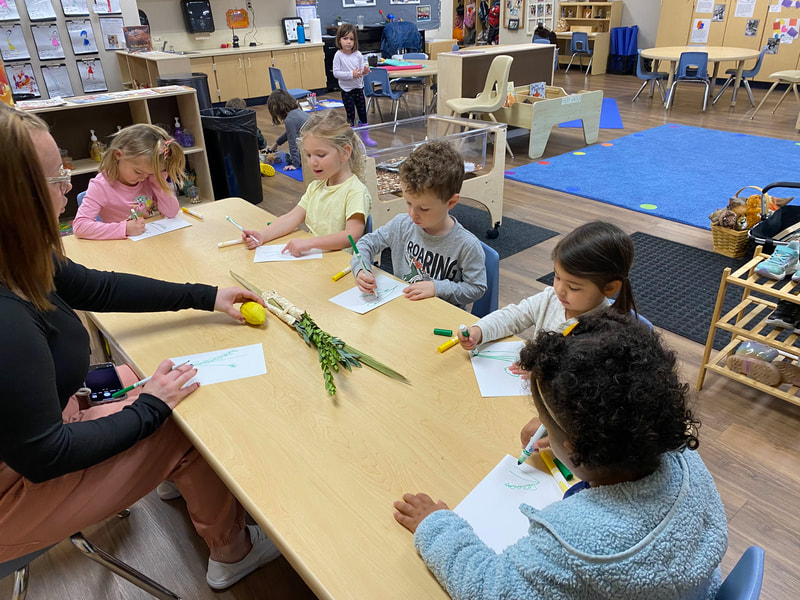
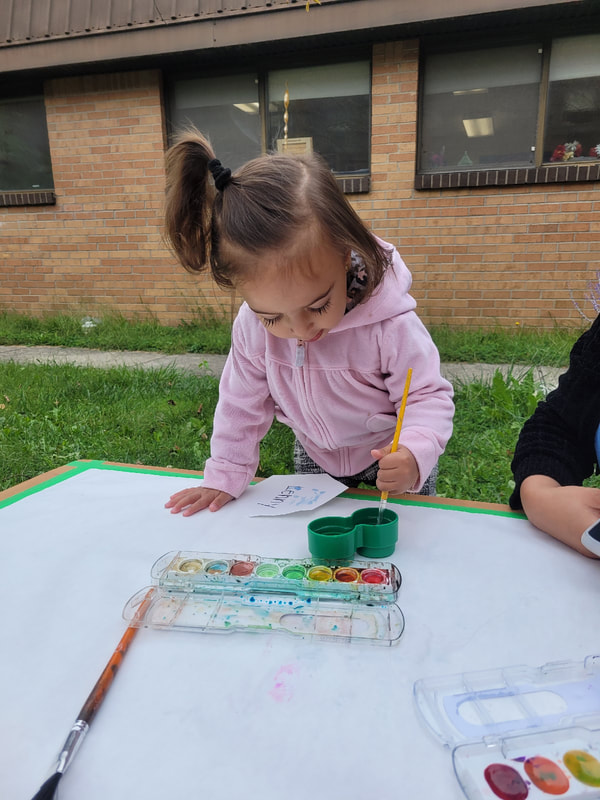
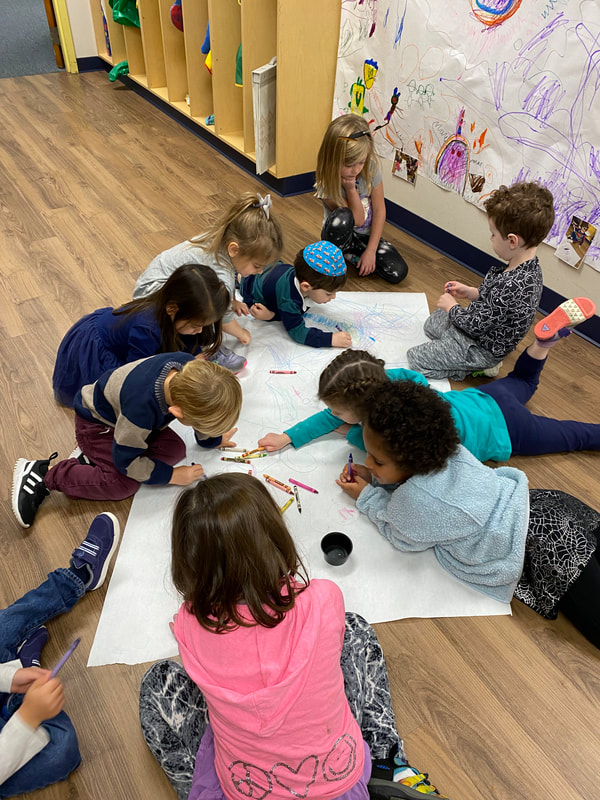
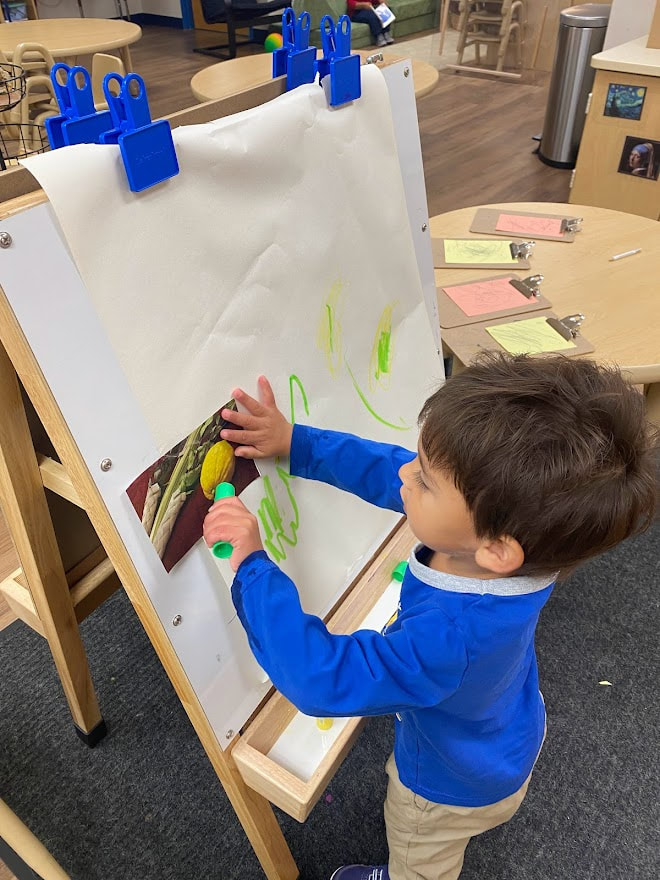
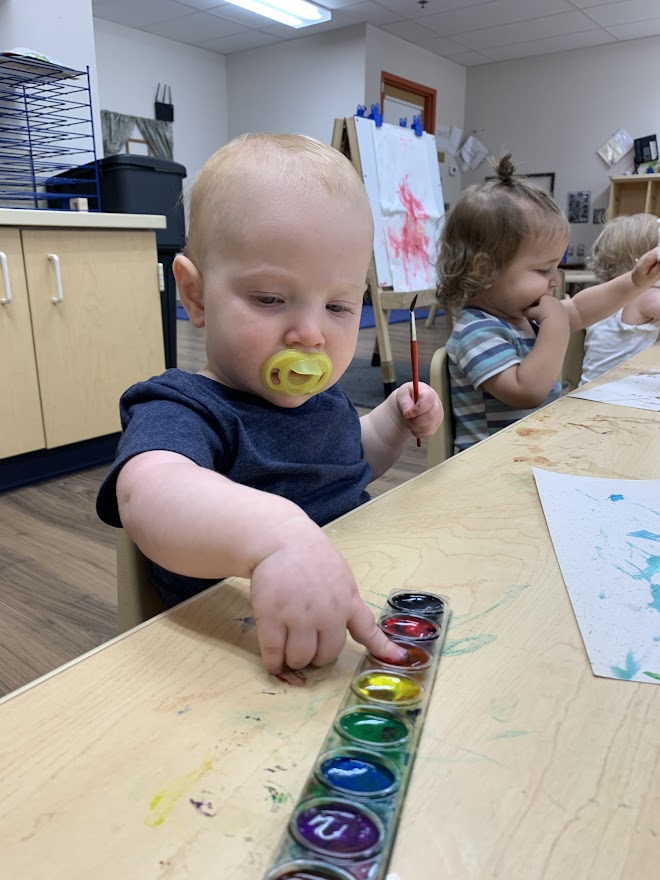
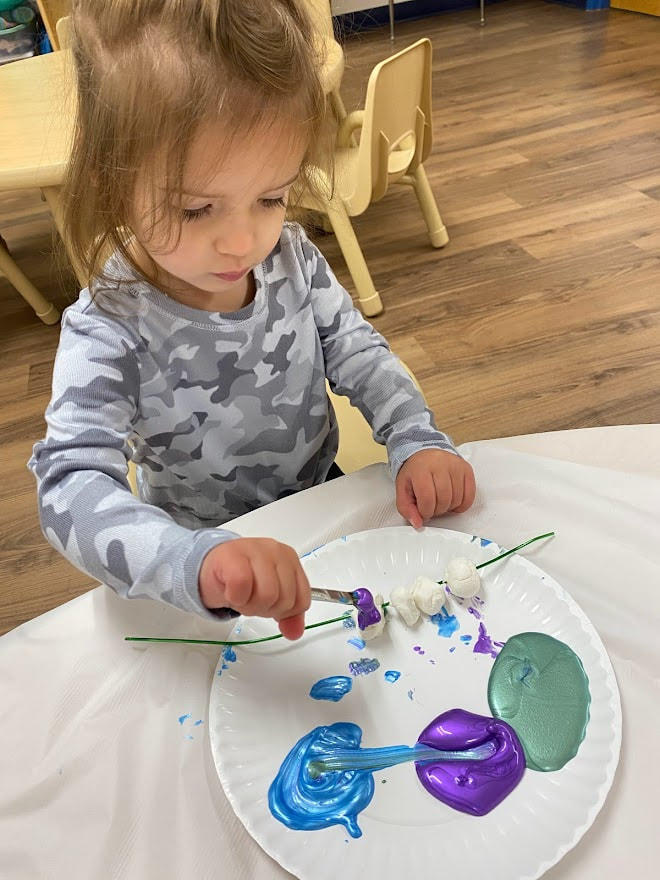
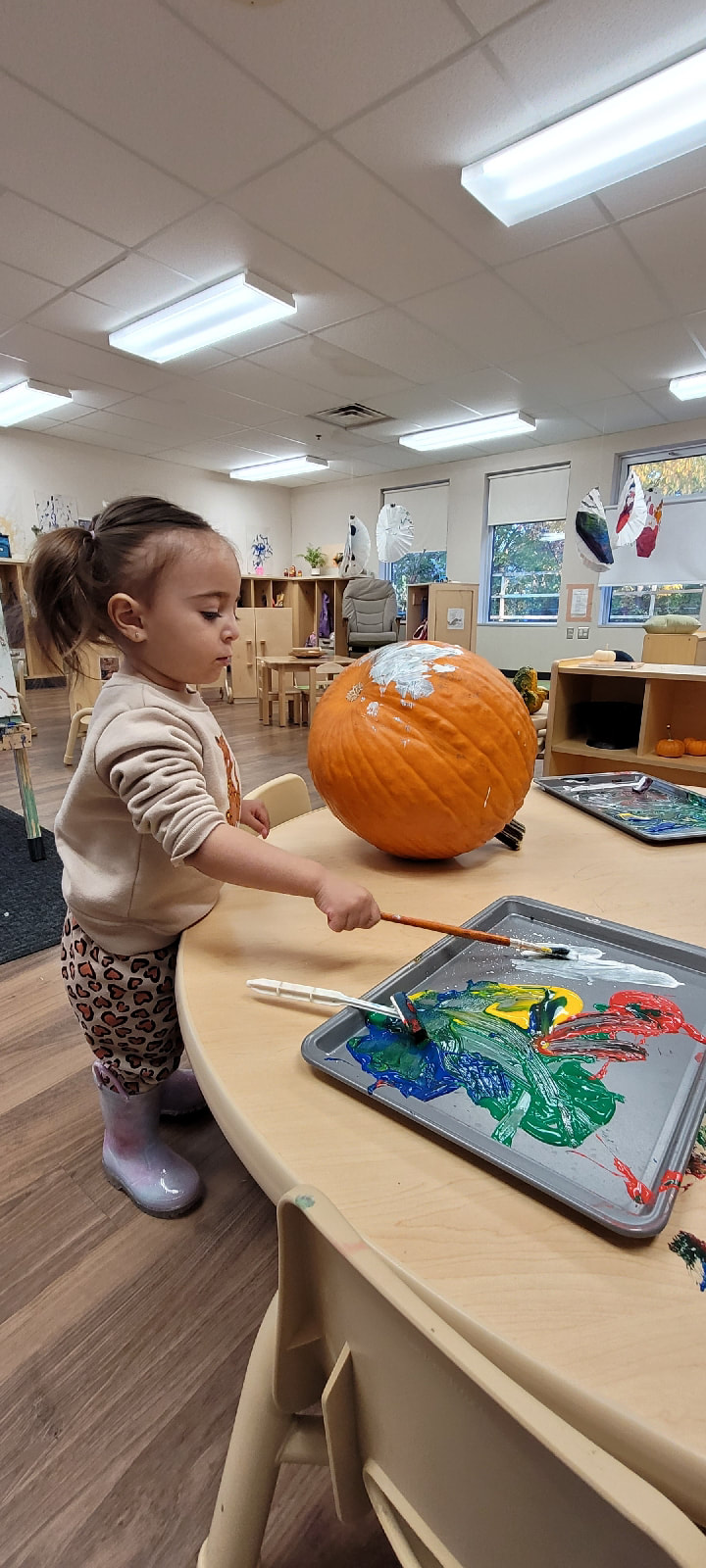
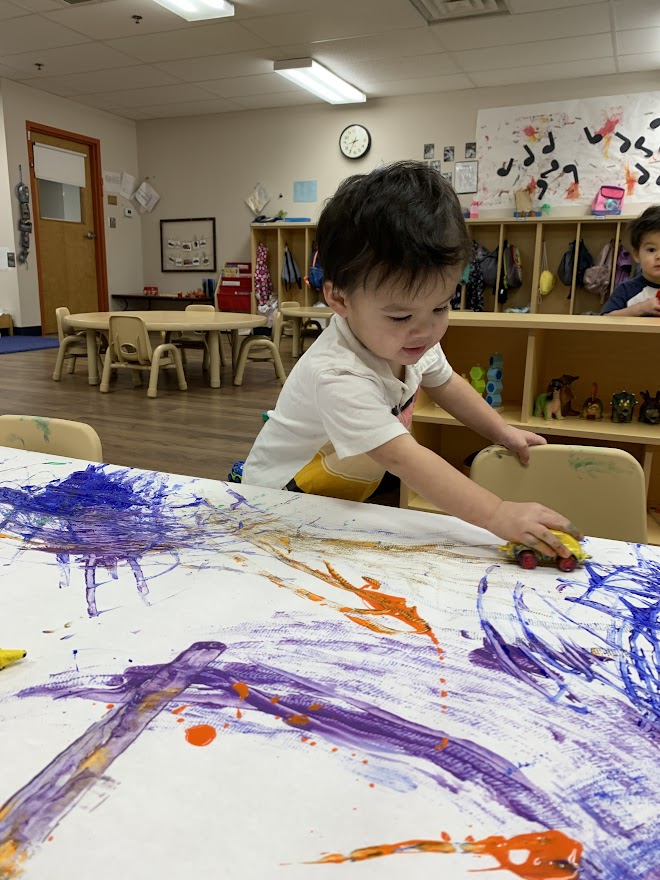
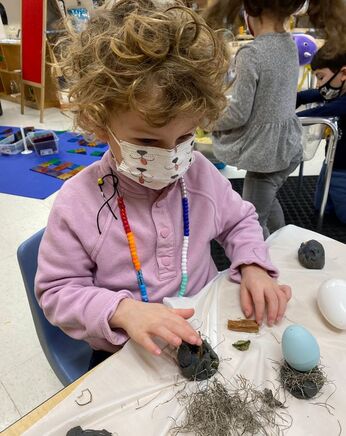
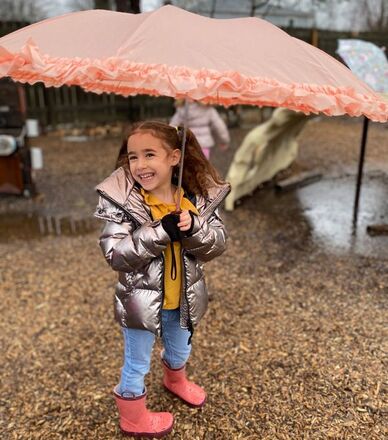
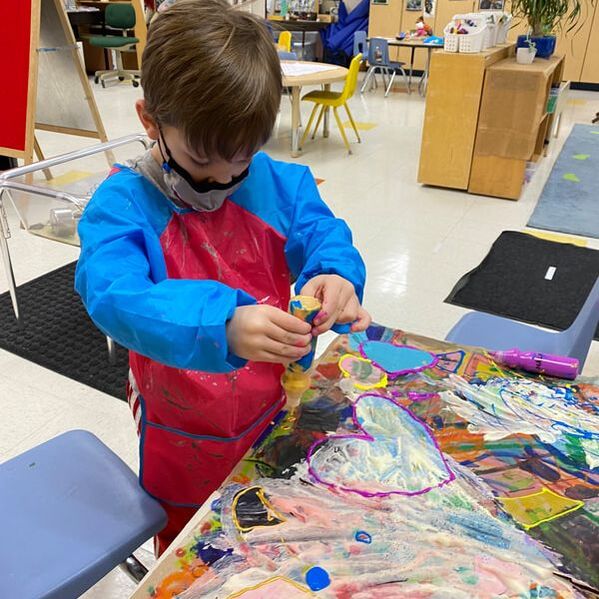
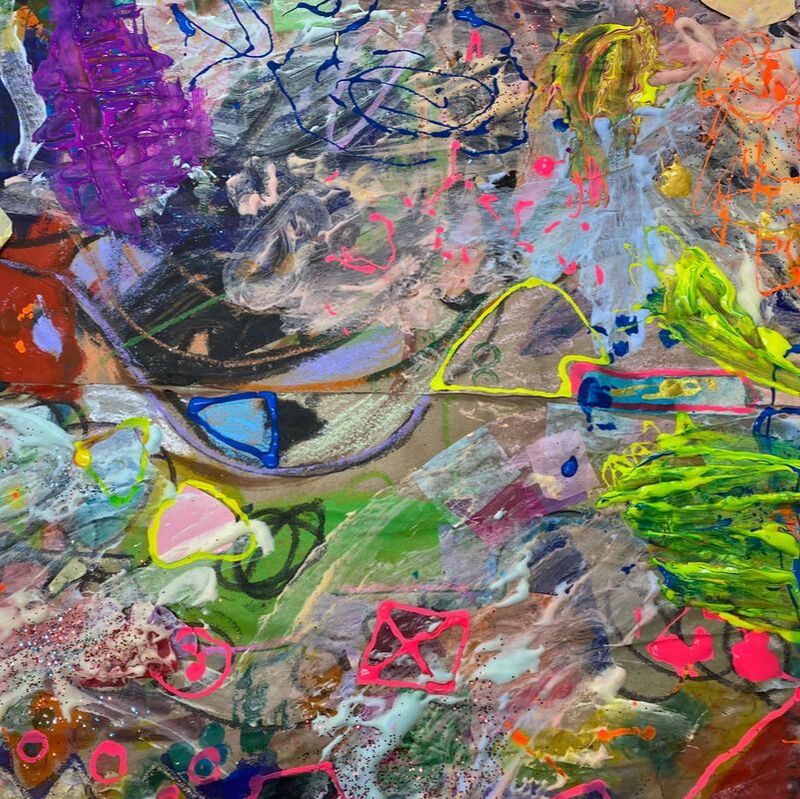

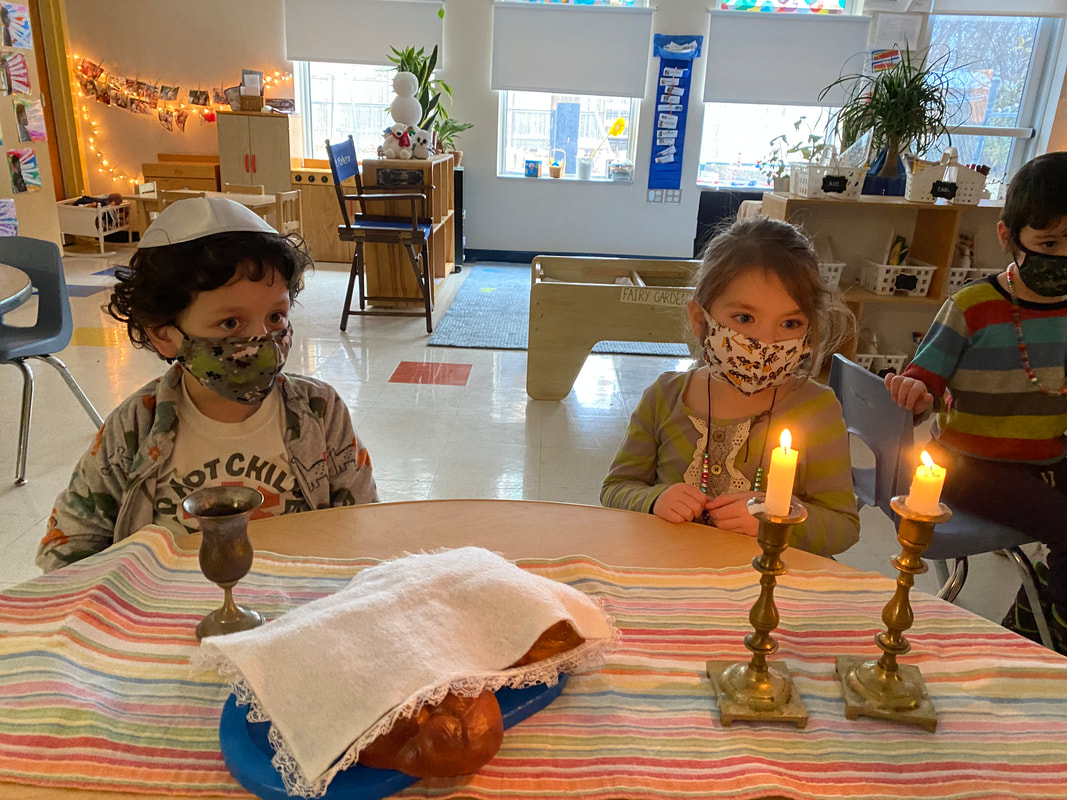
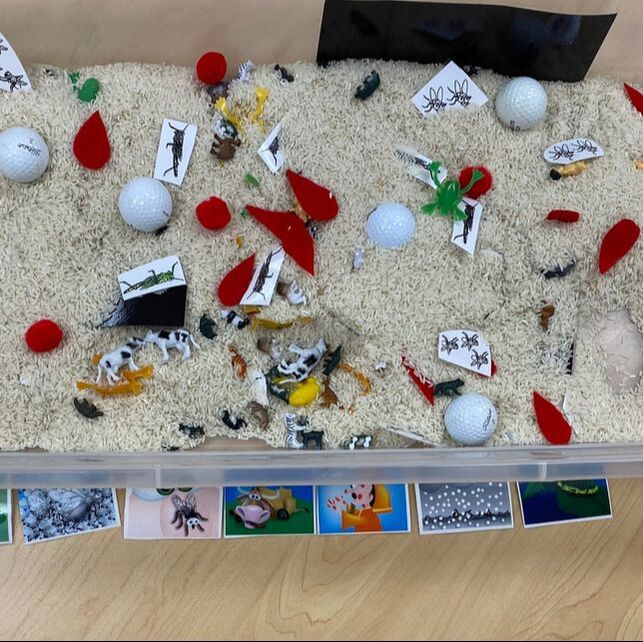
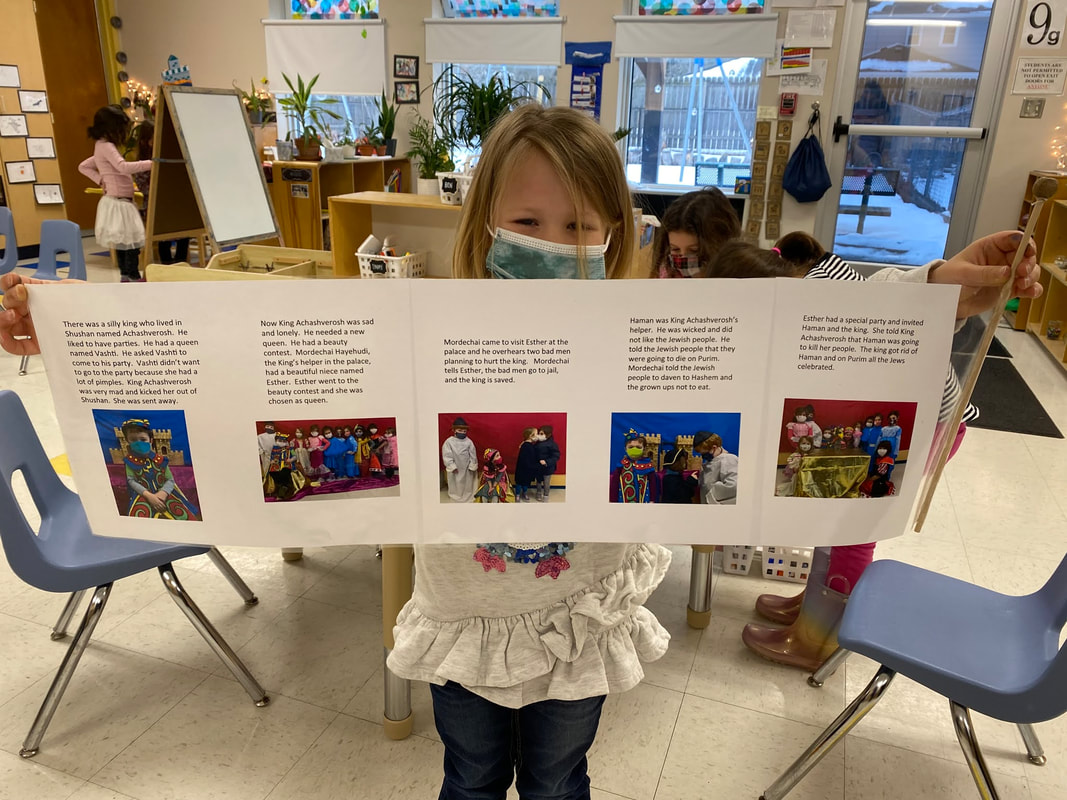
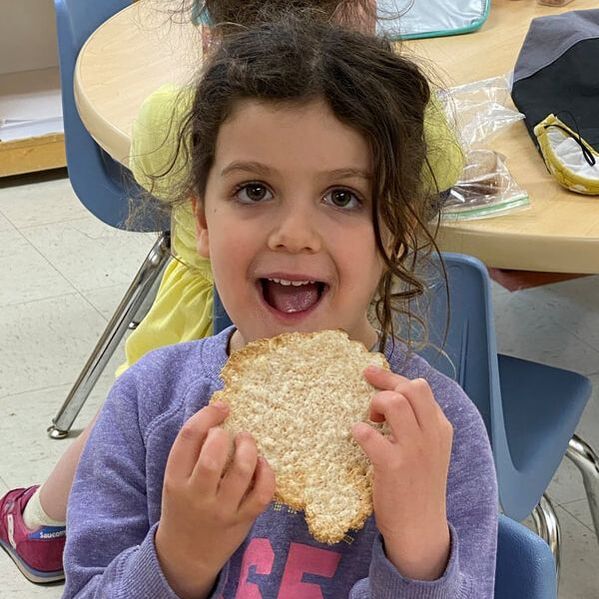
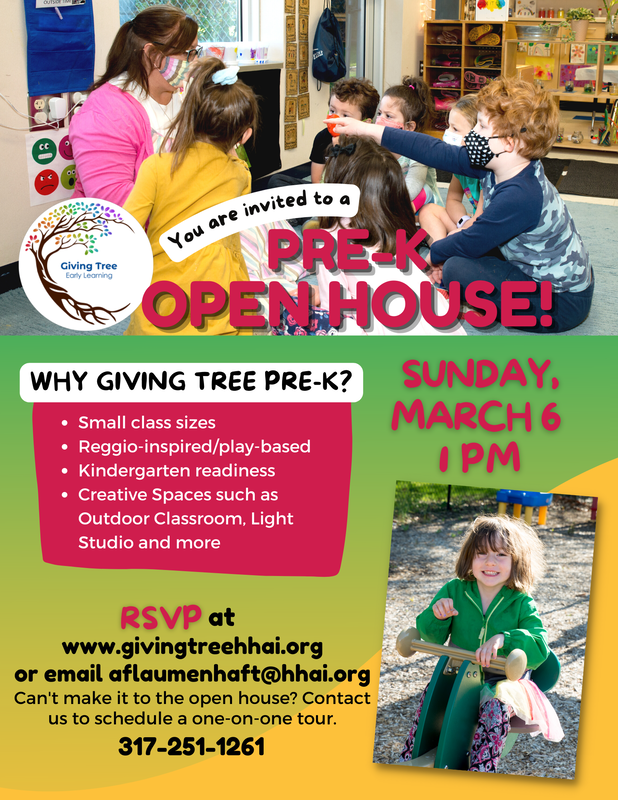
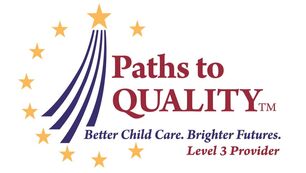
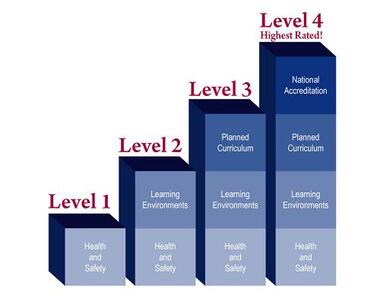
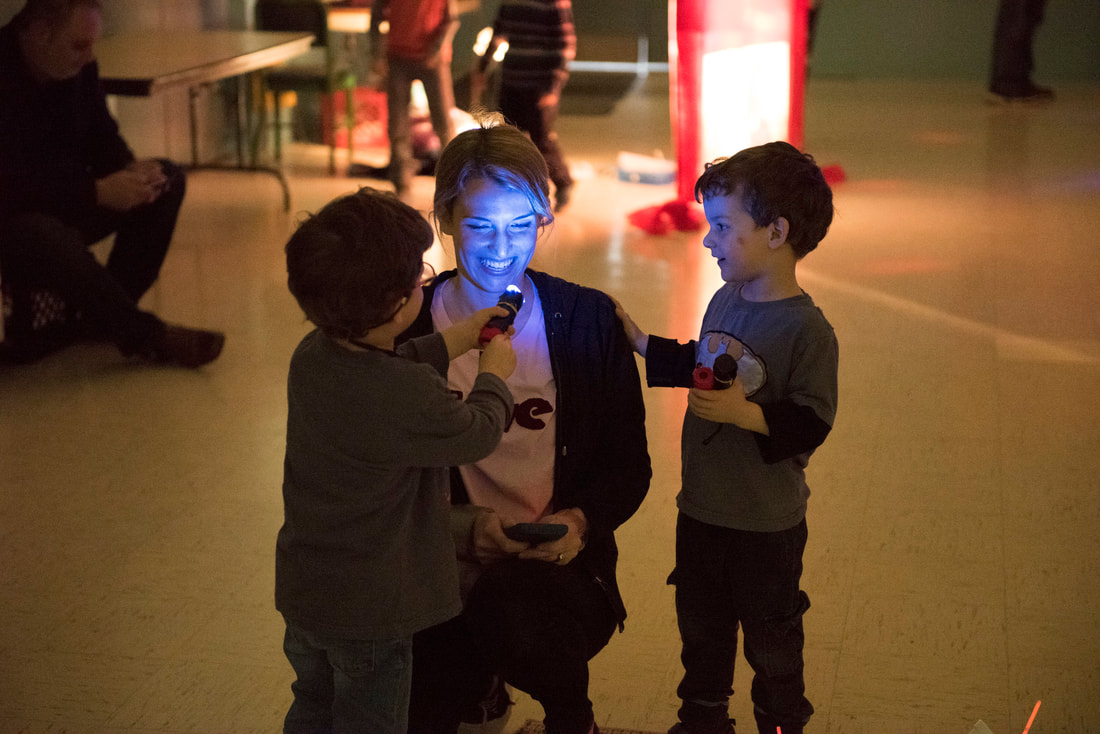
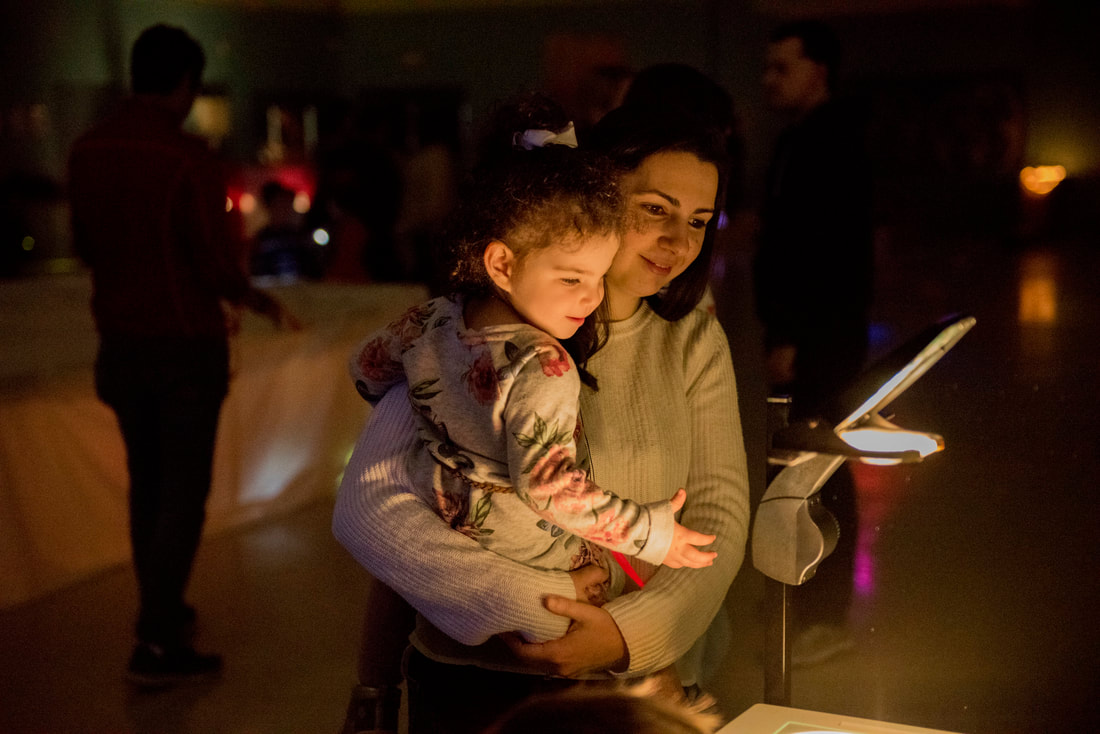
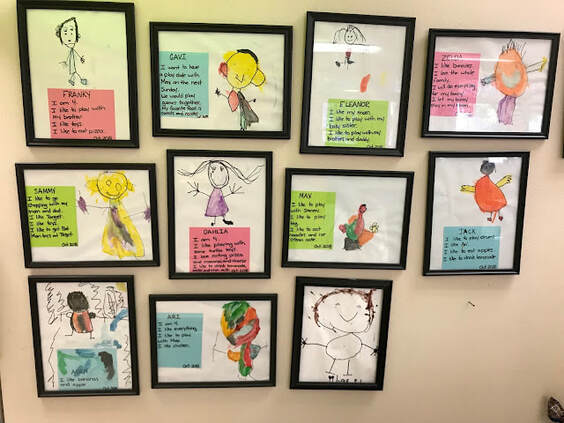
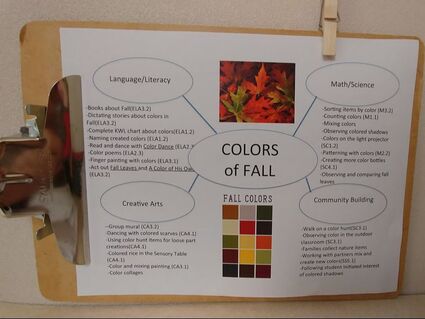
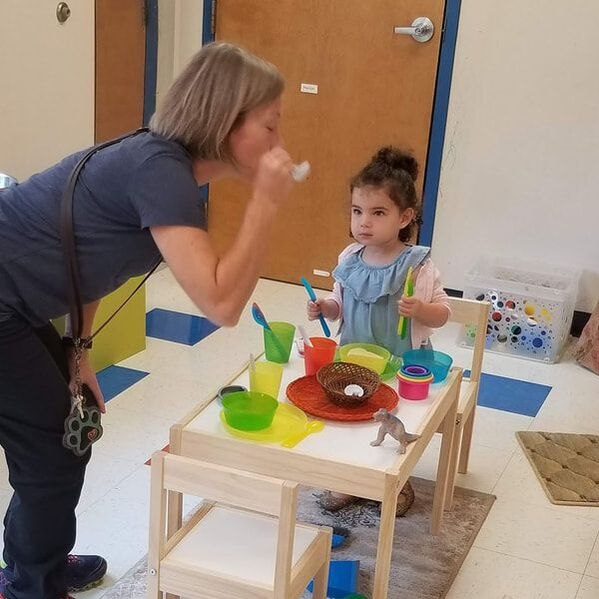
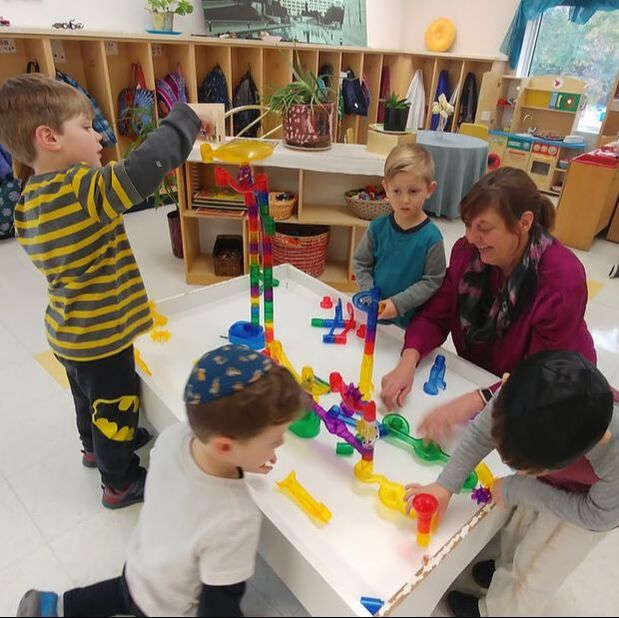
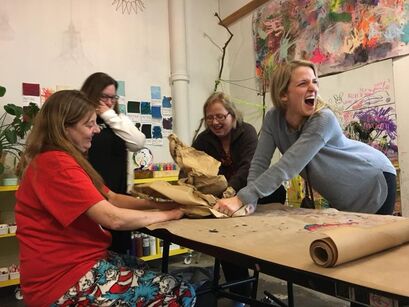
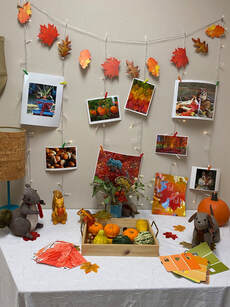
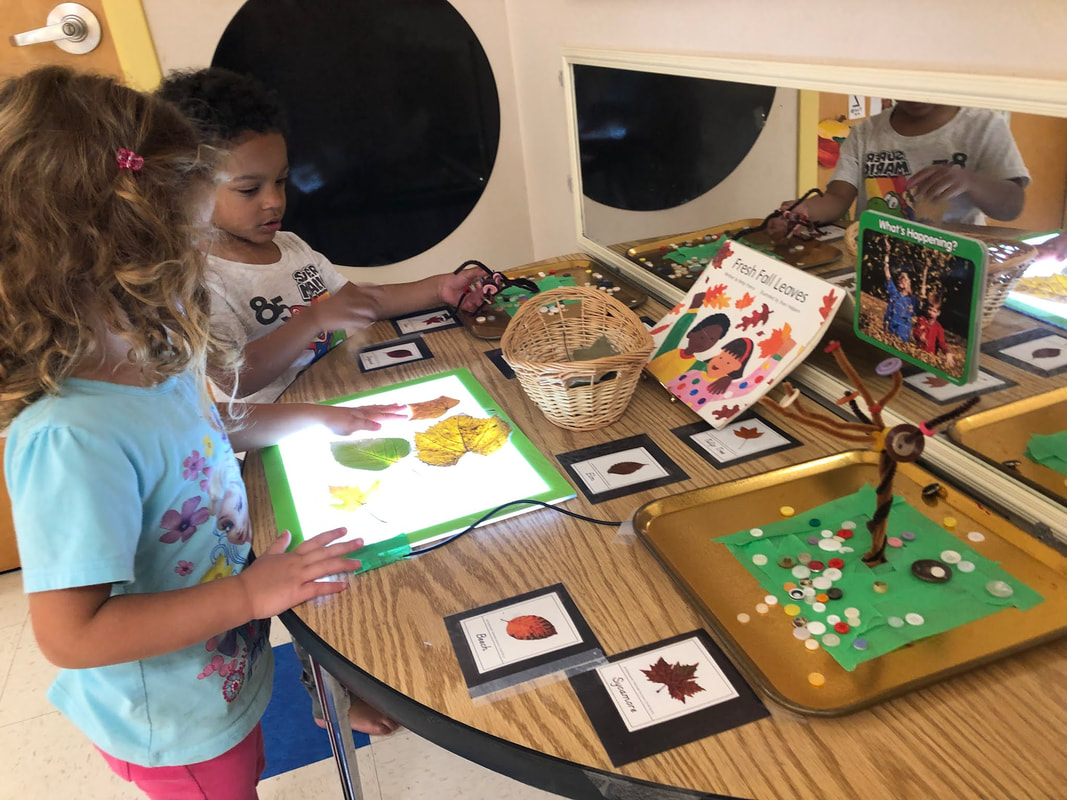
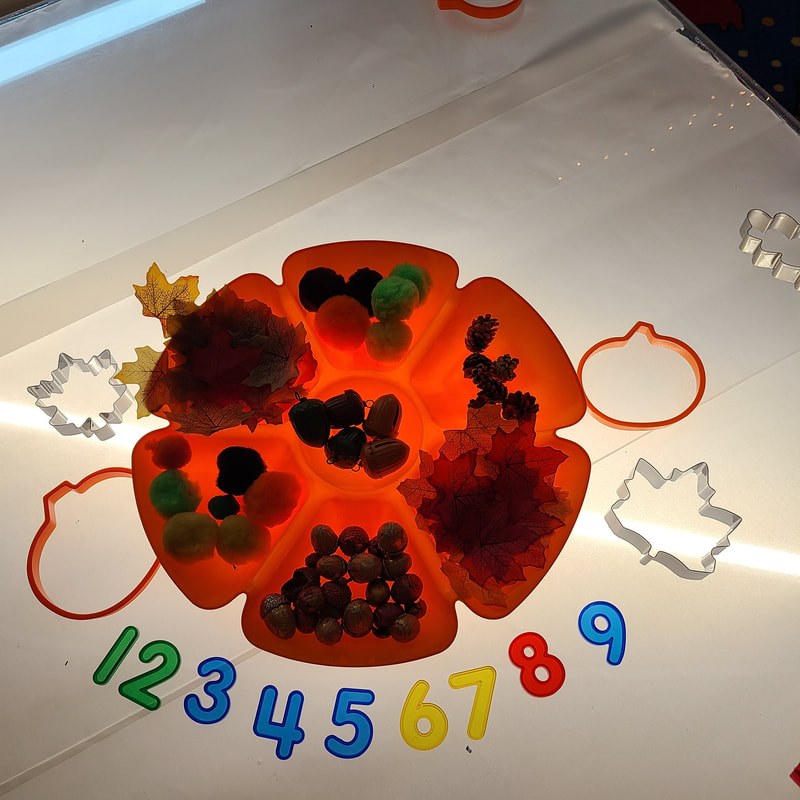
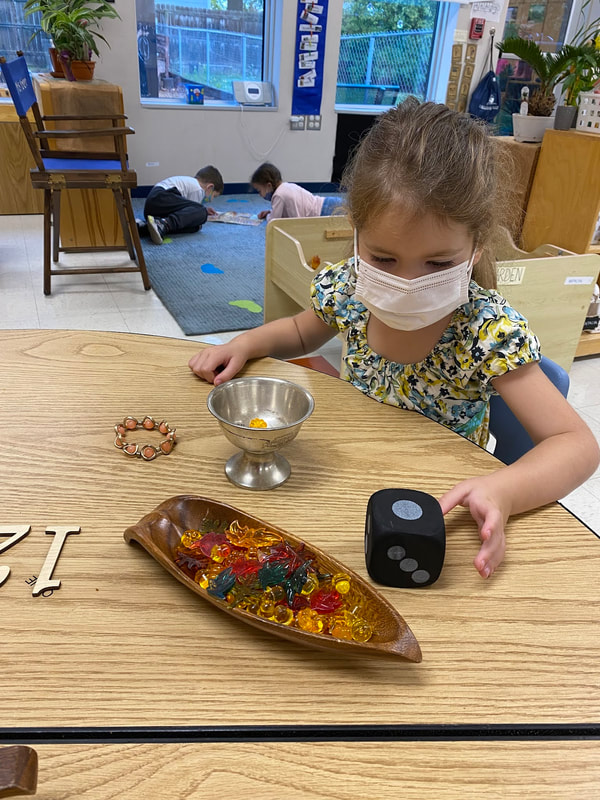

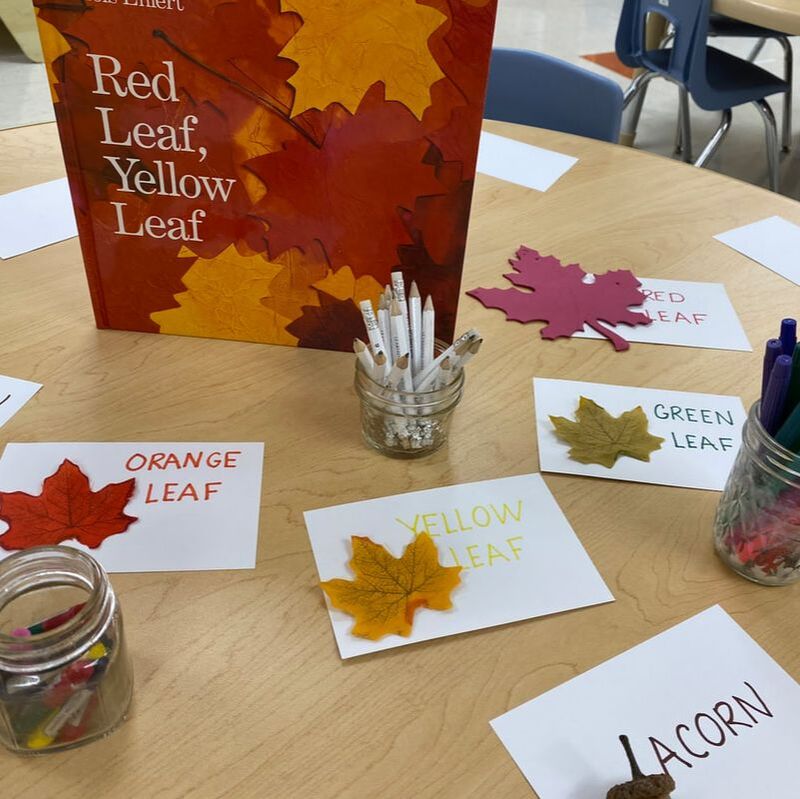
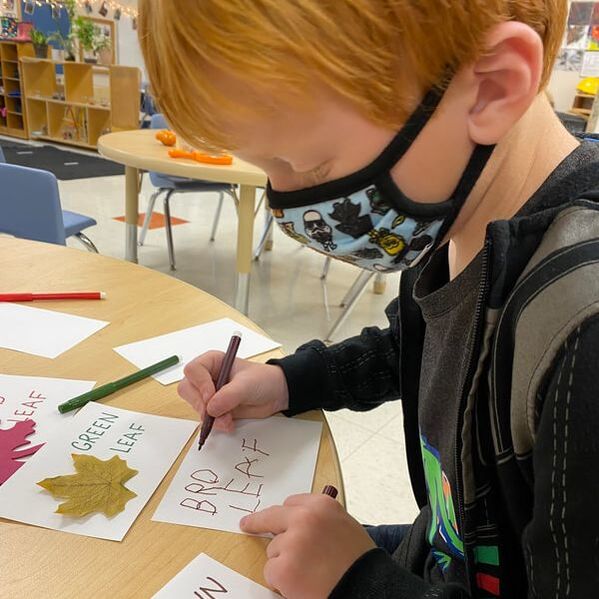
 RSS Feed
RSS Feed
